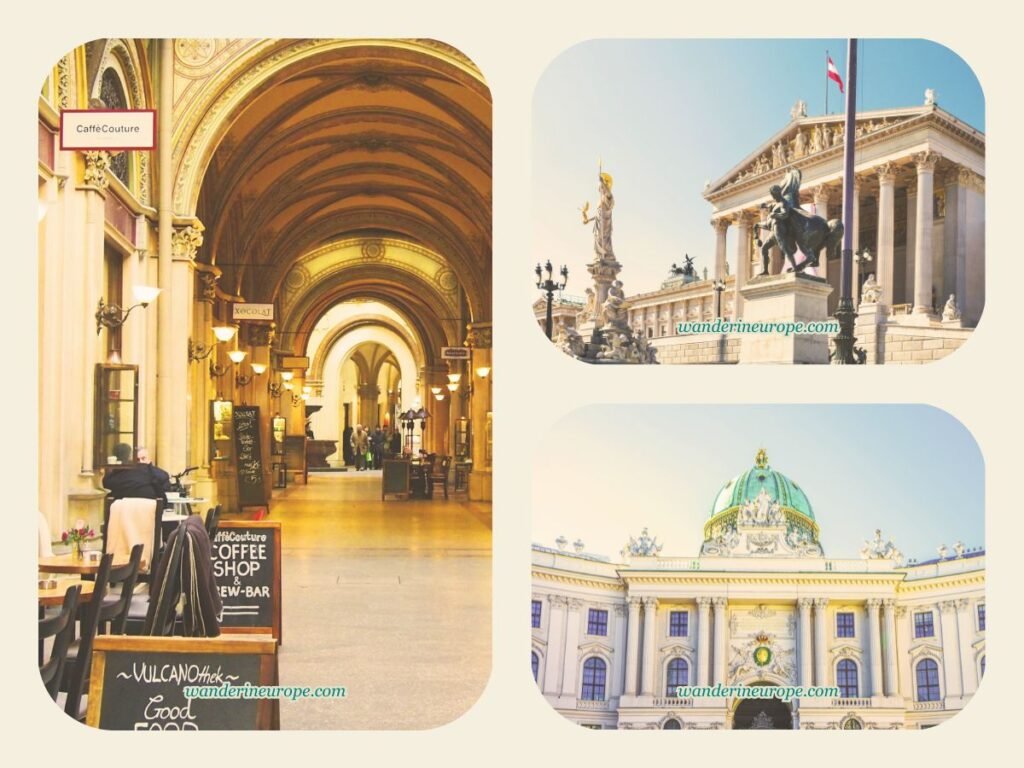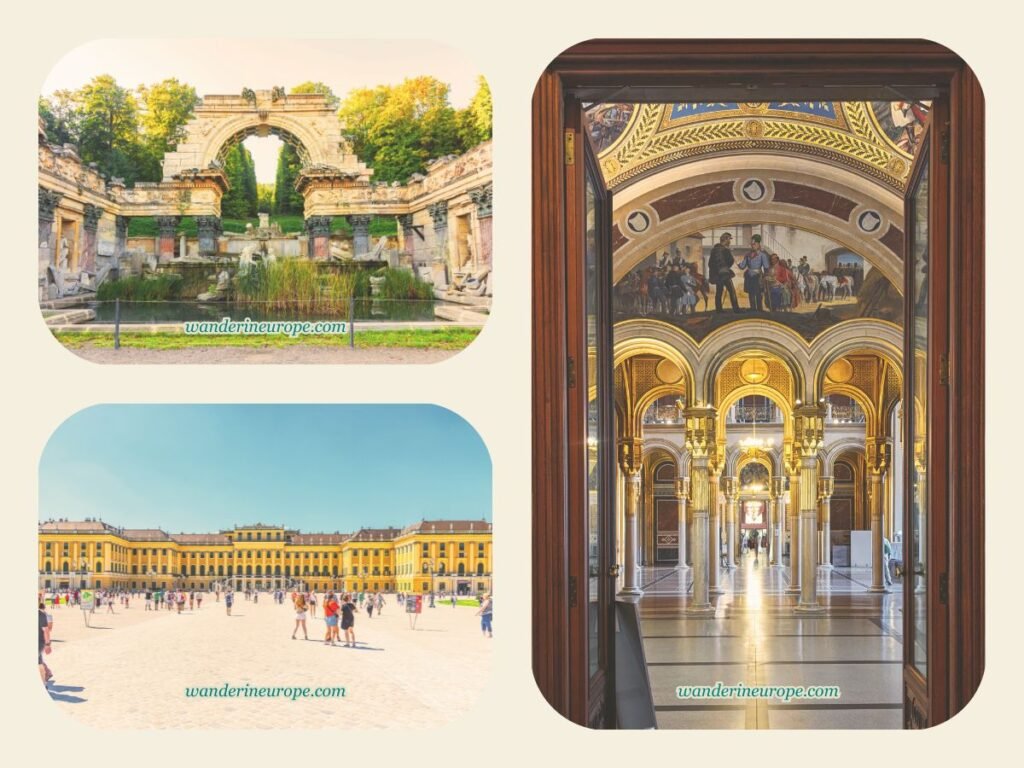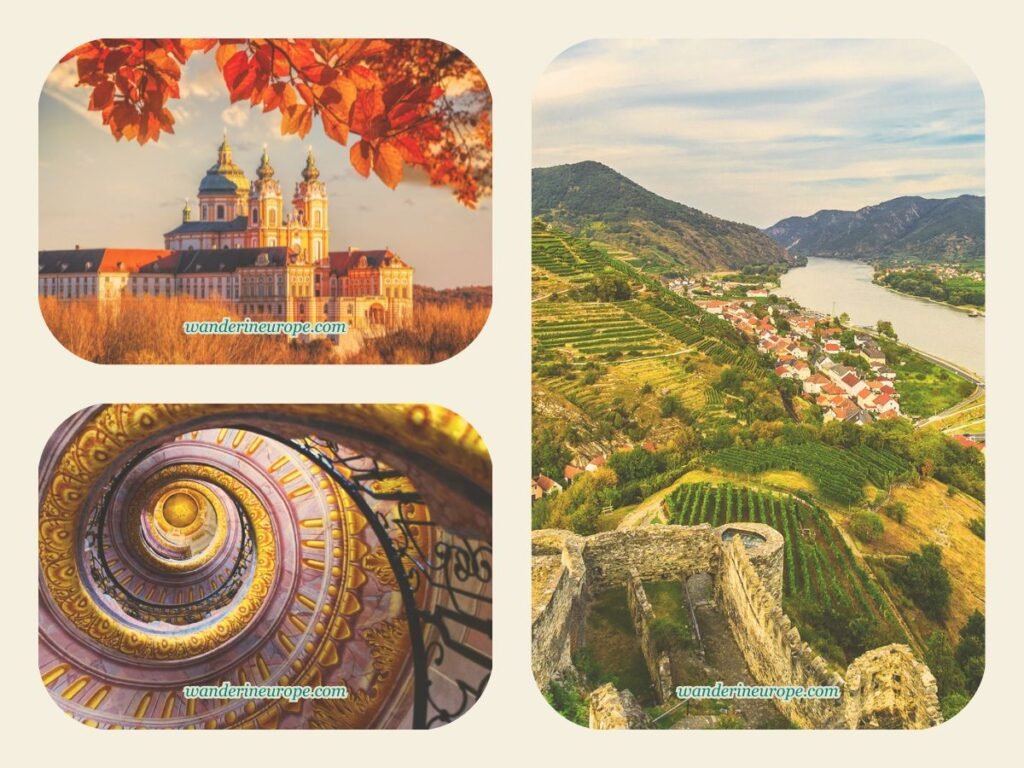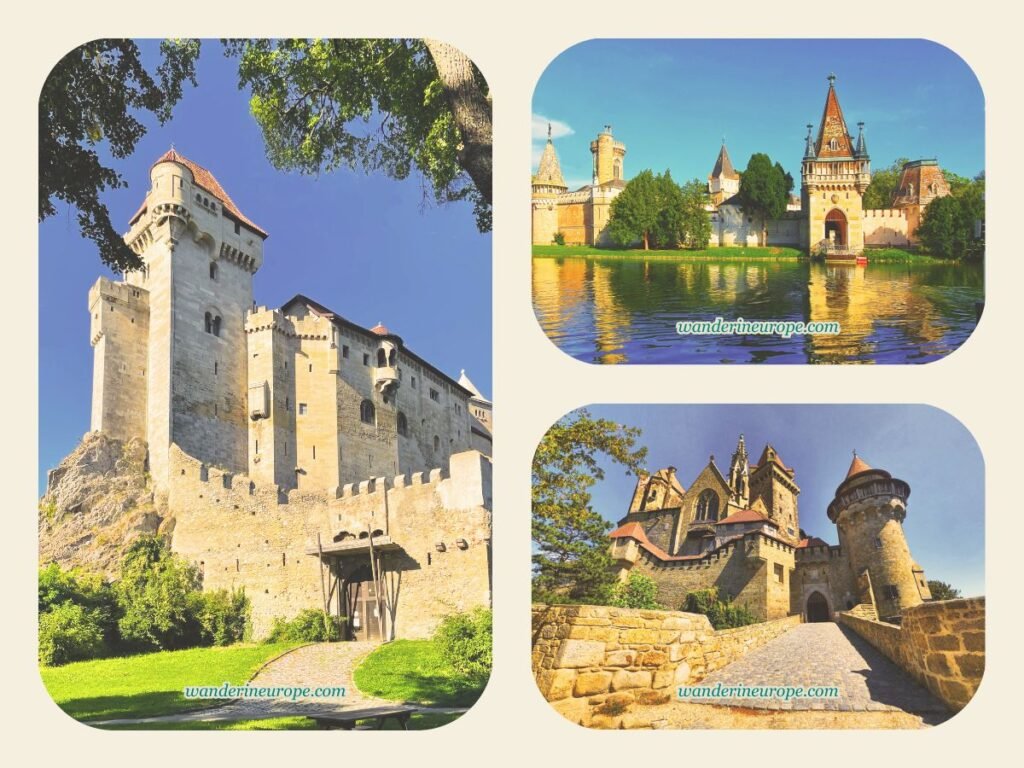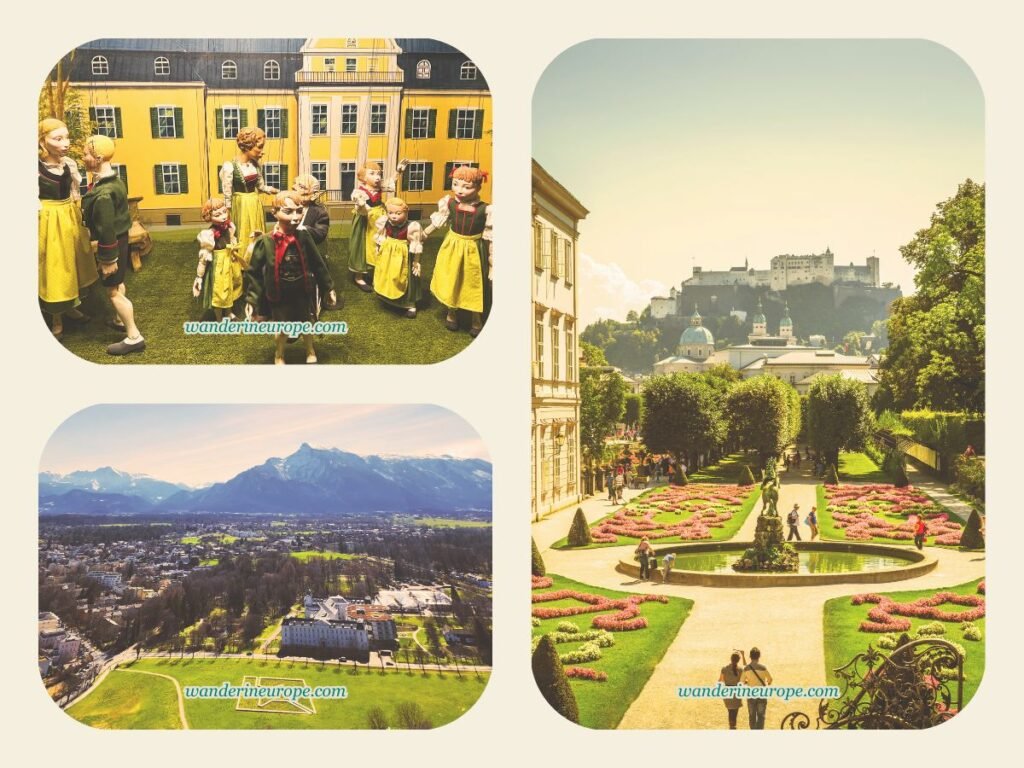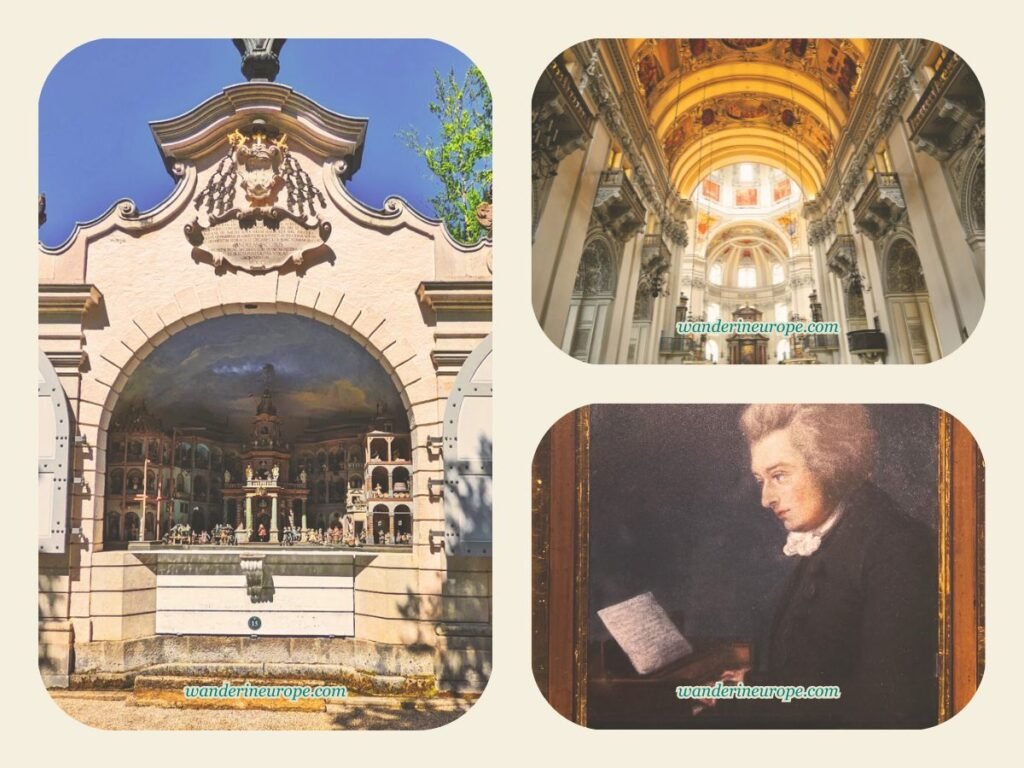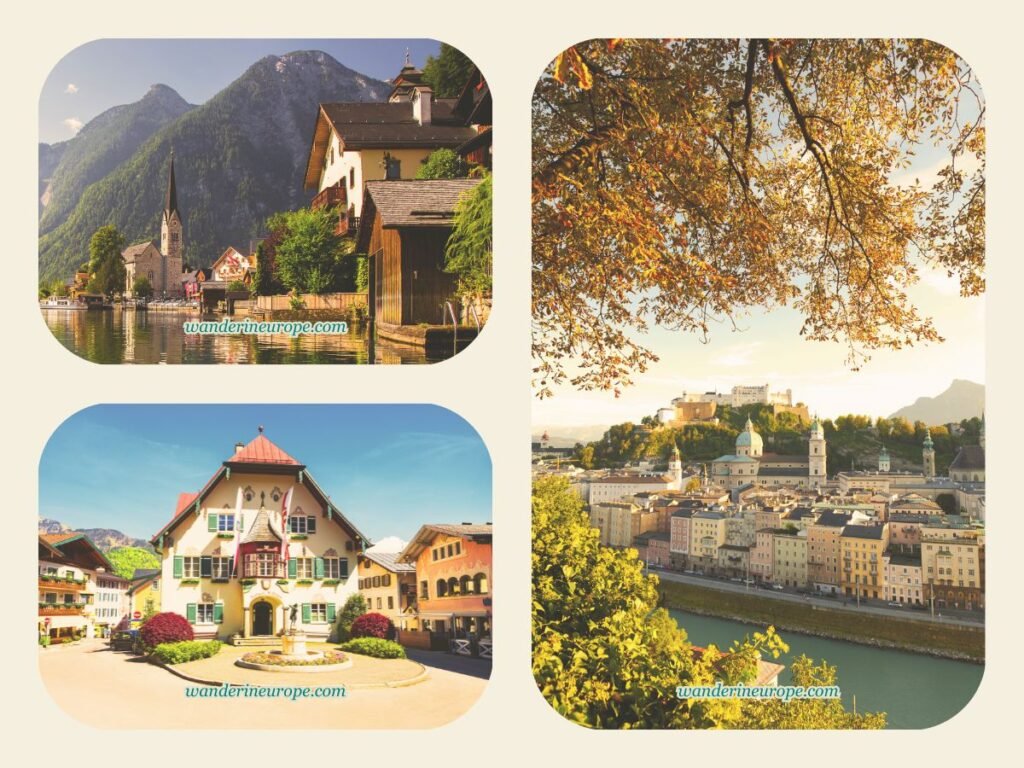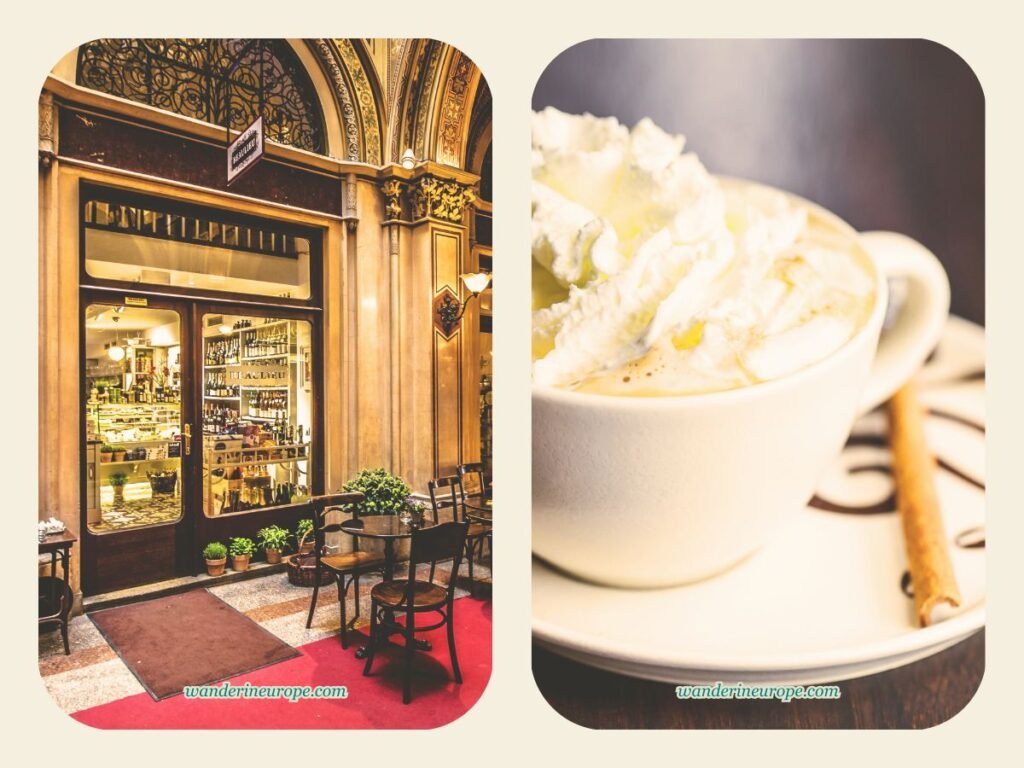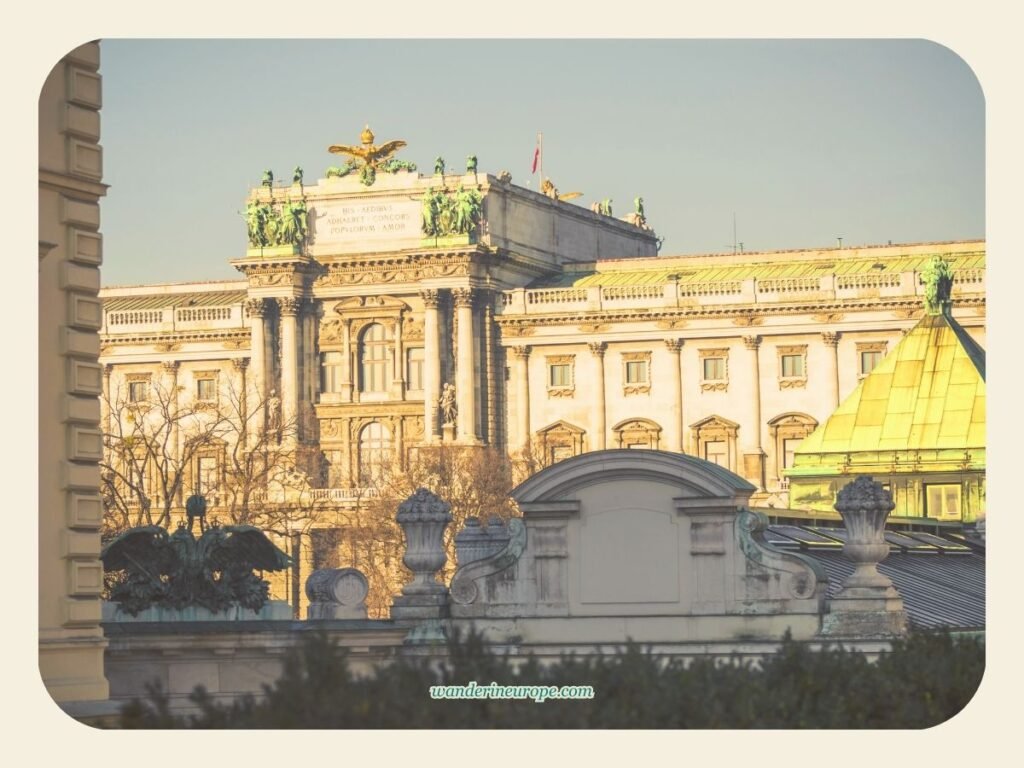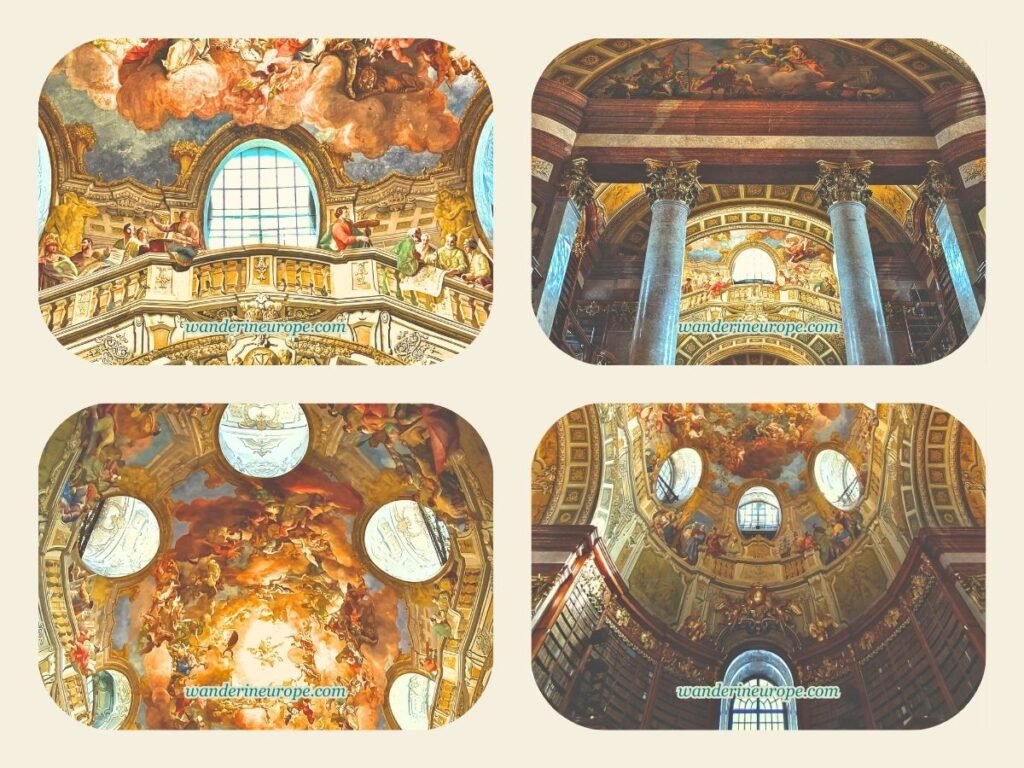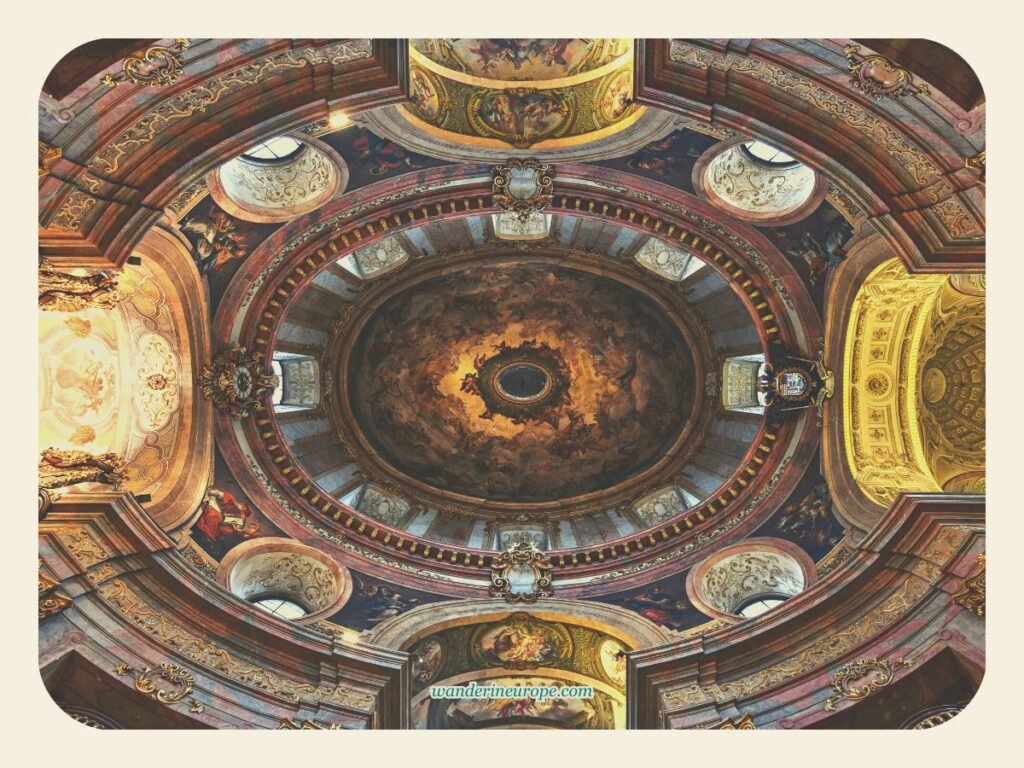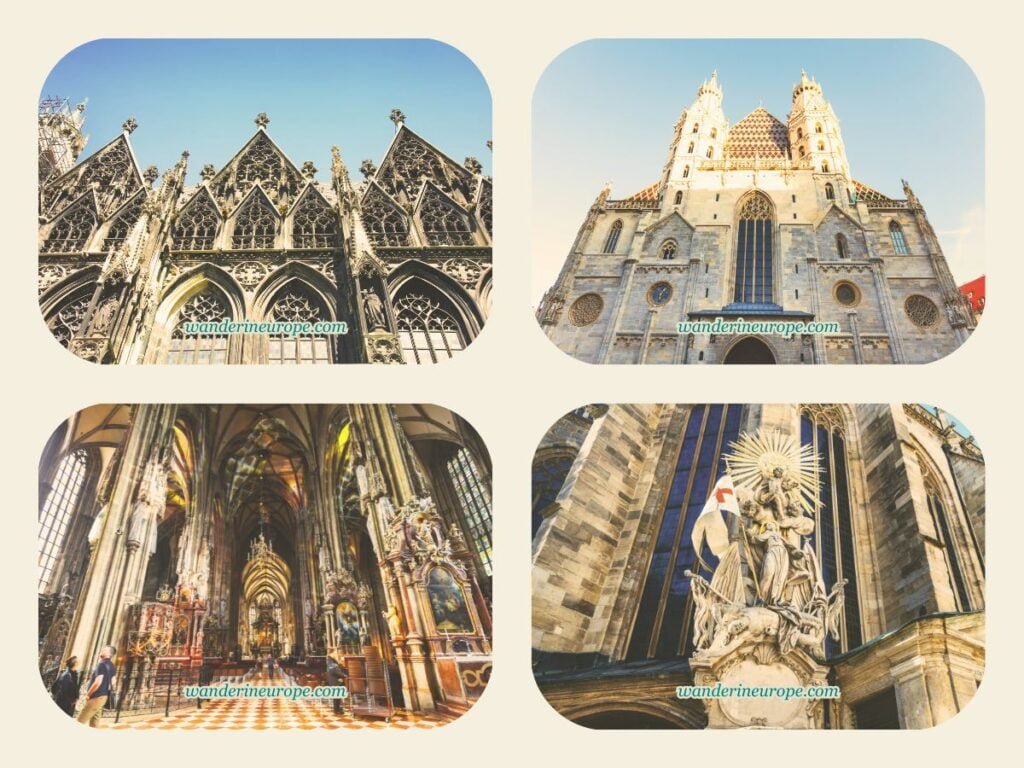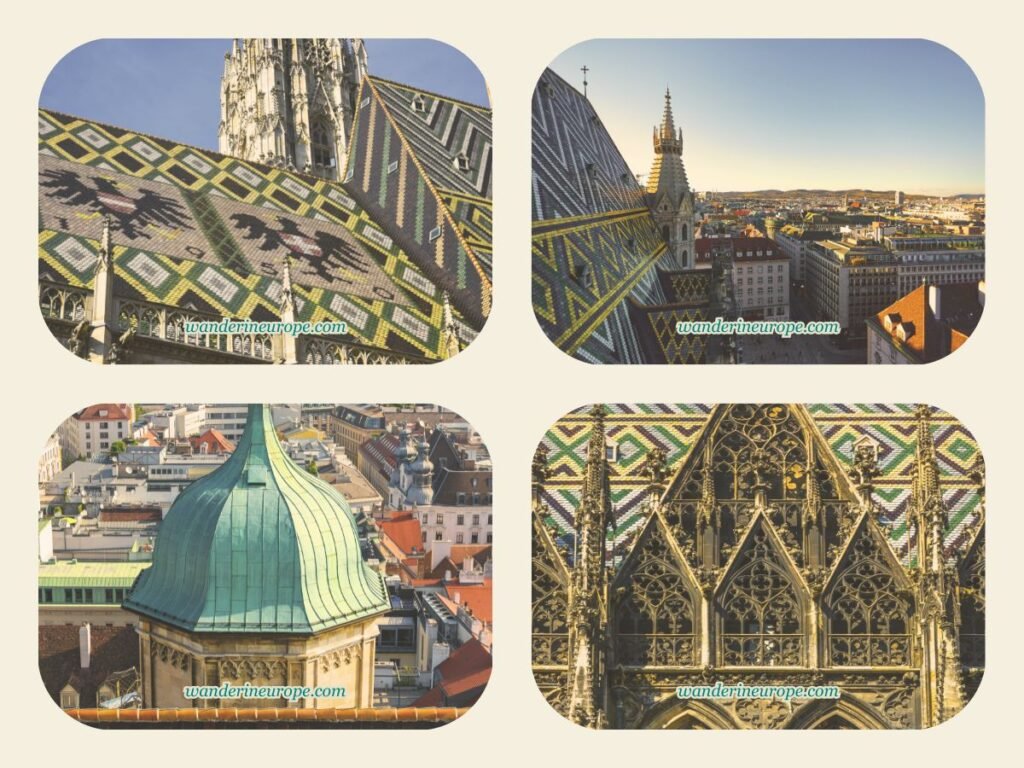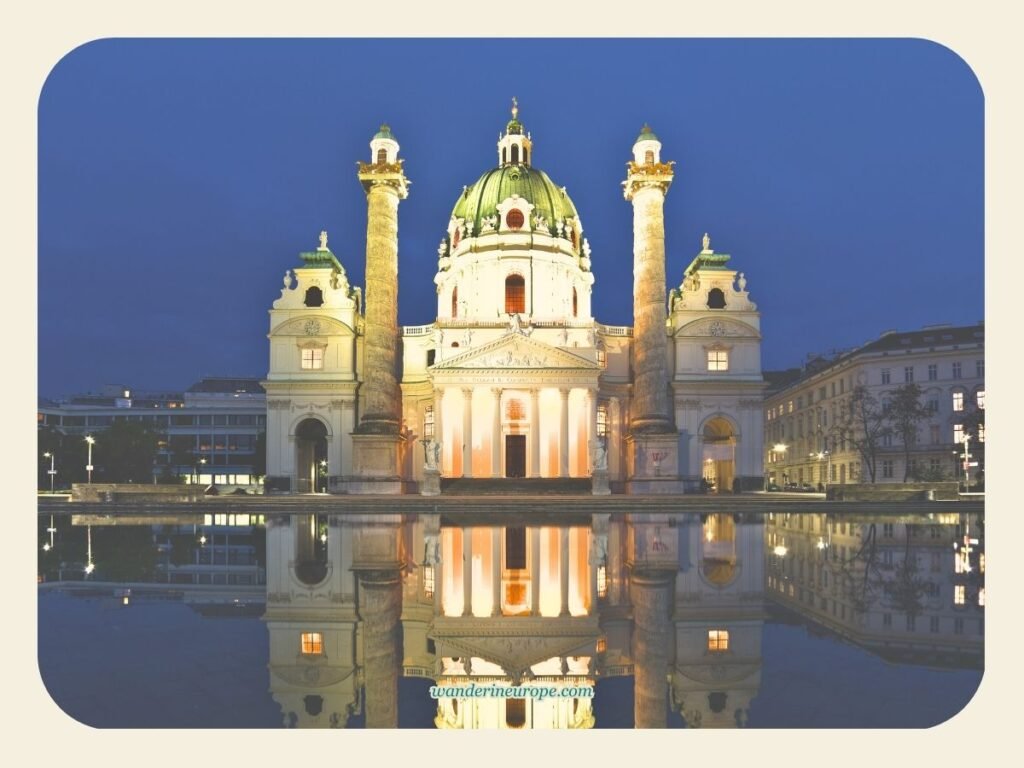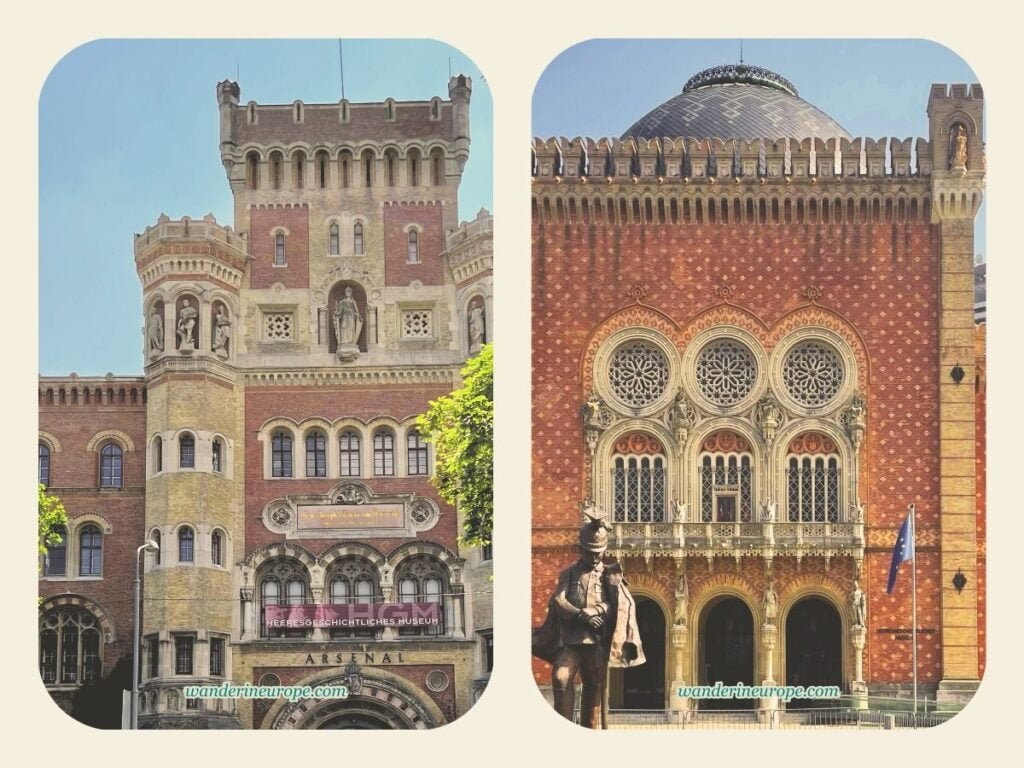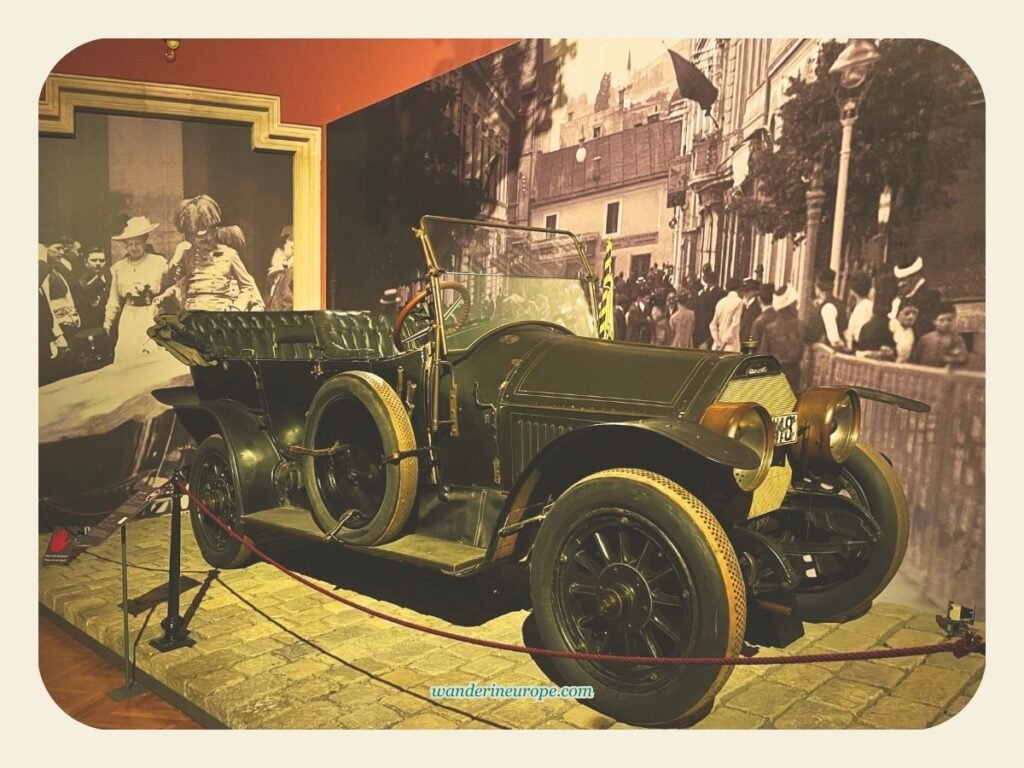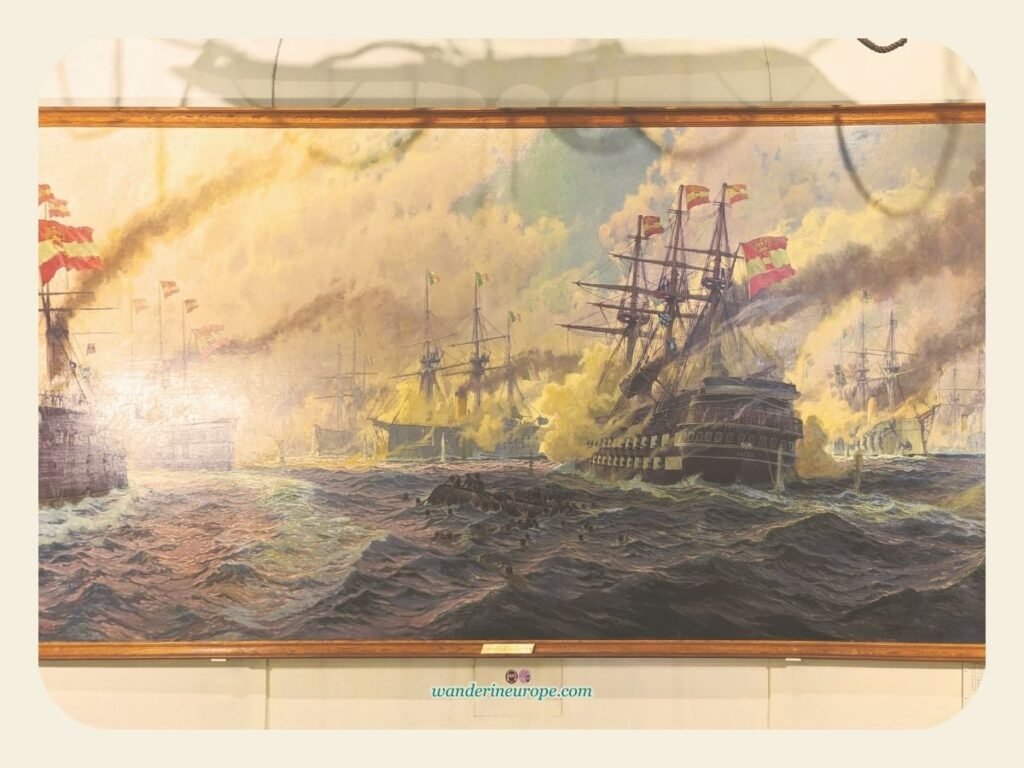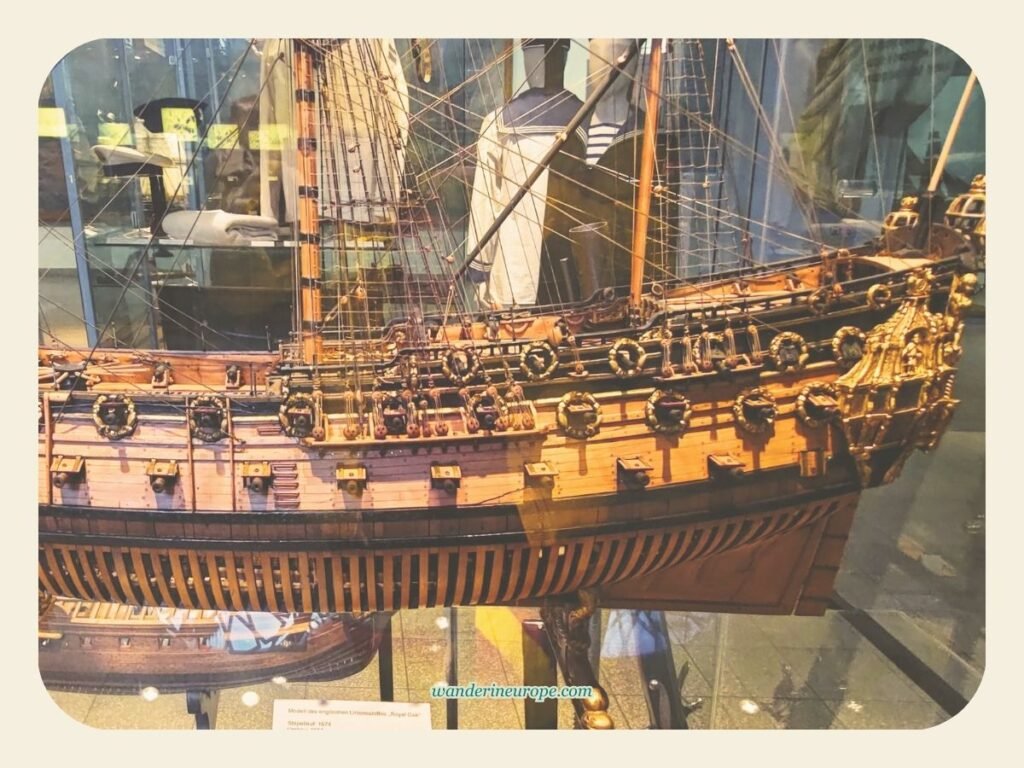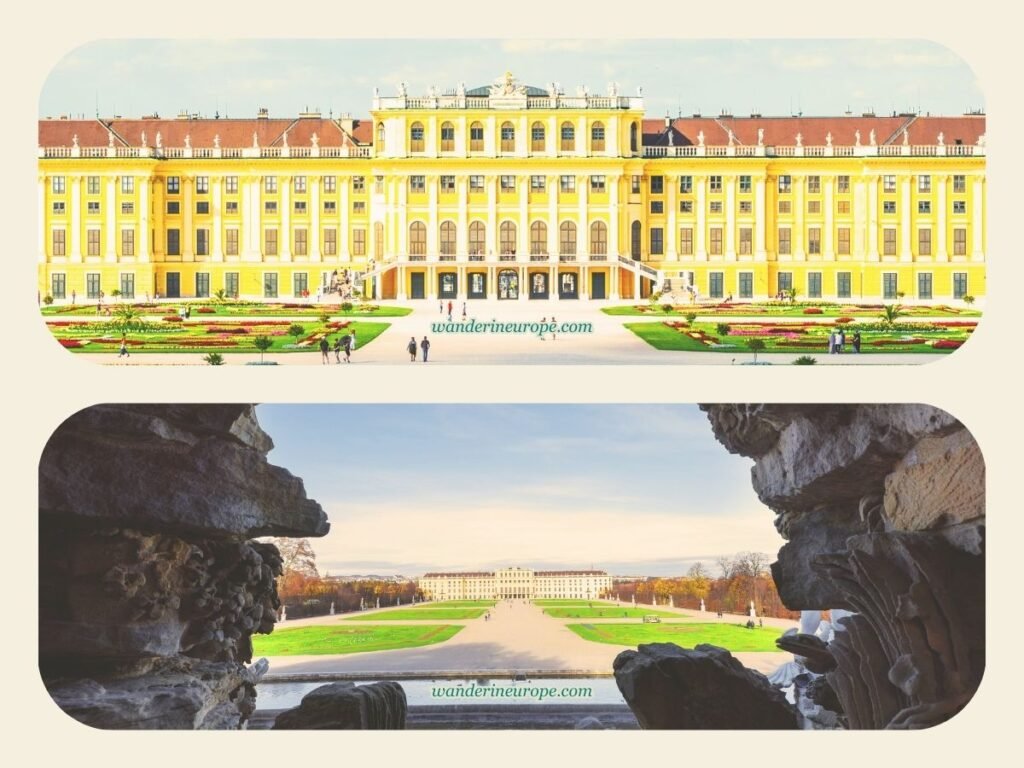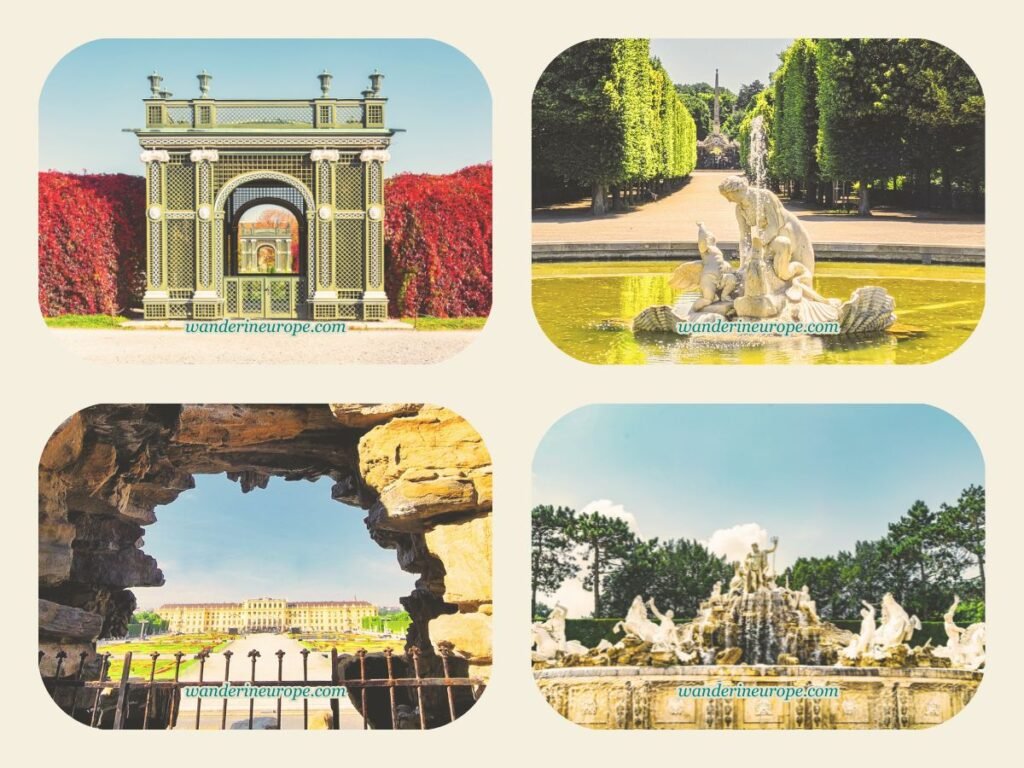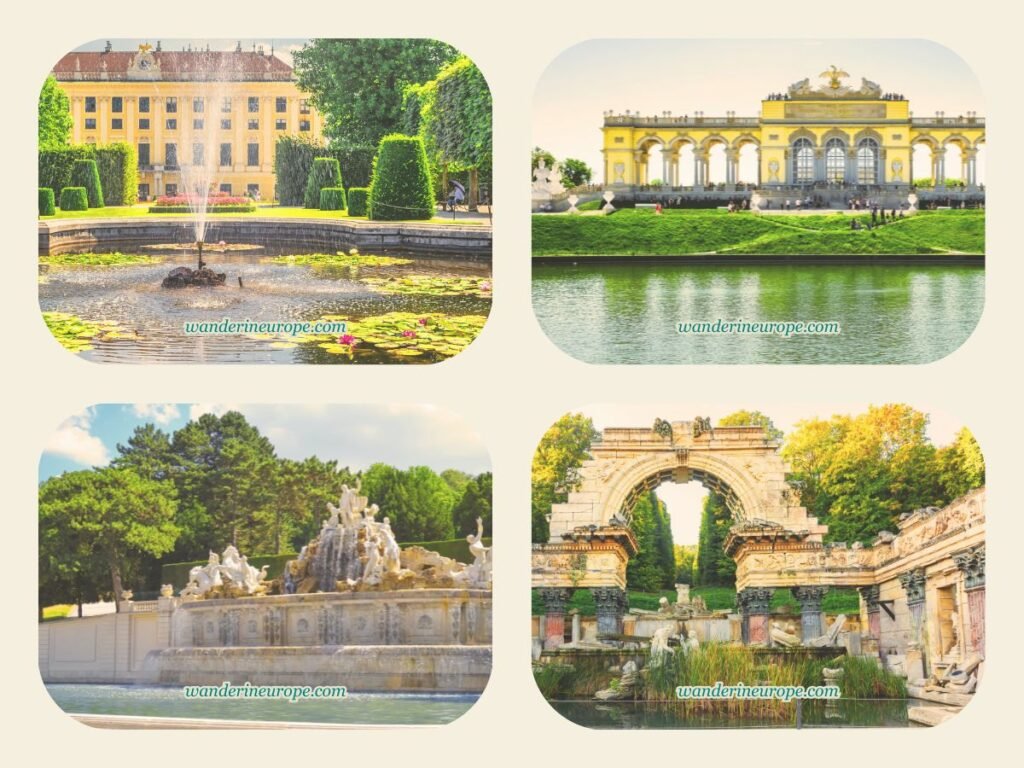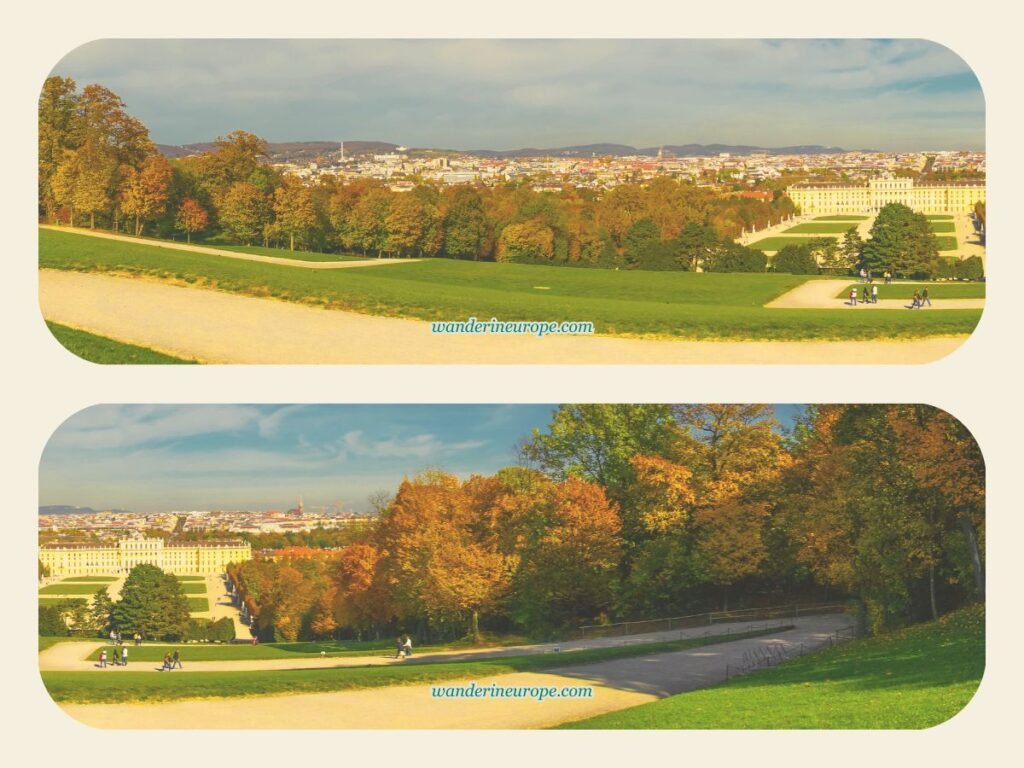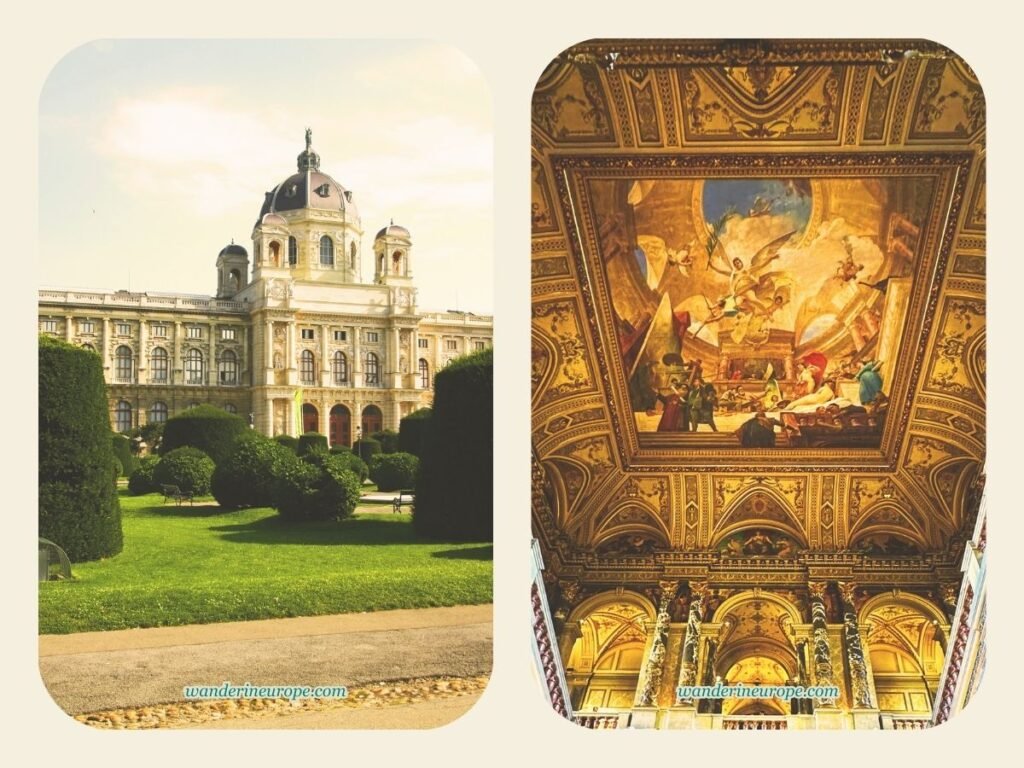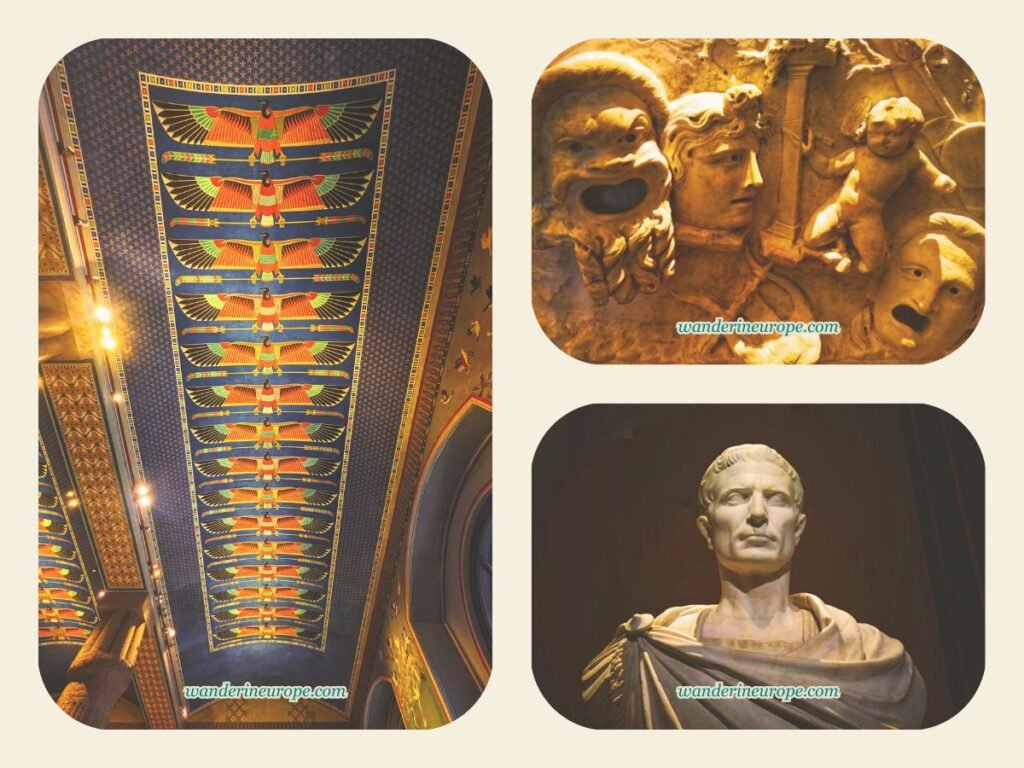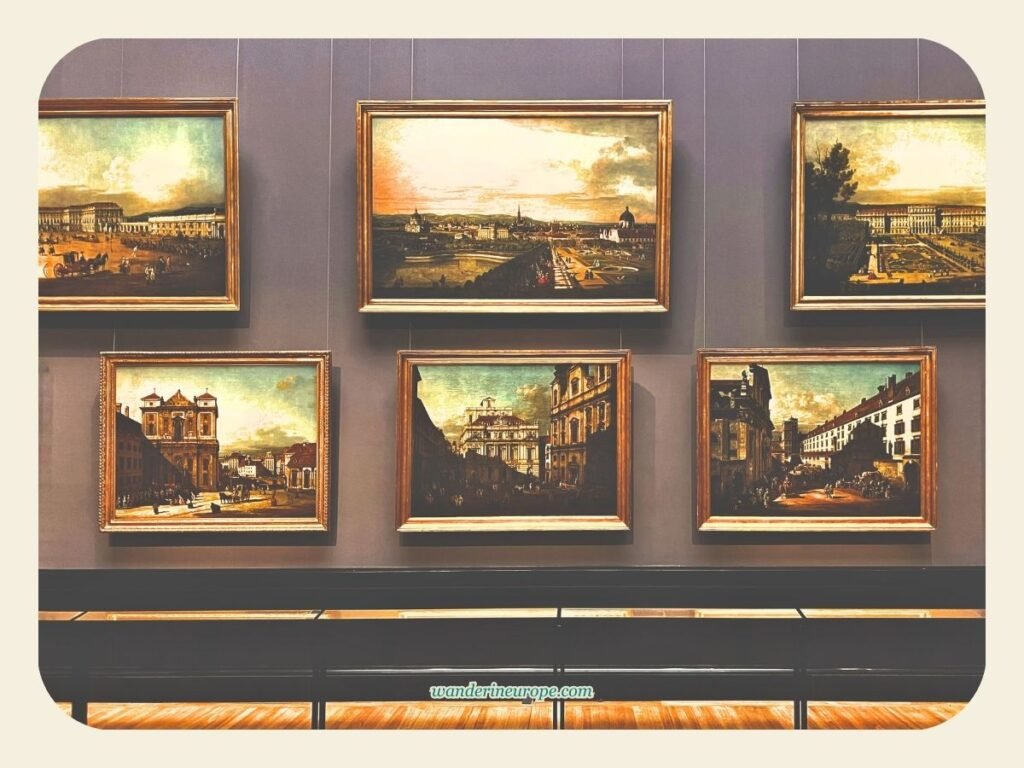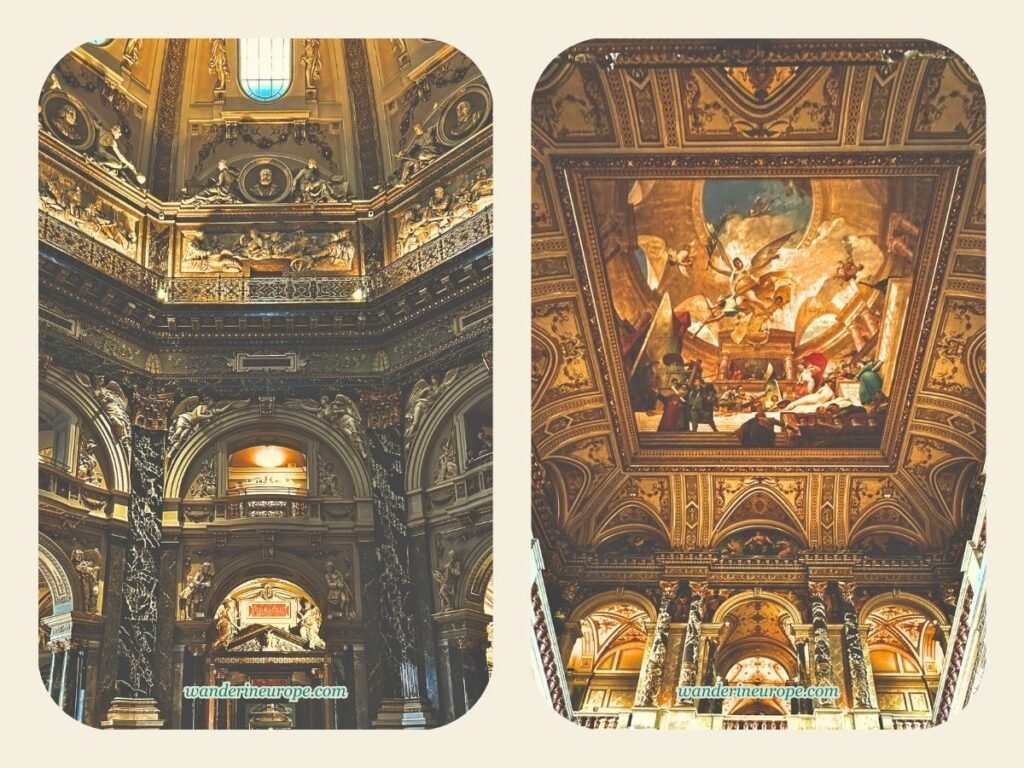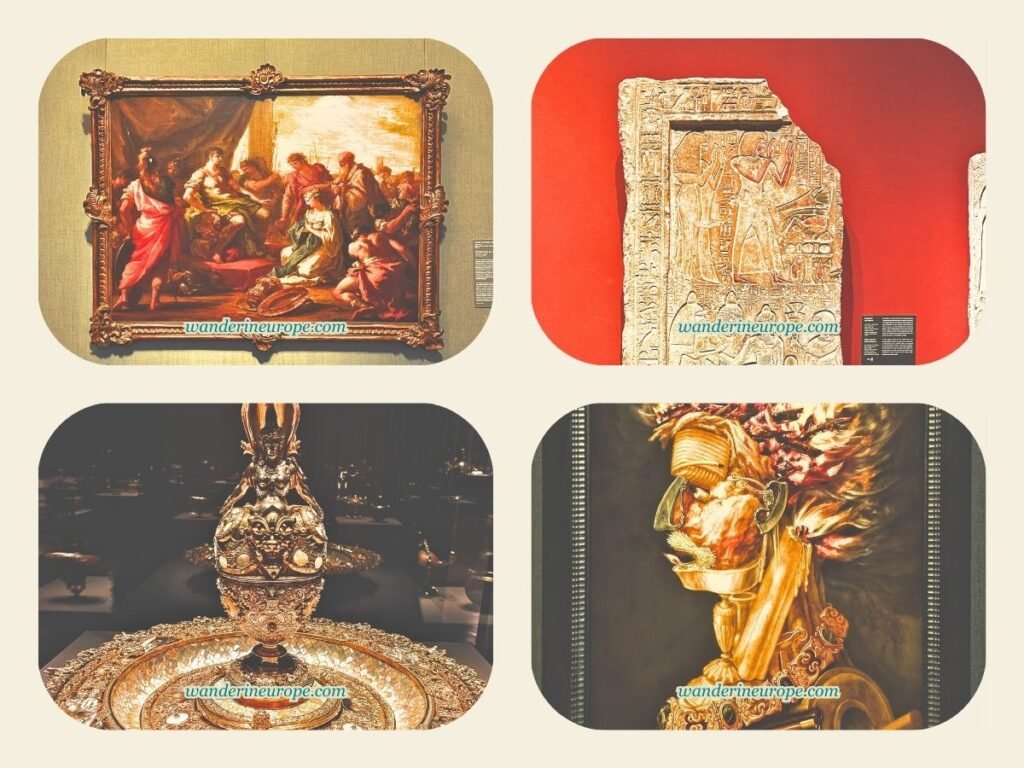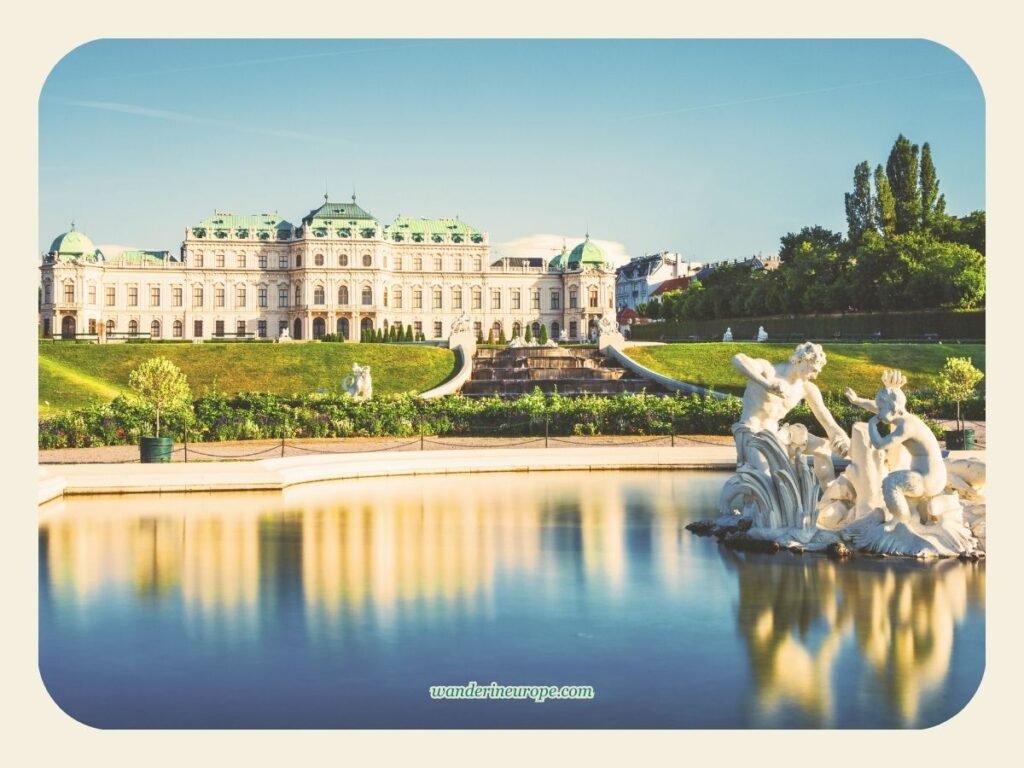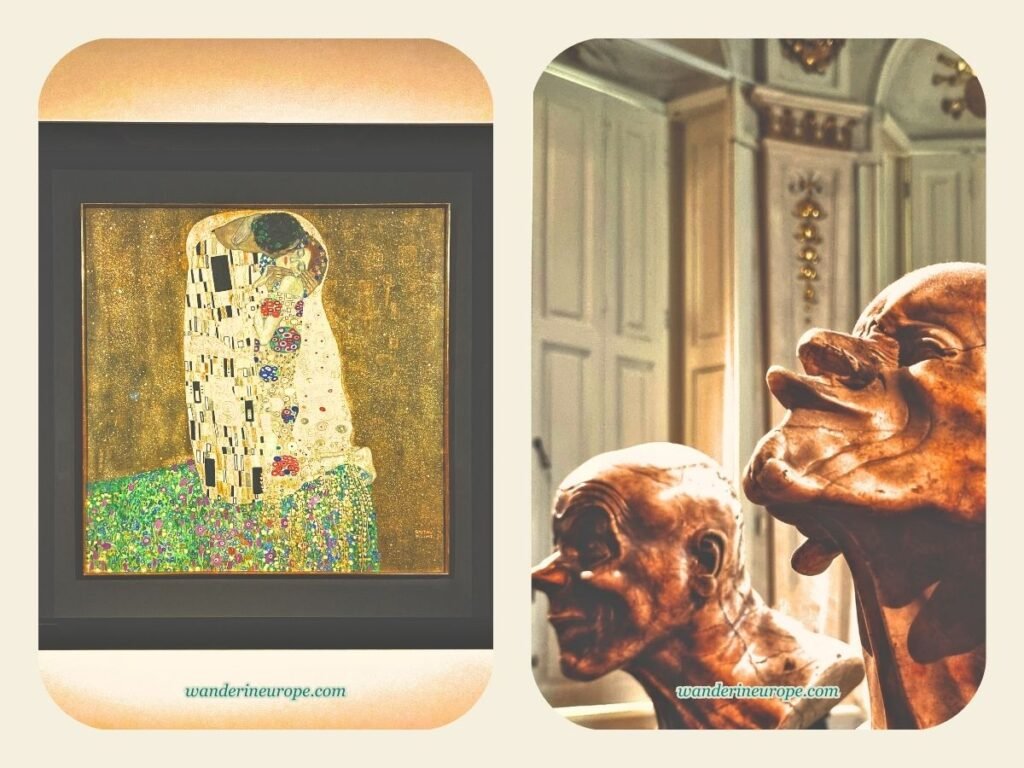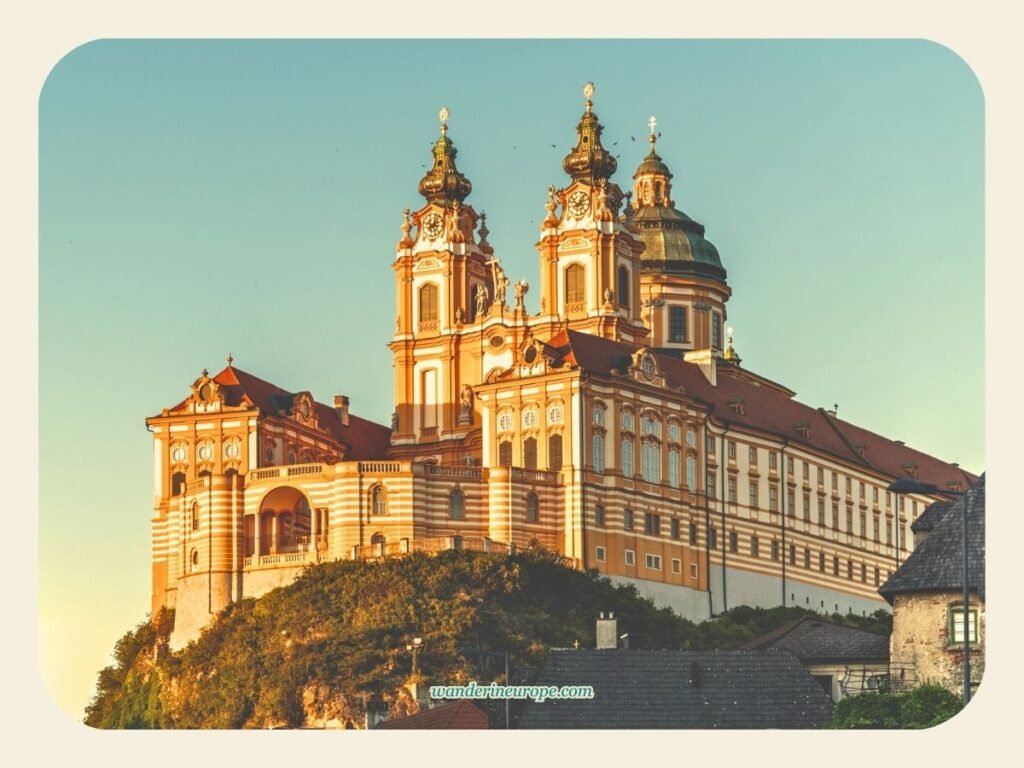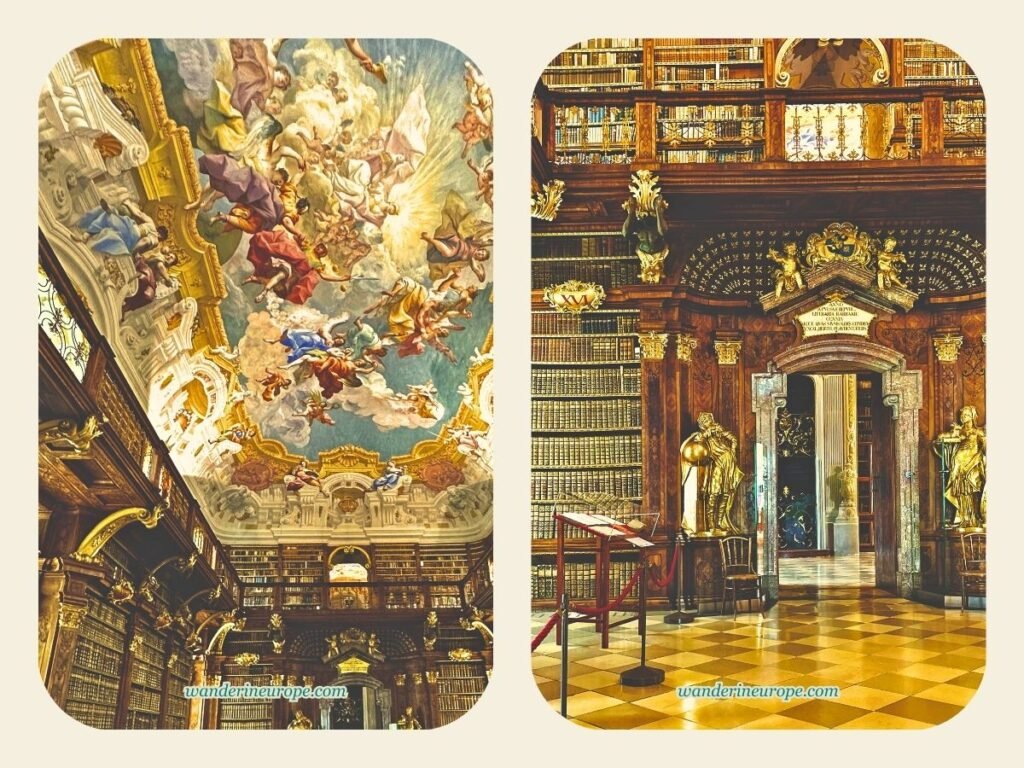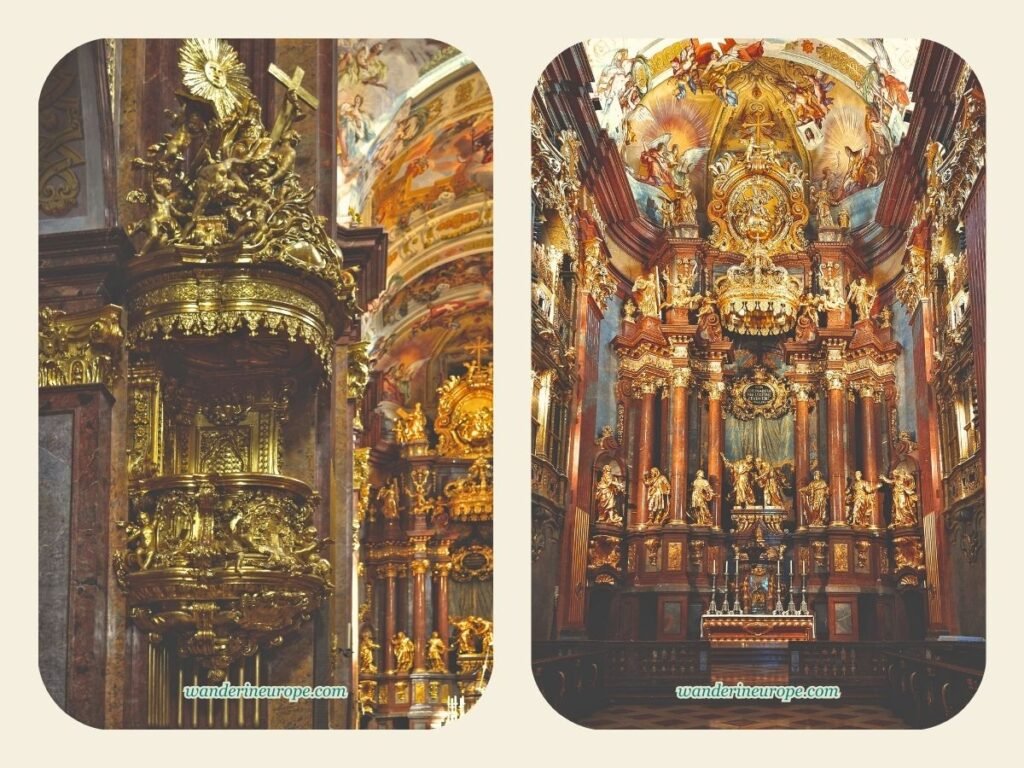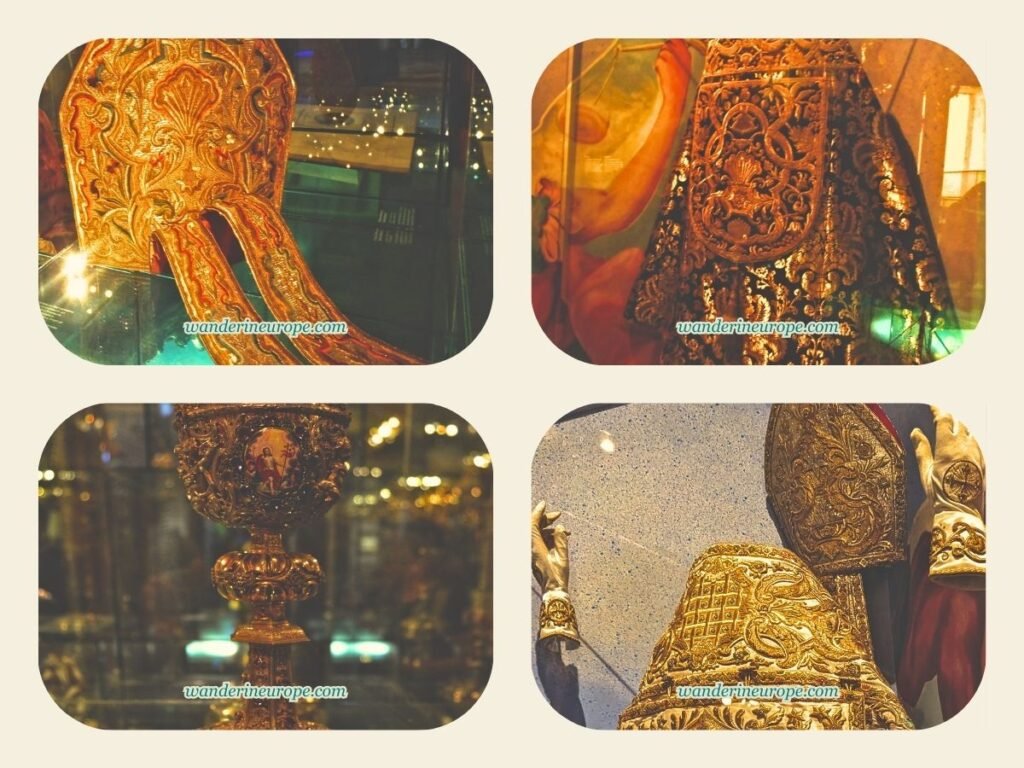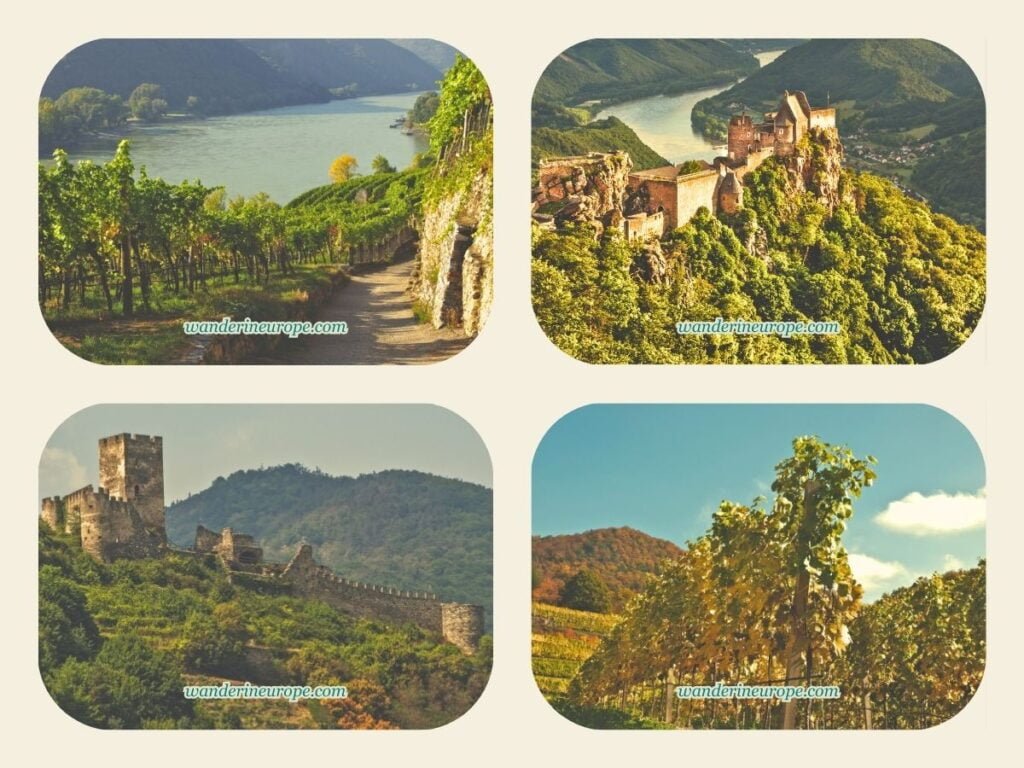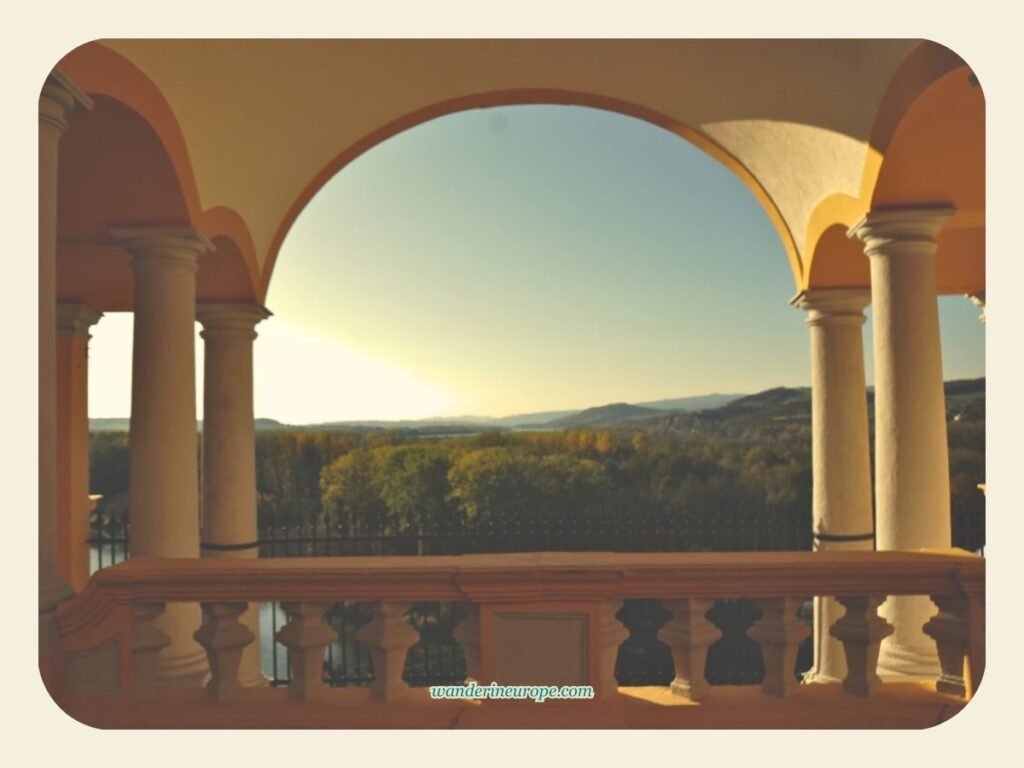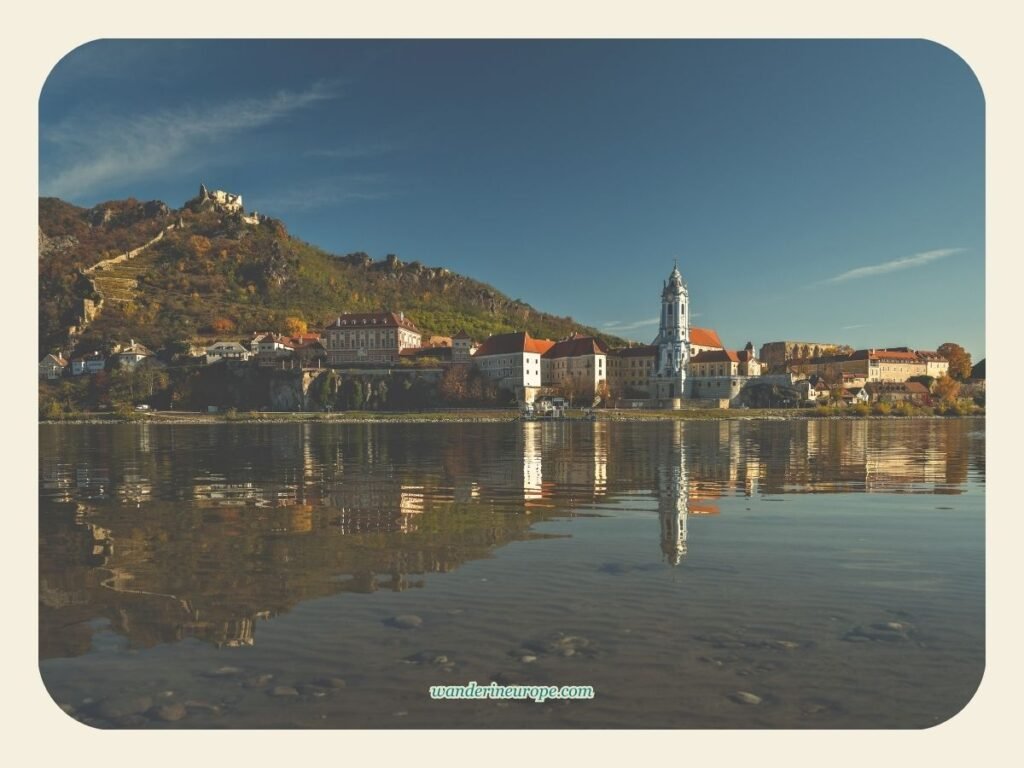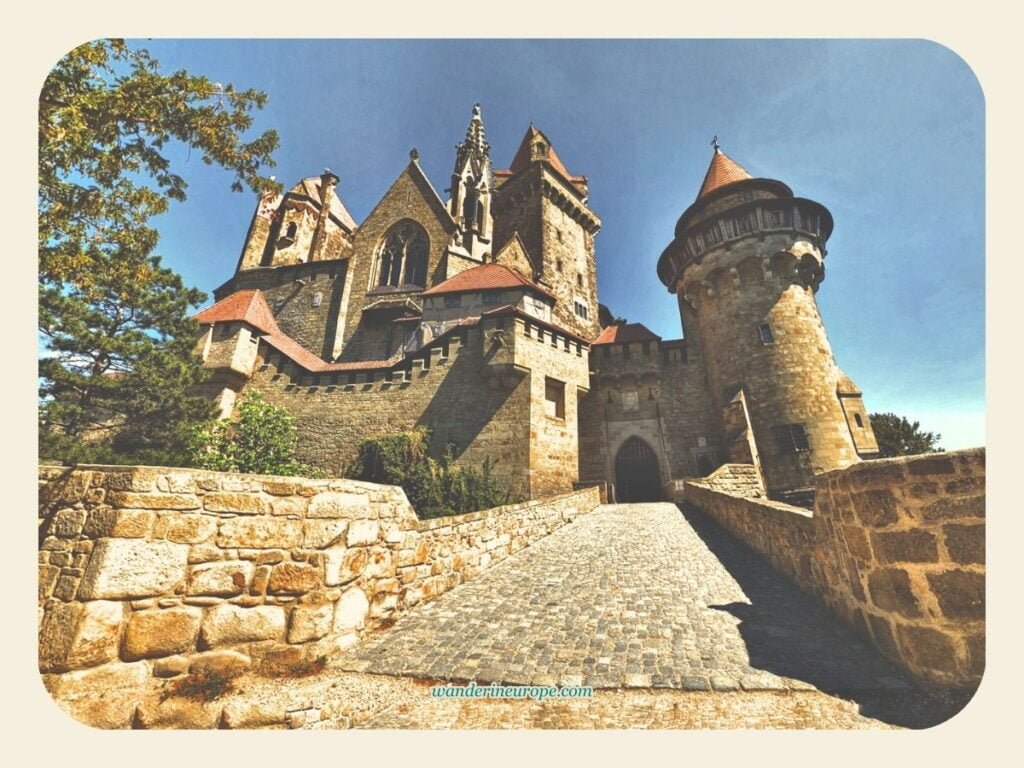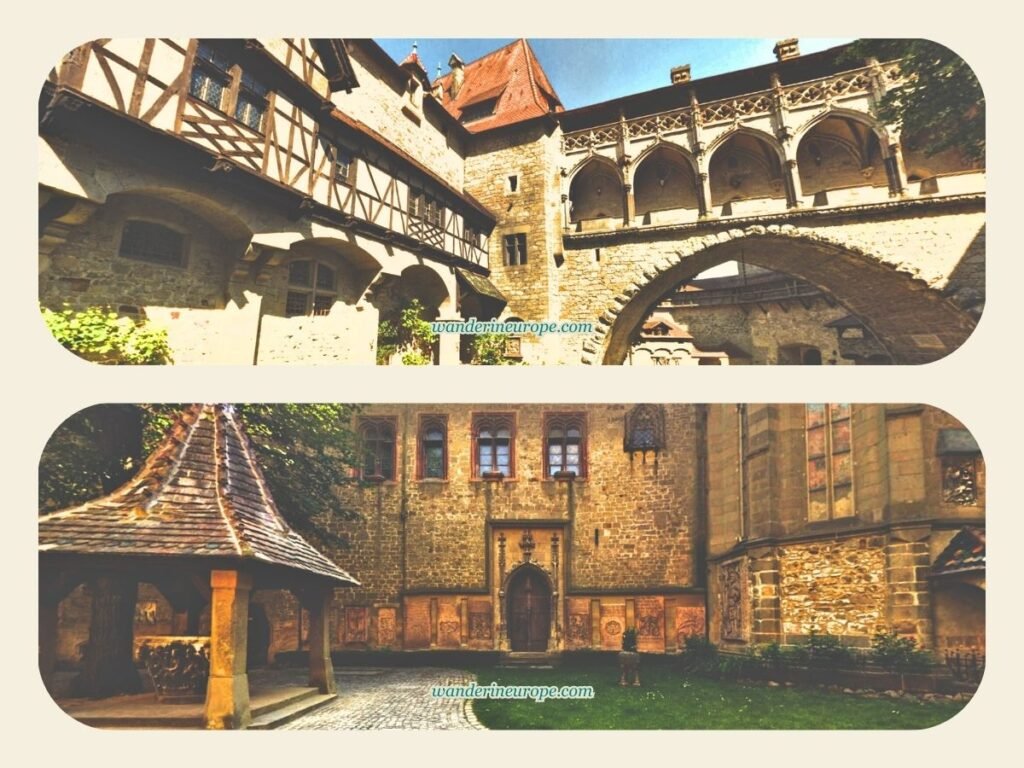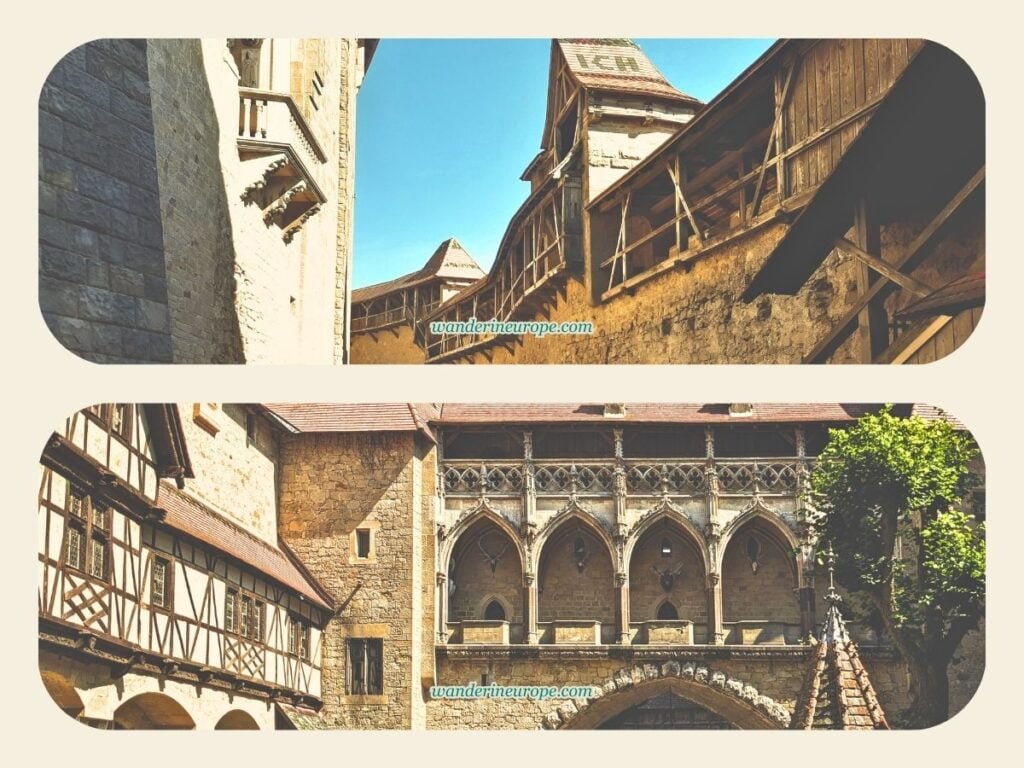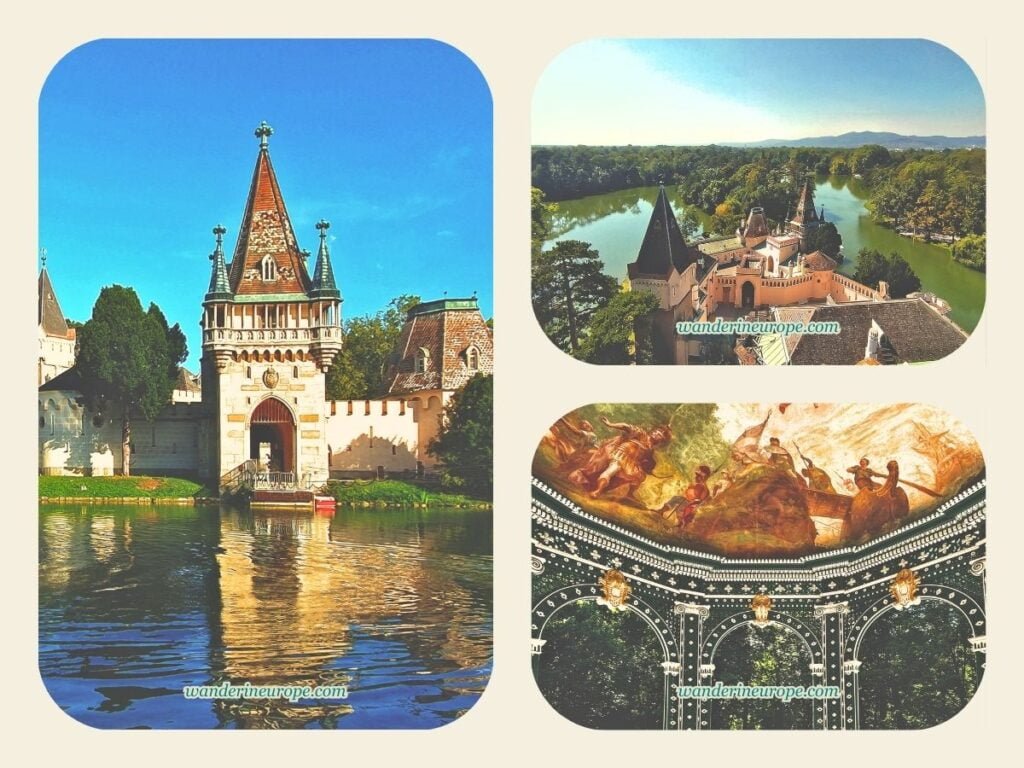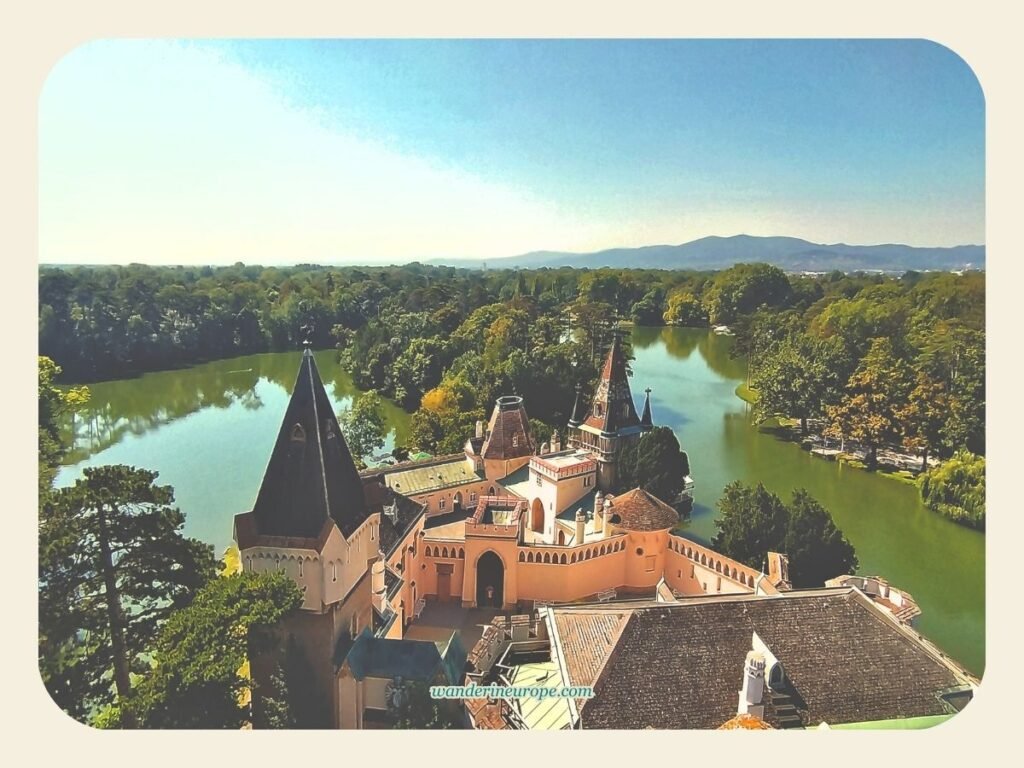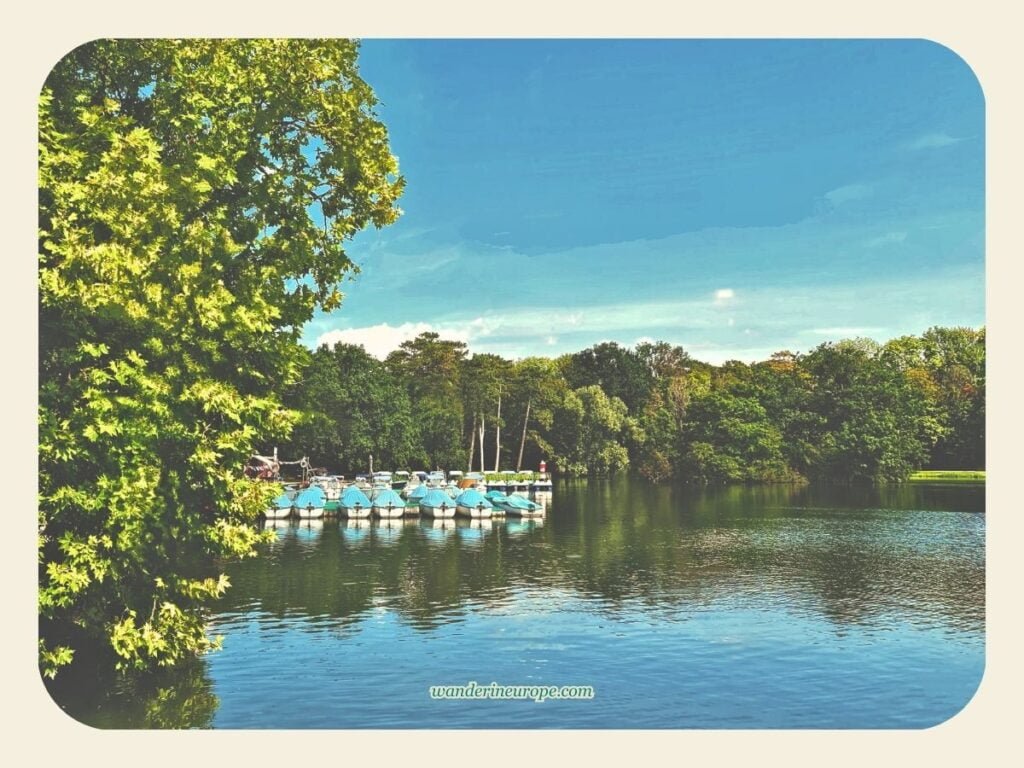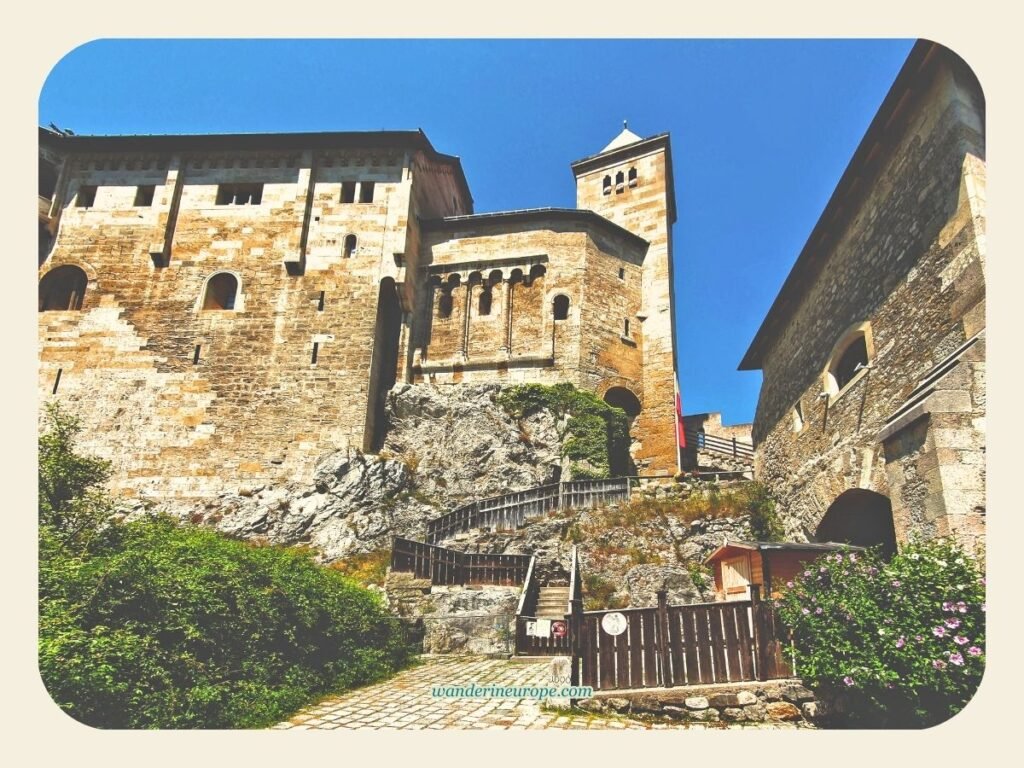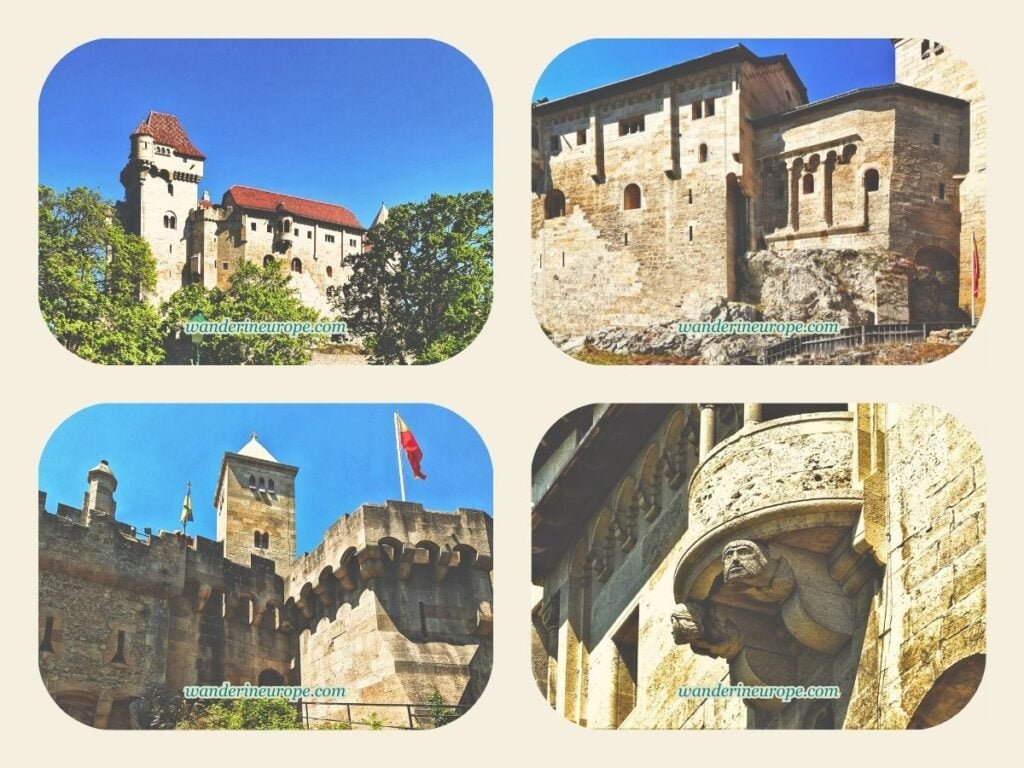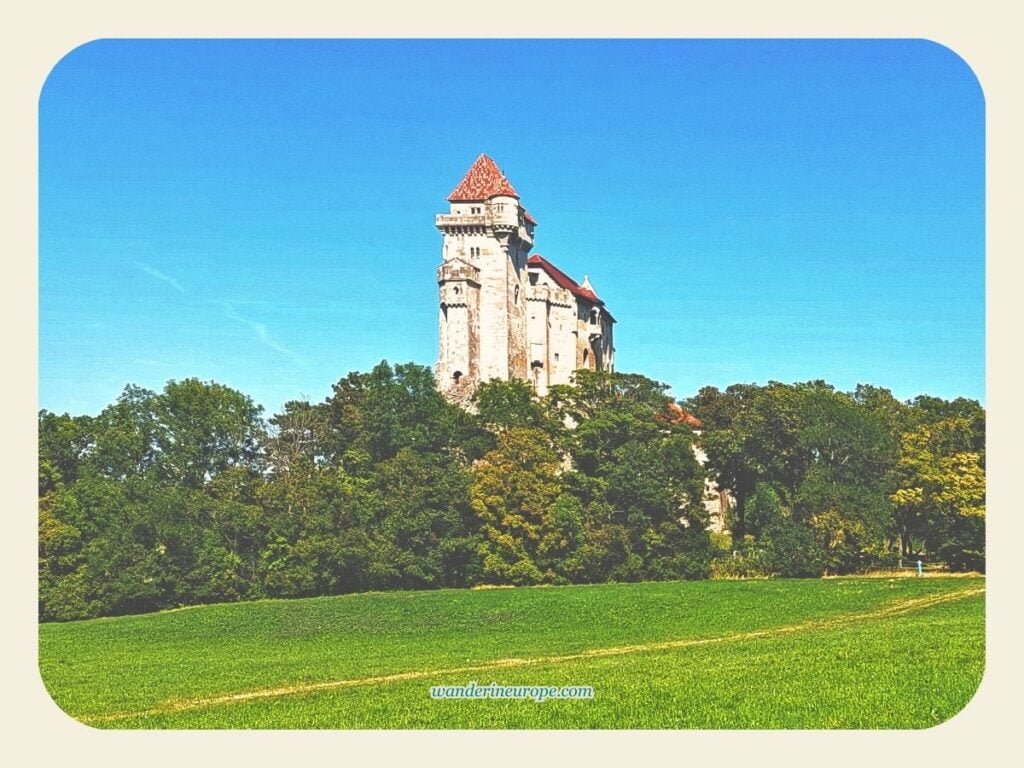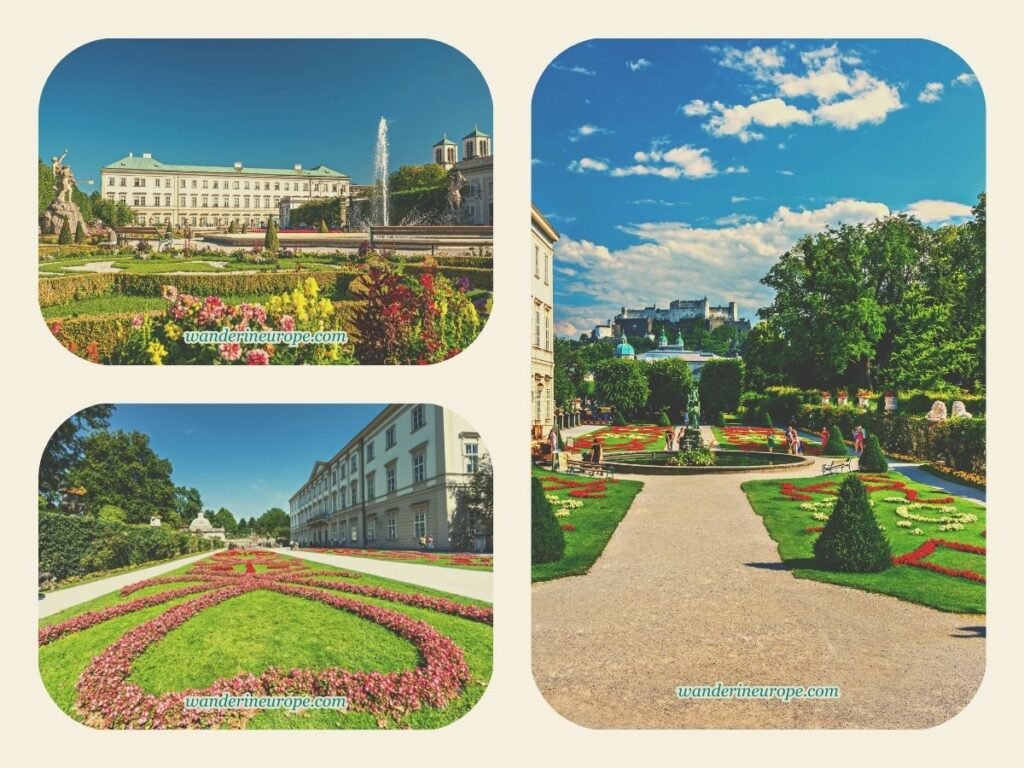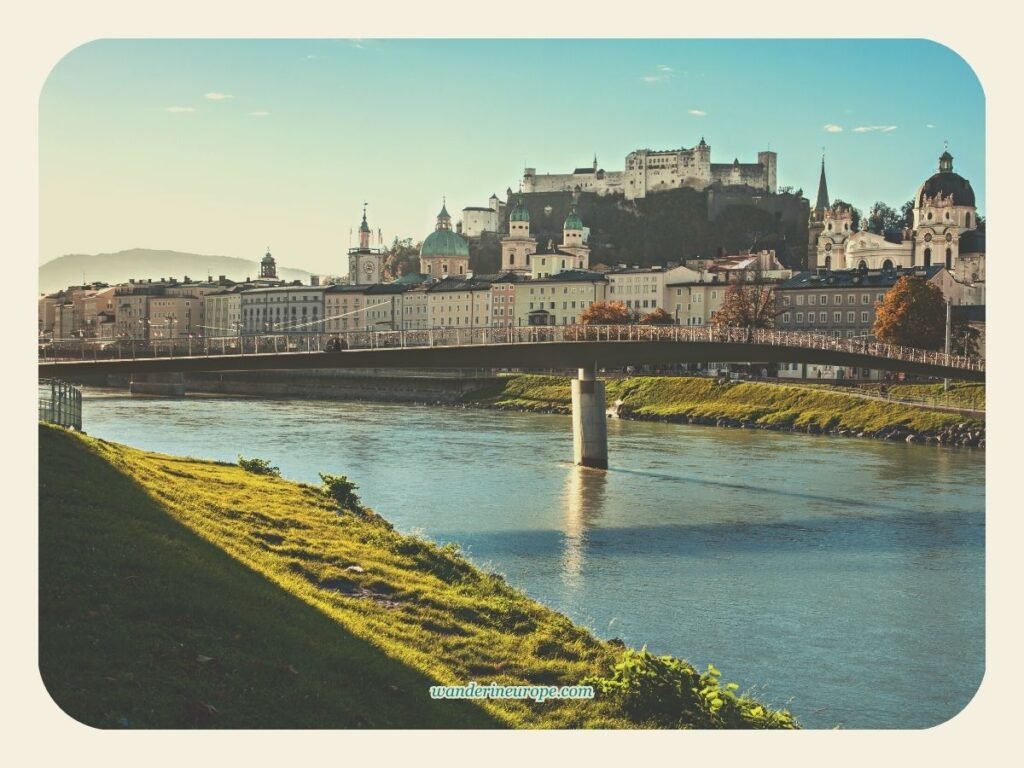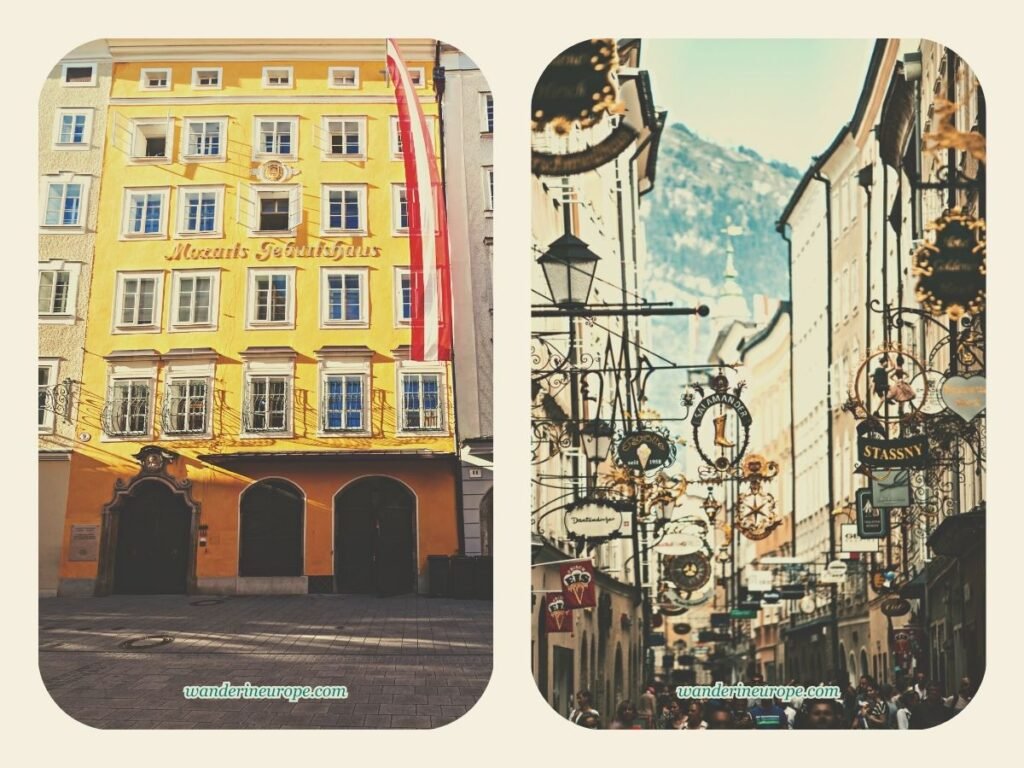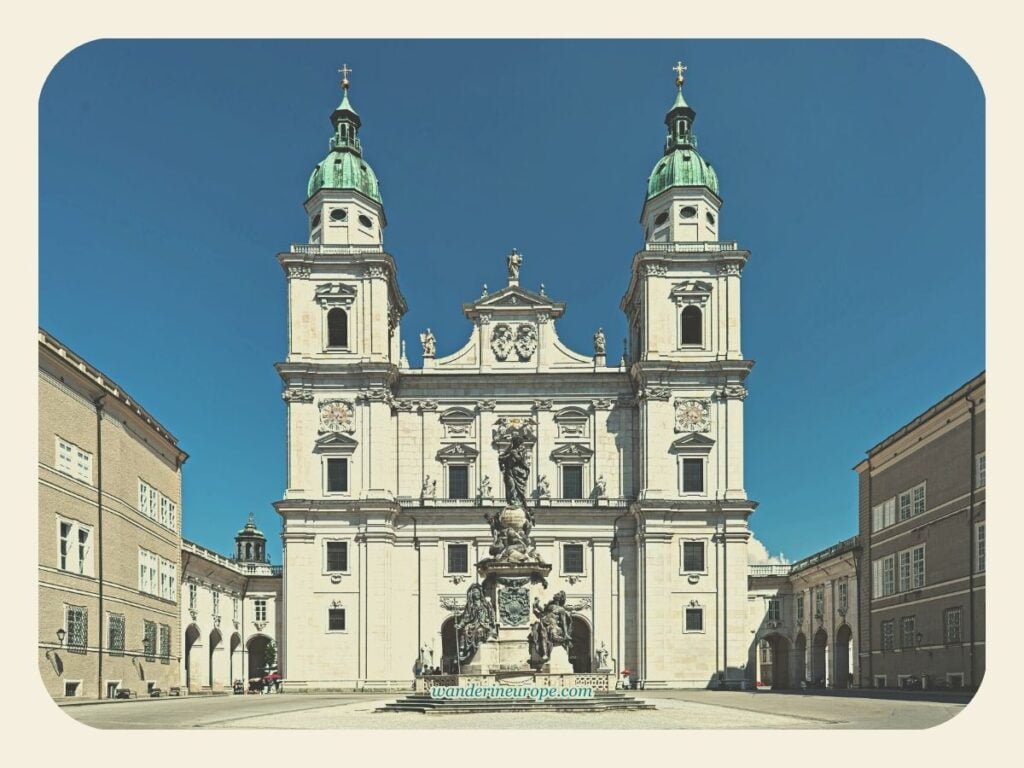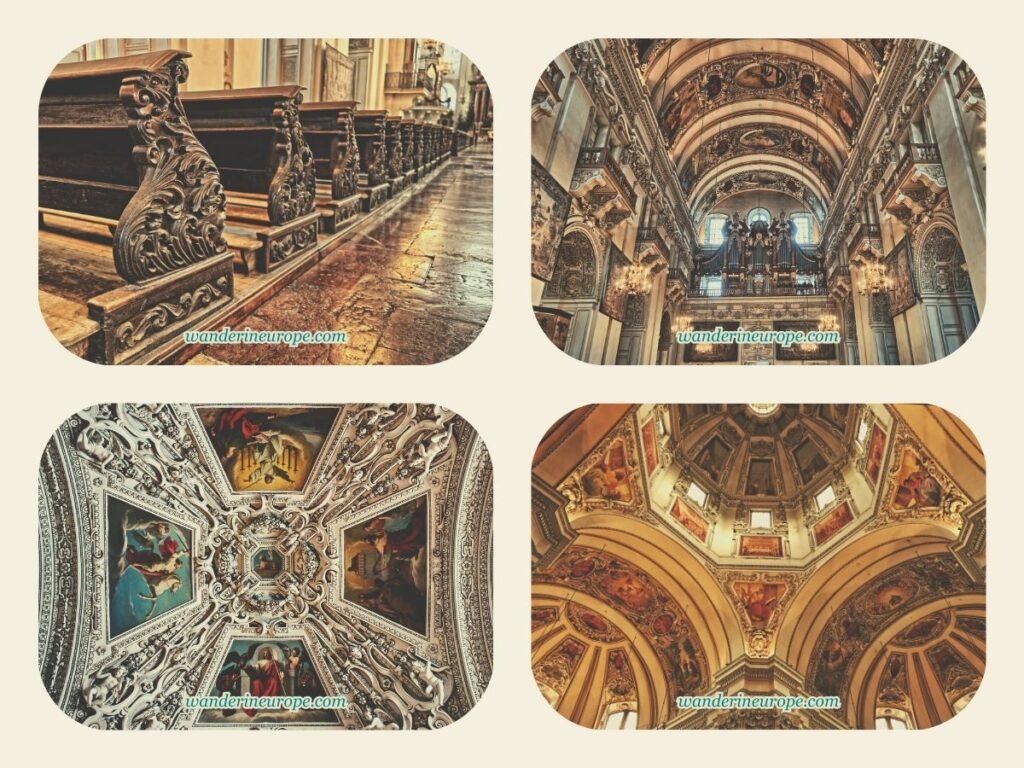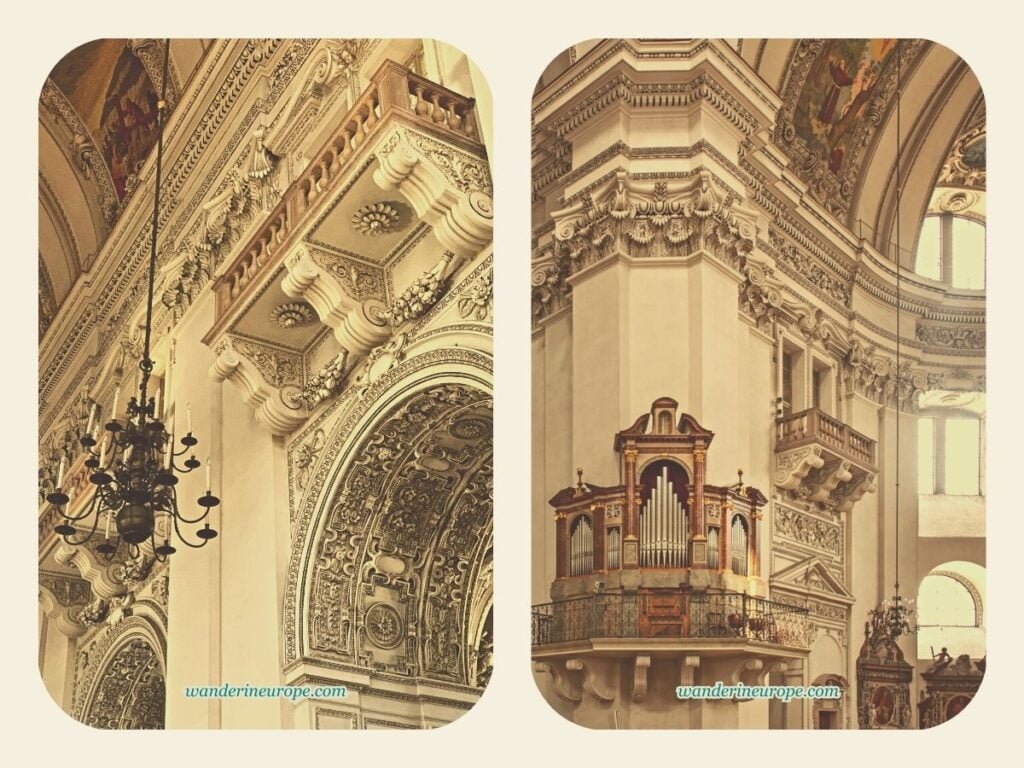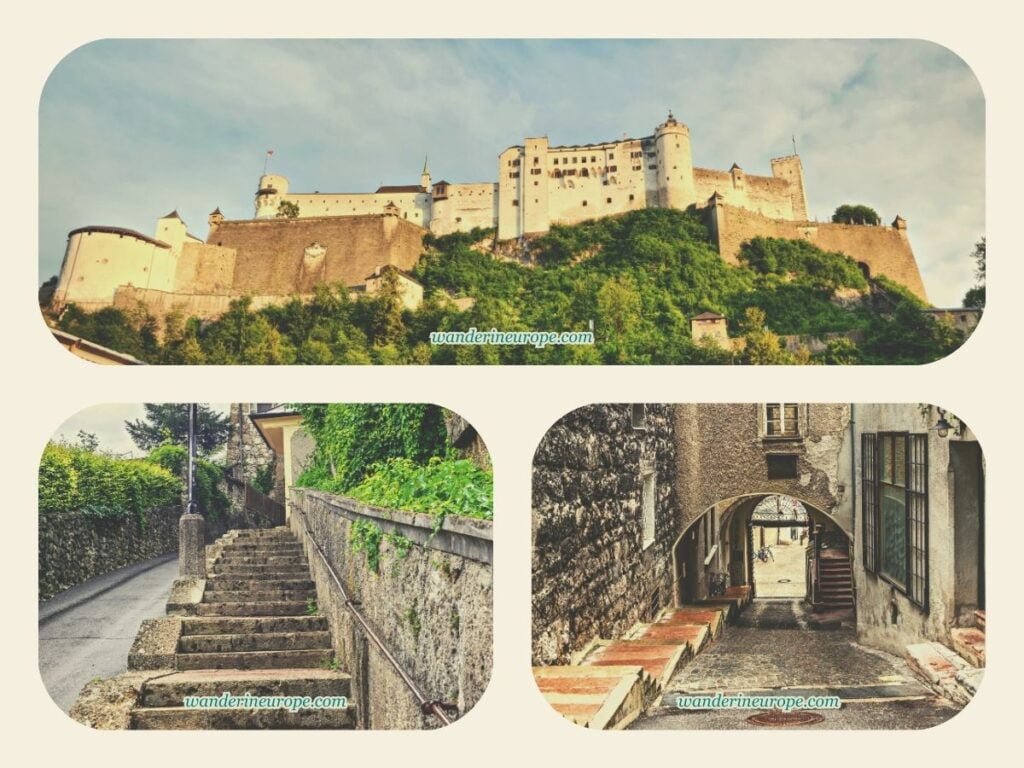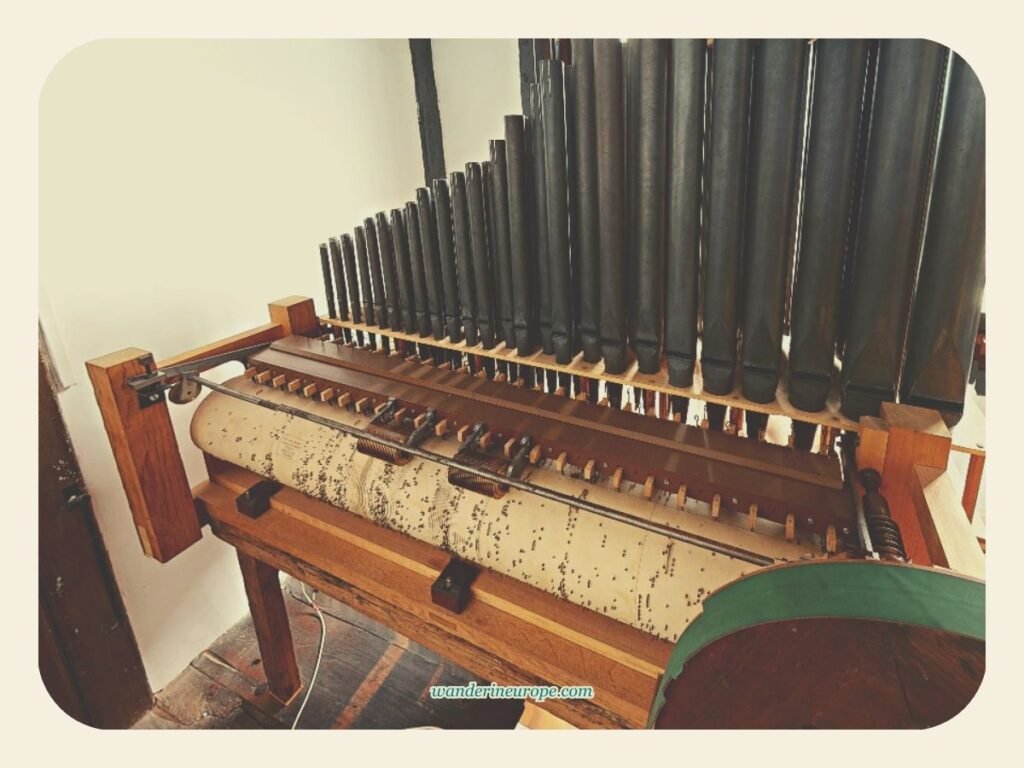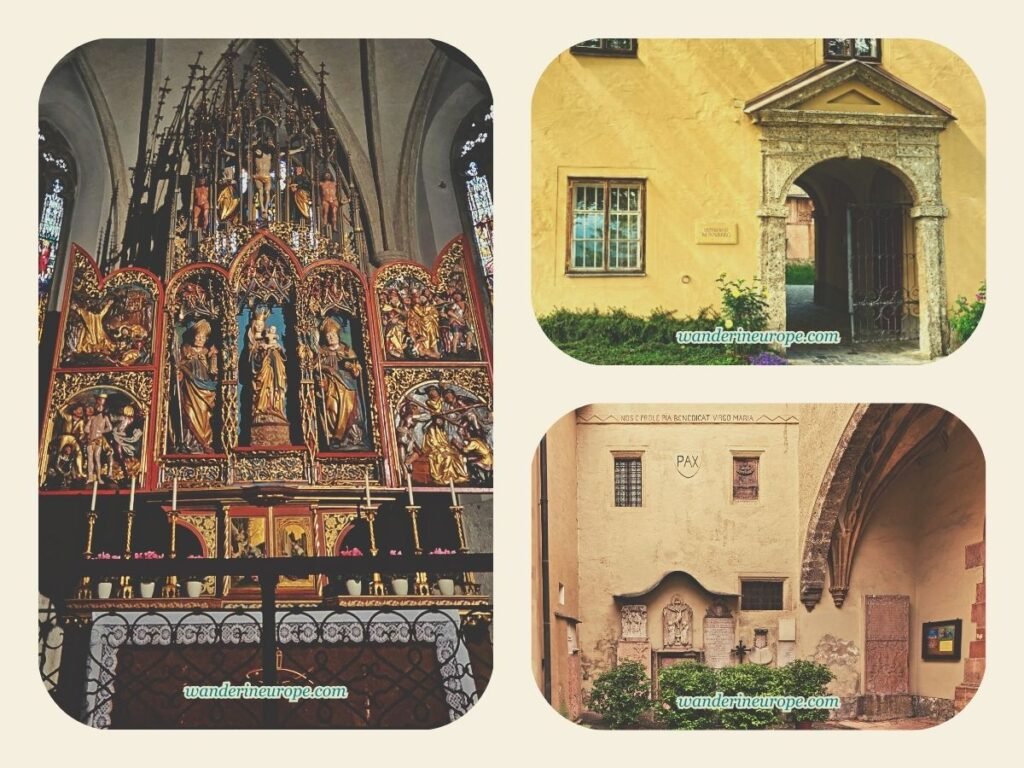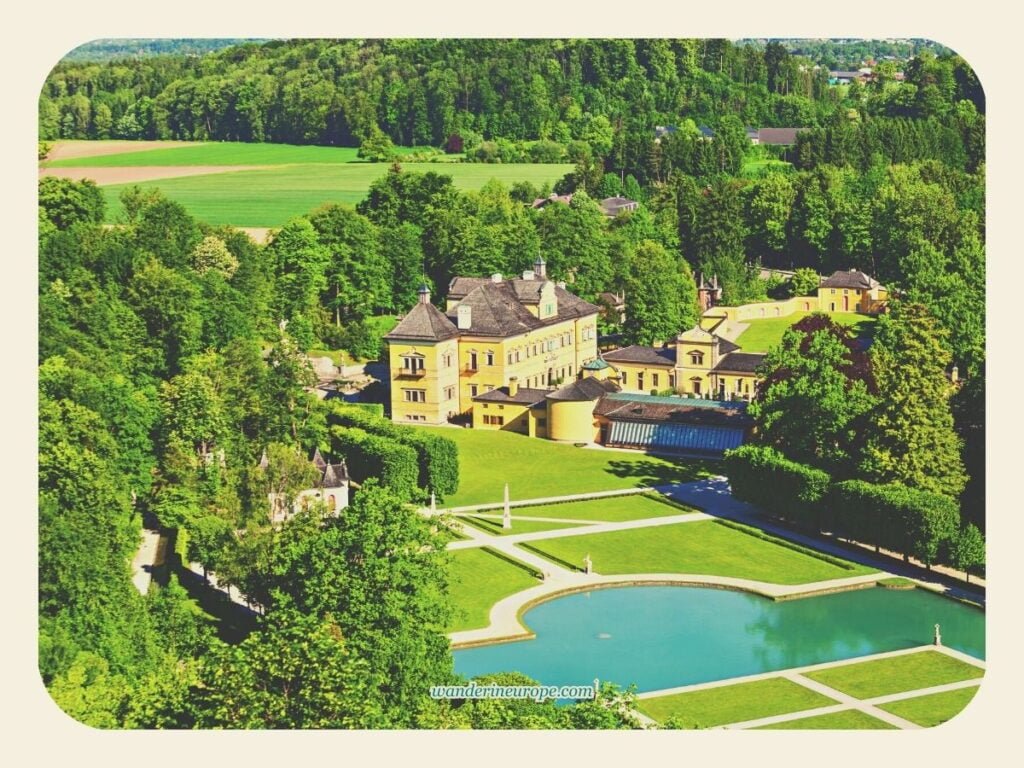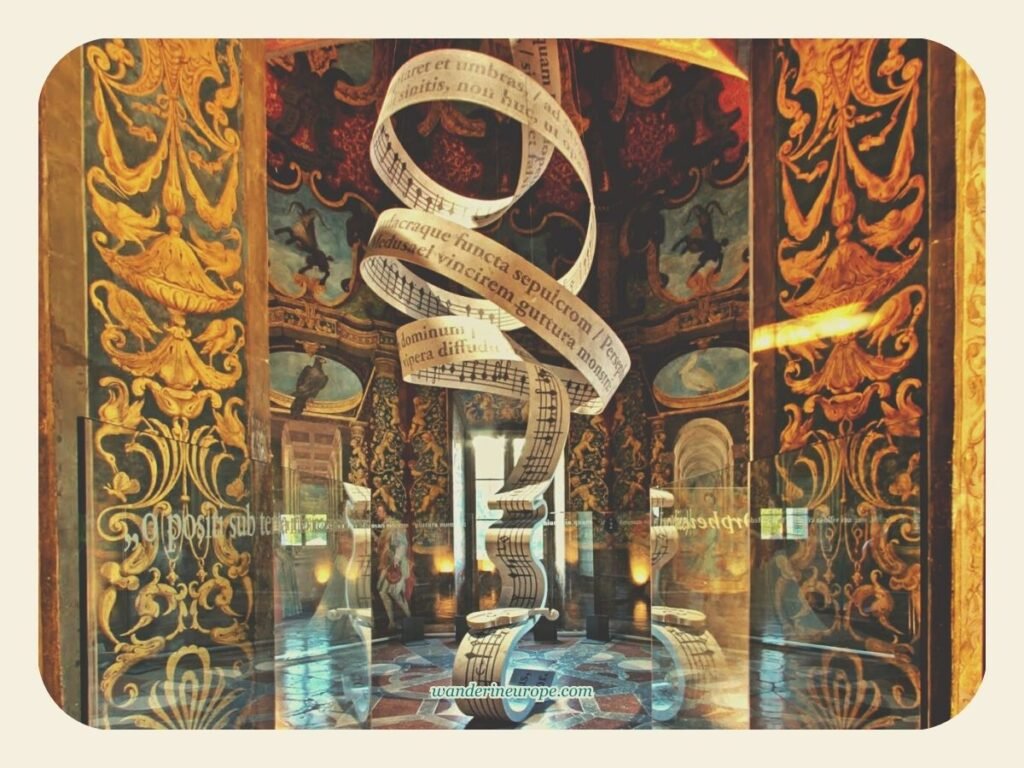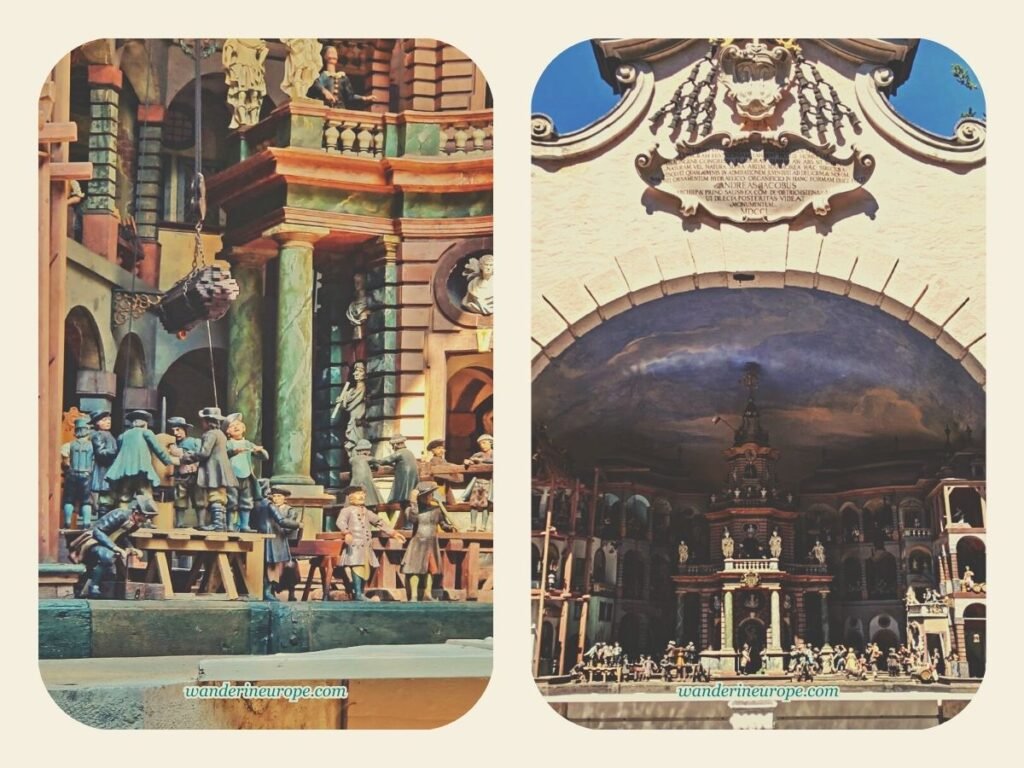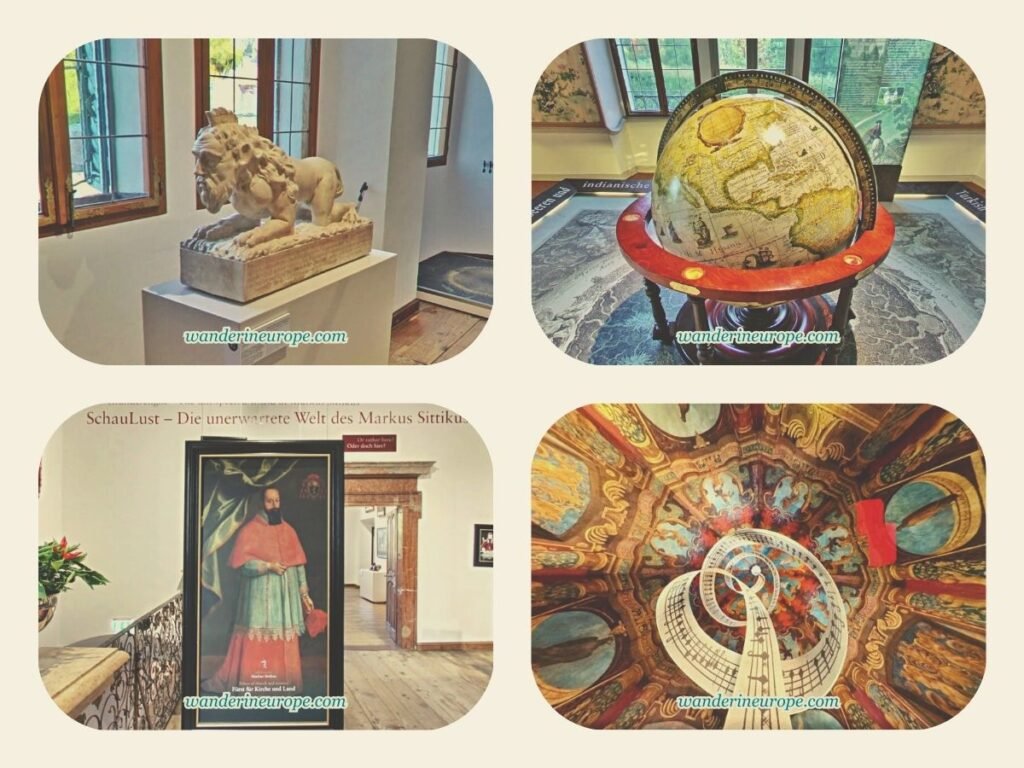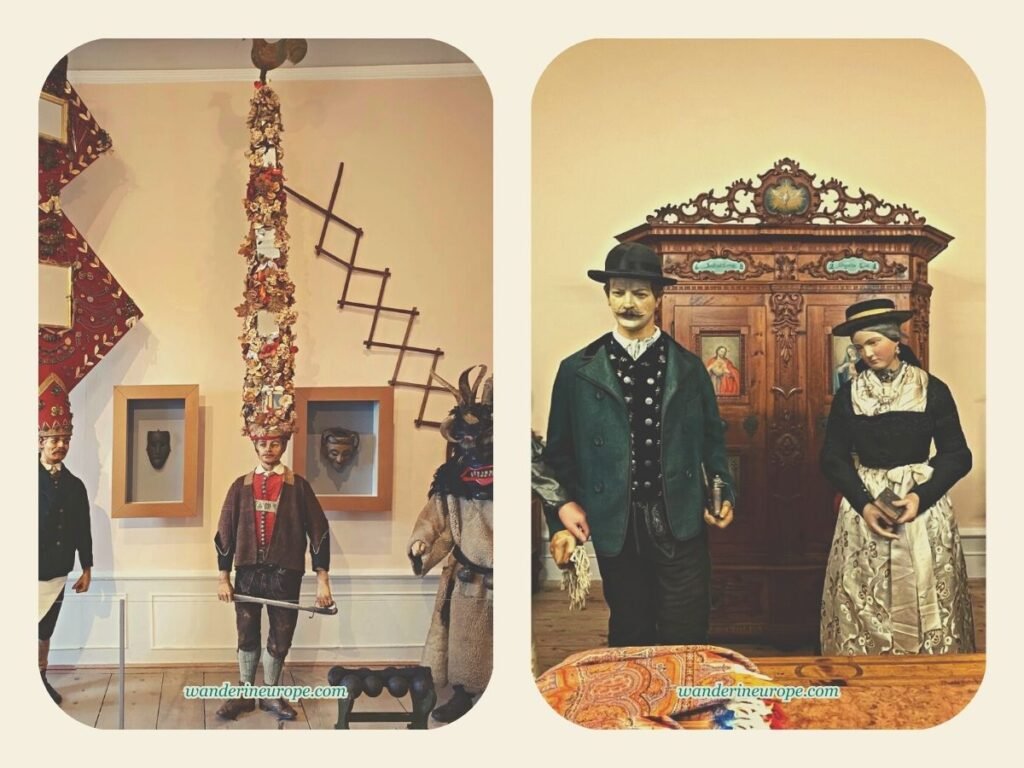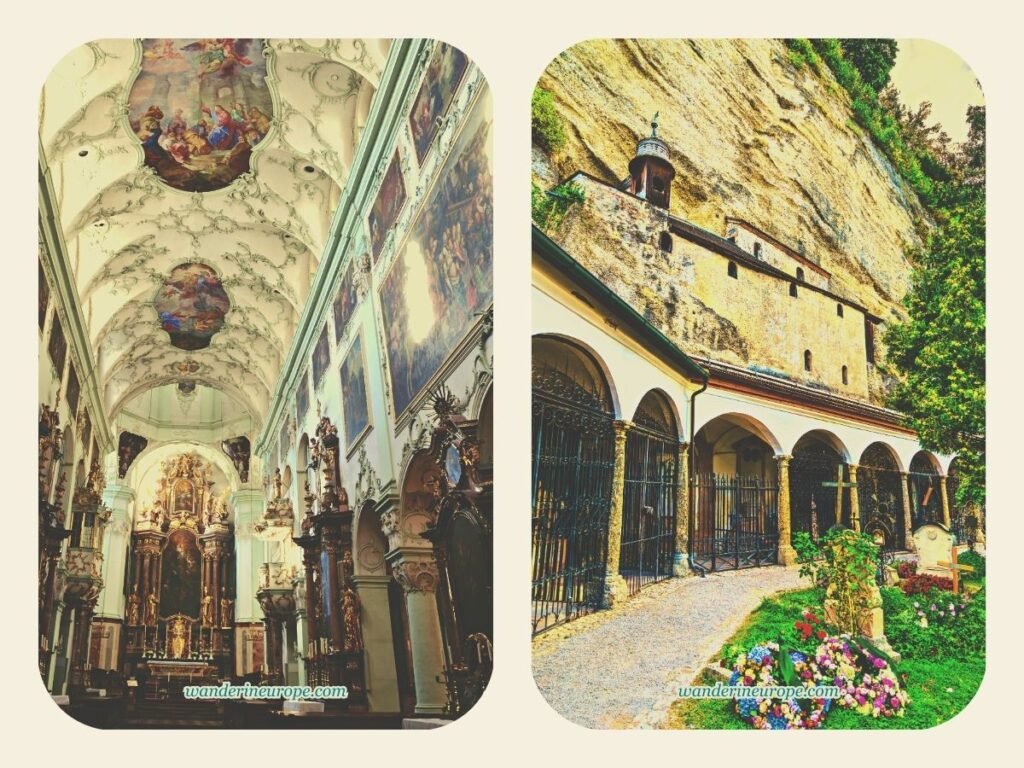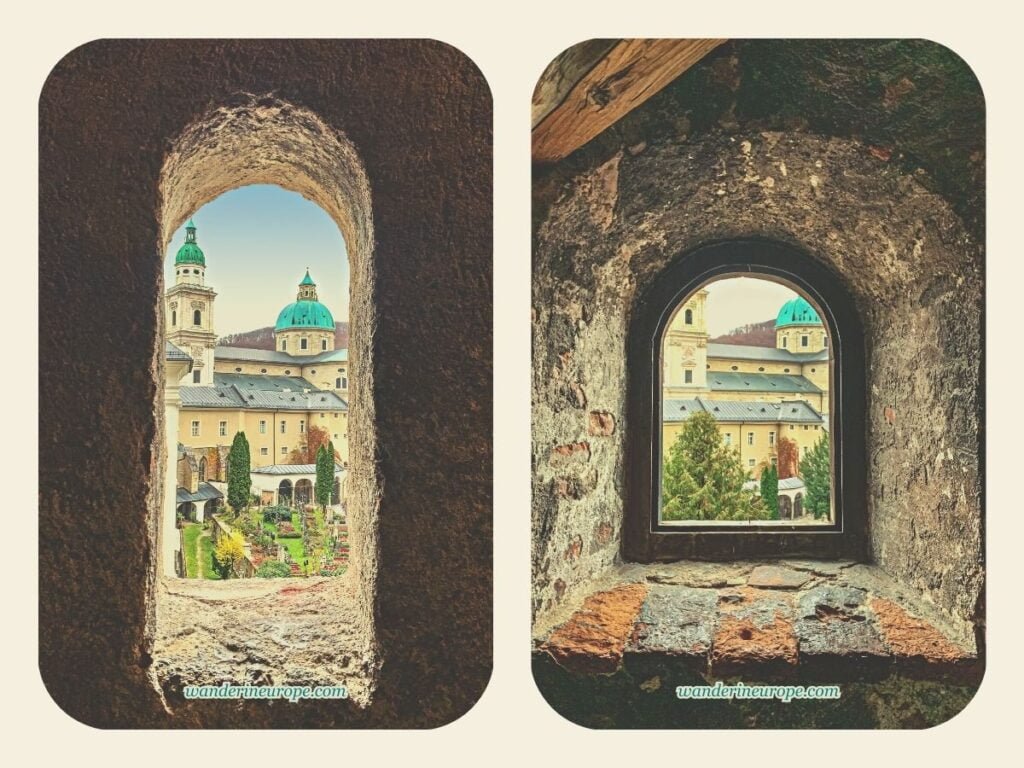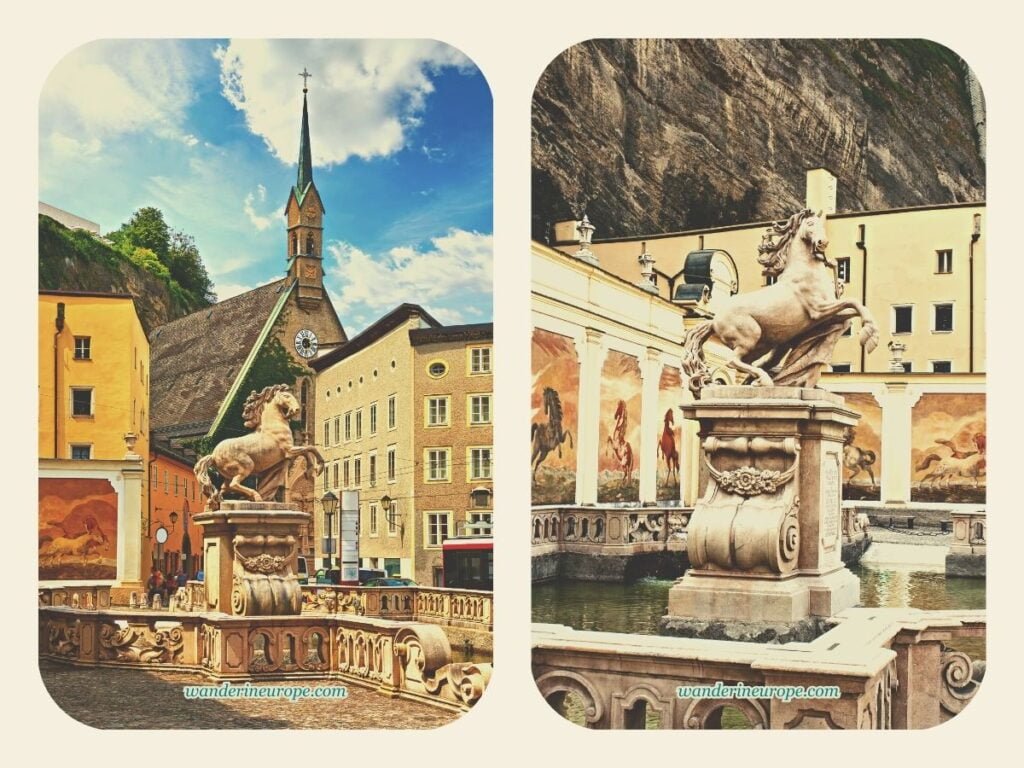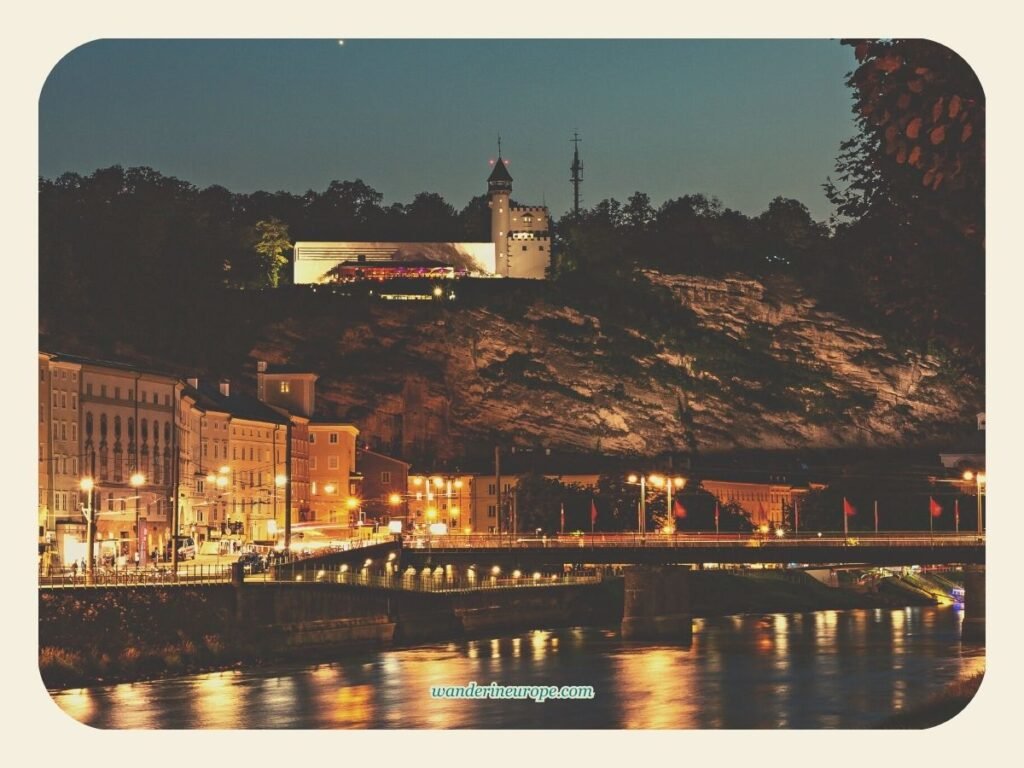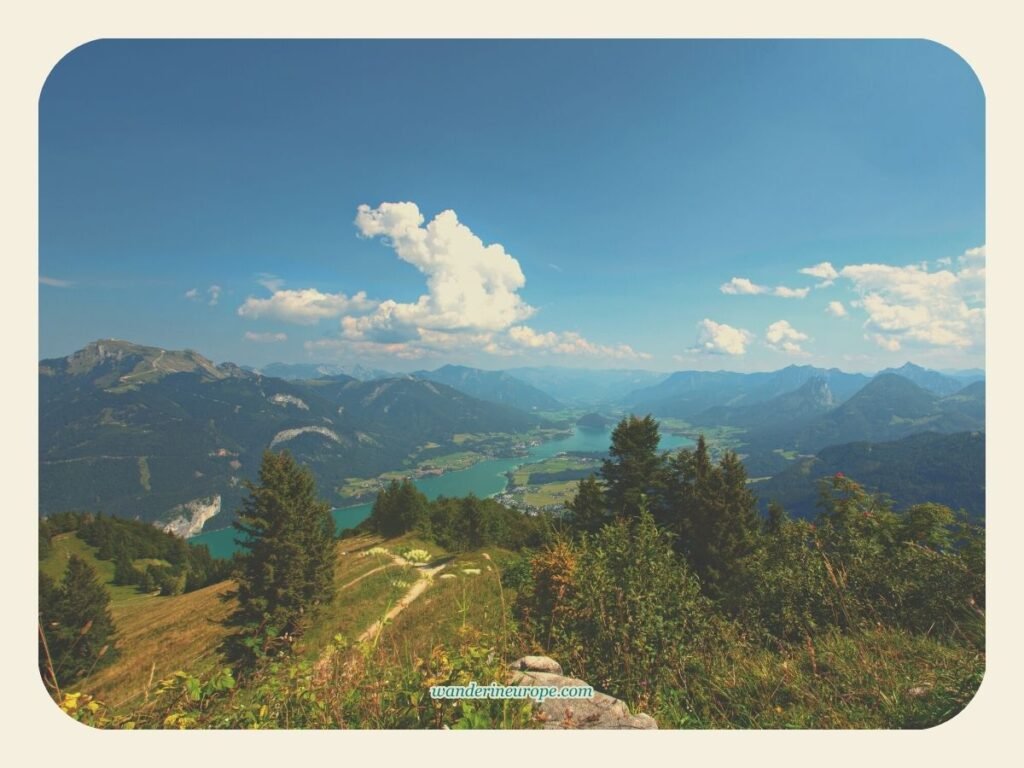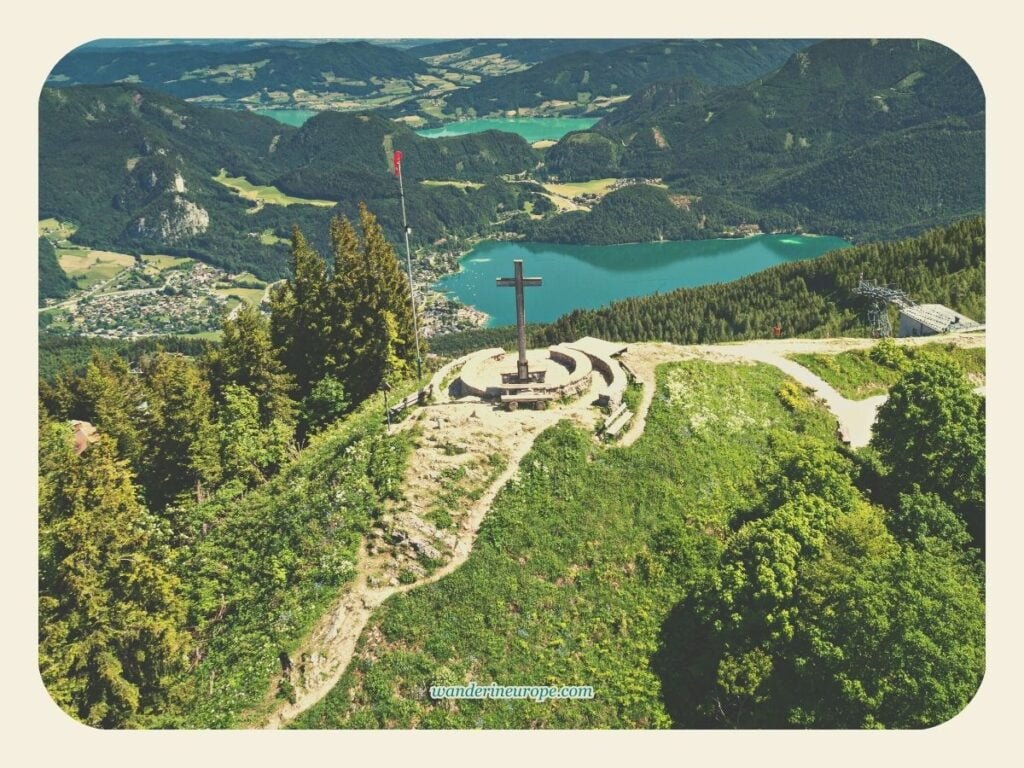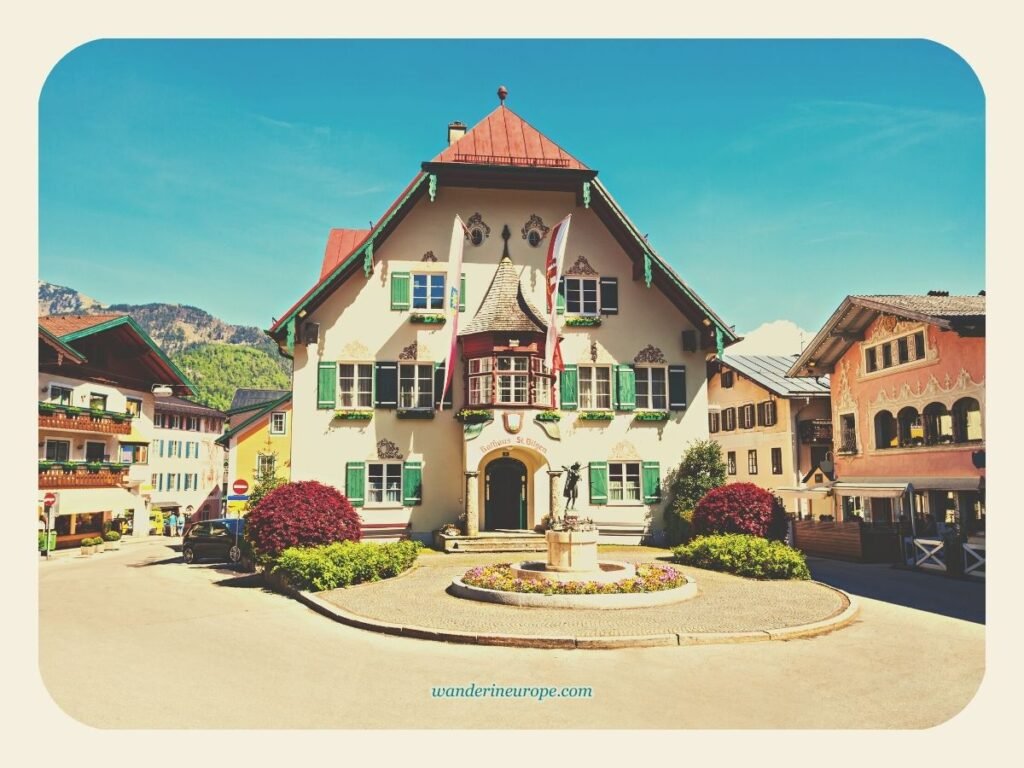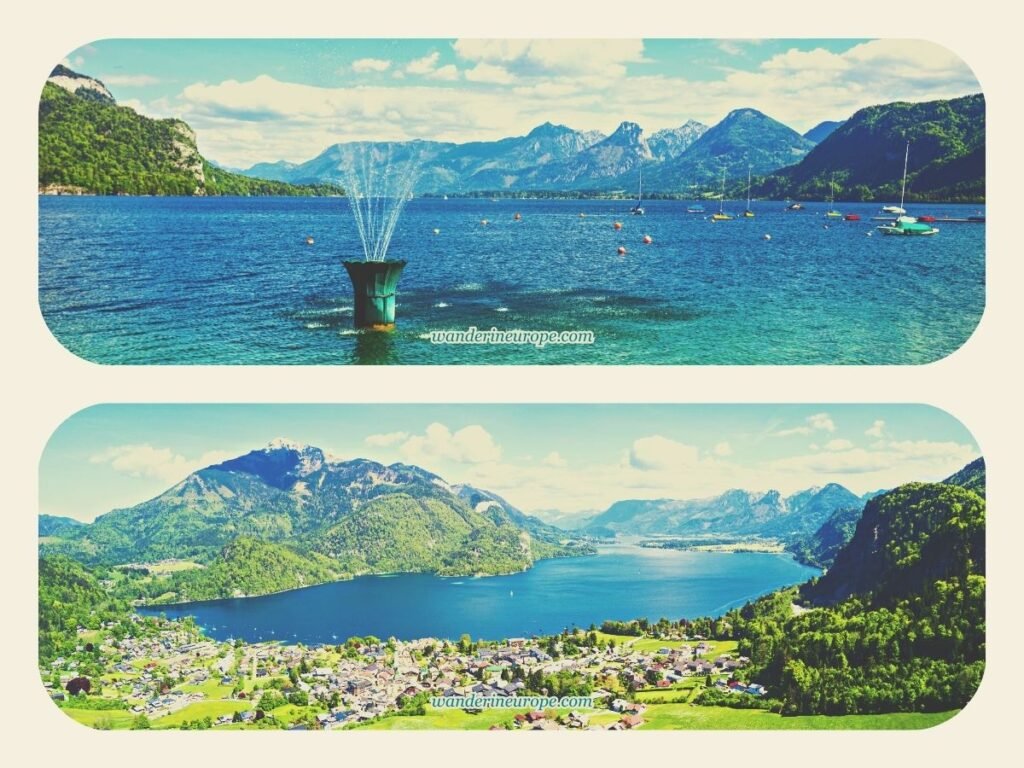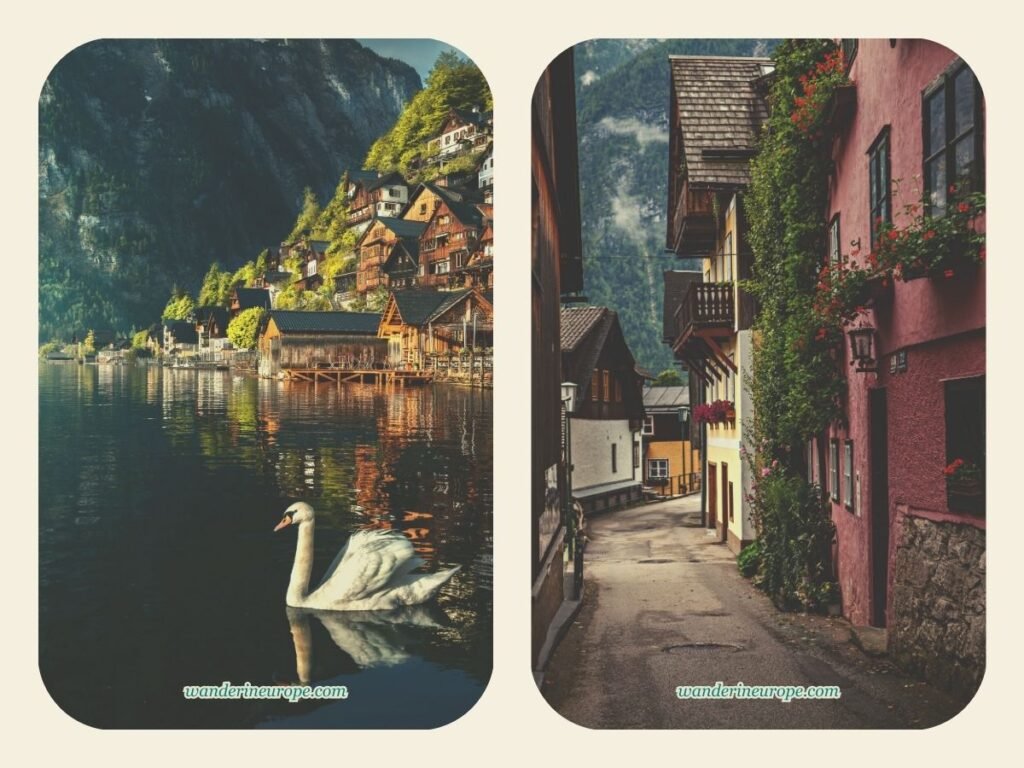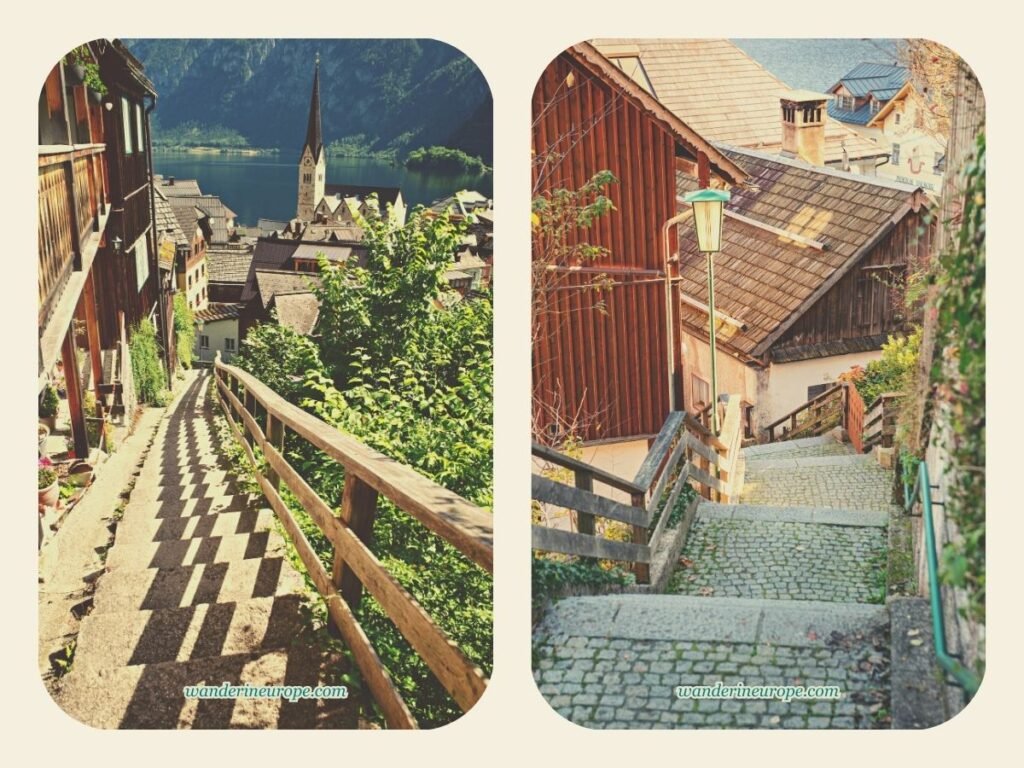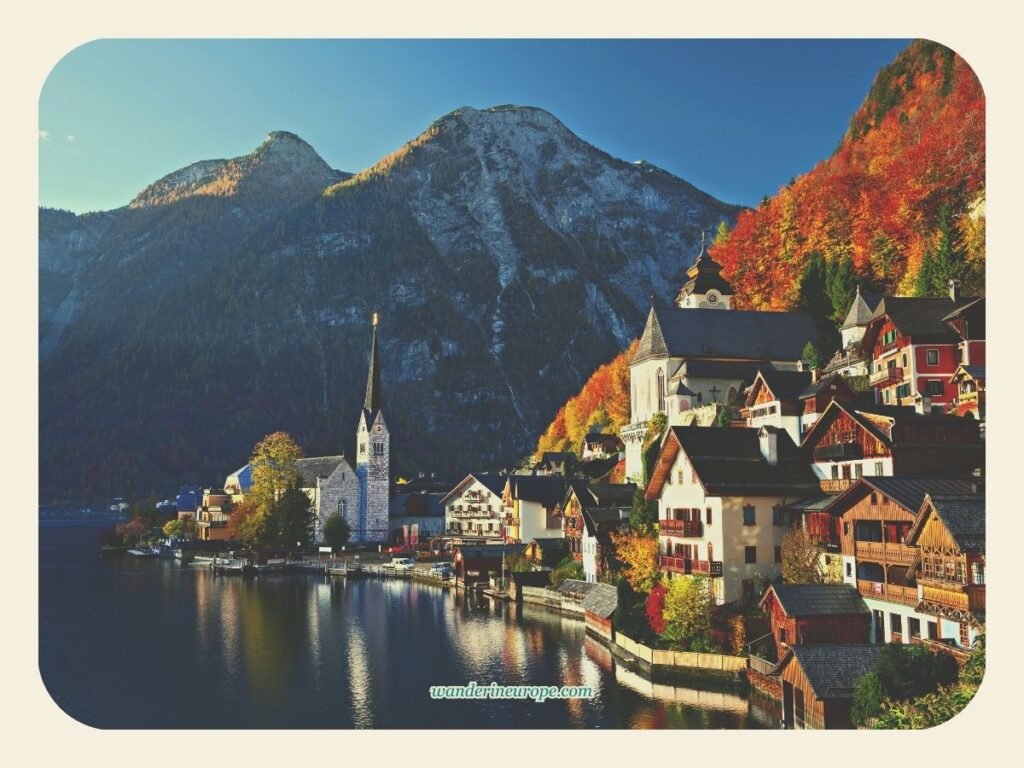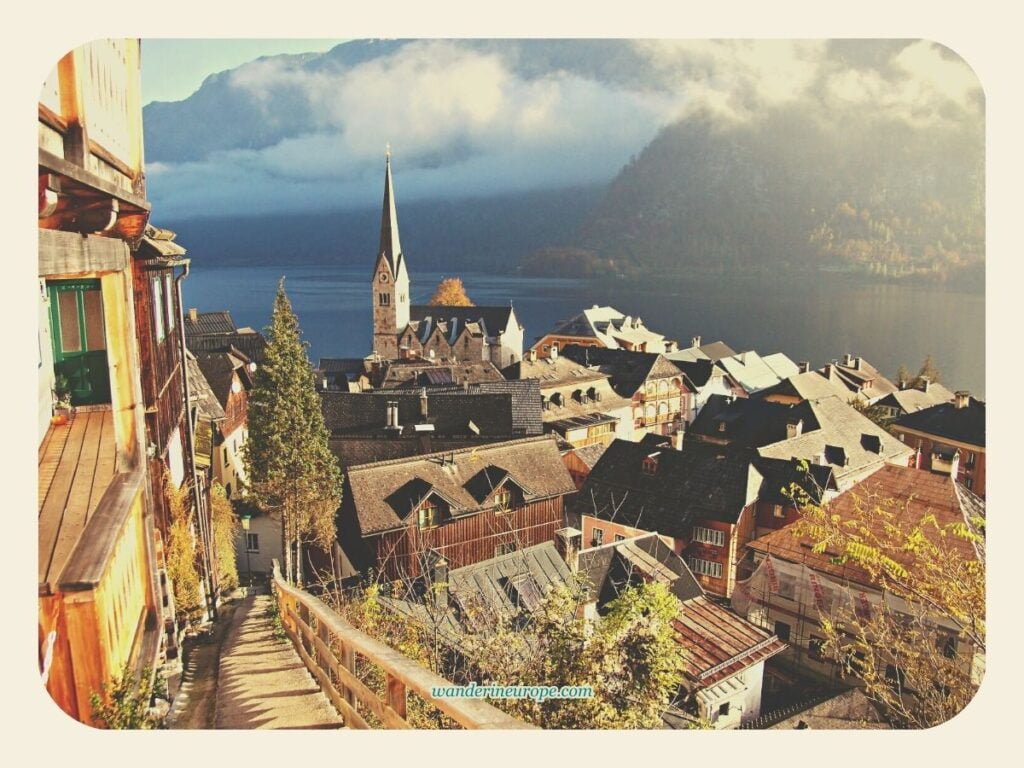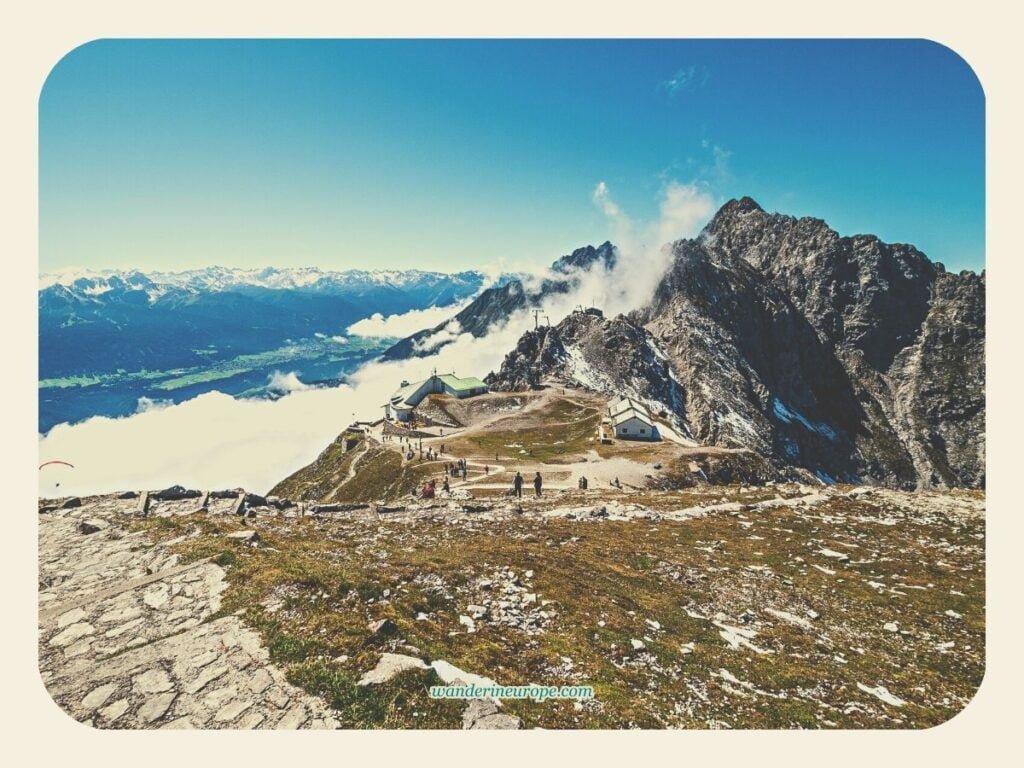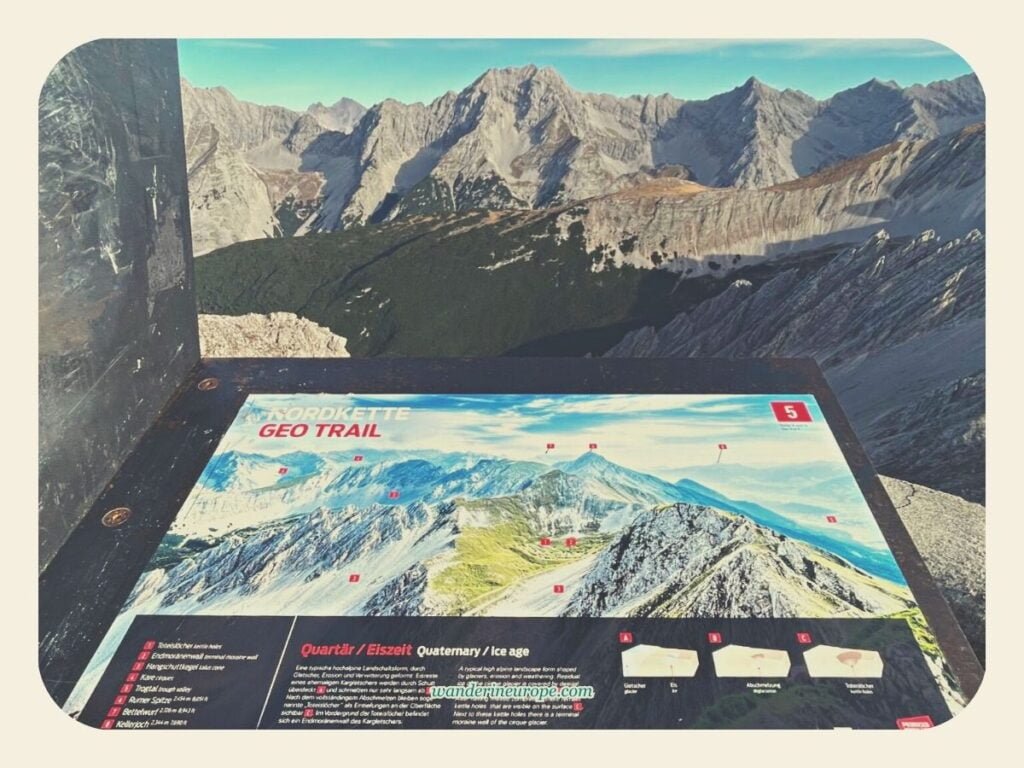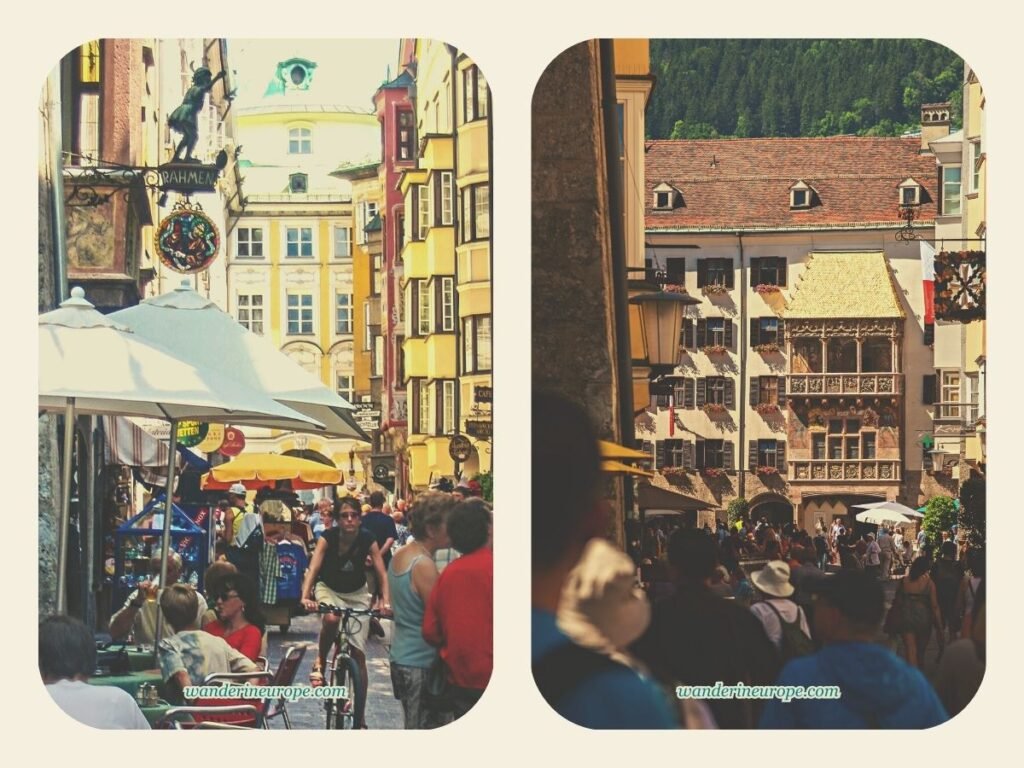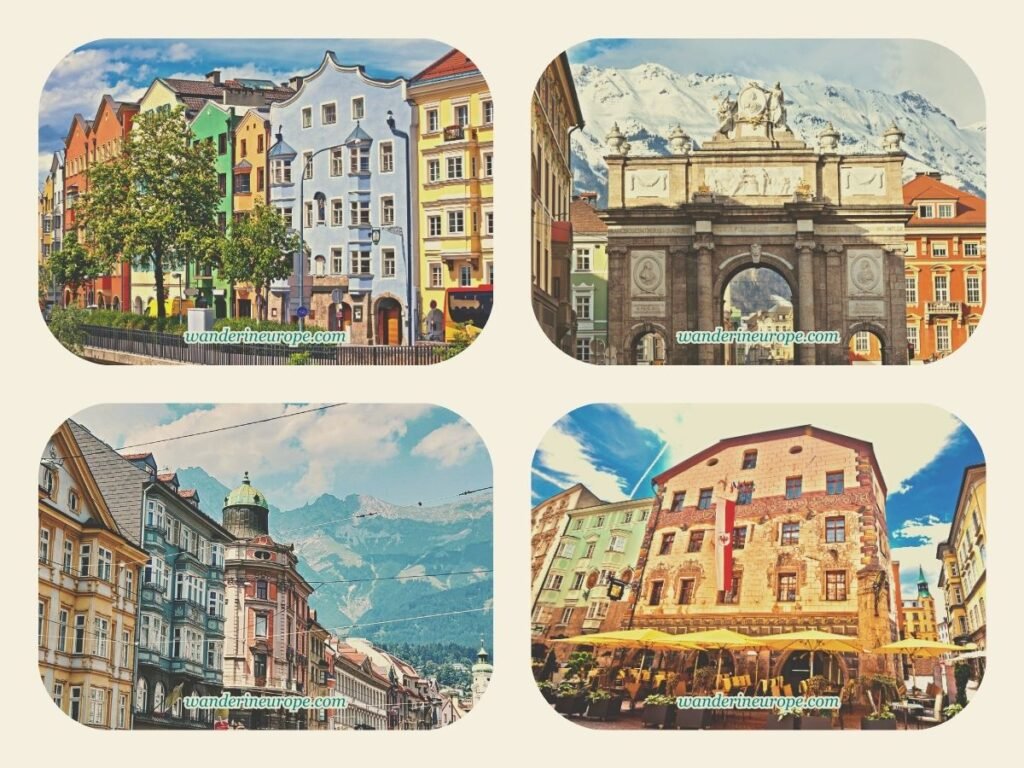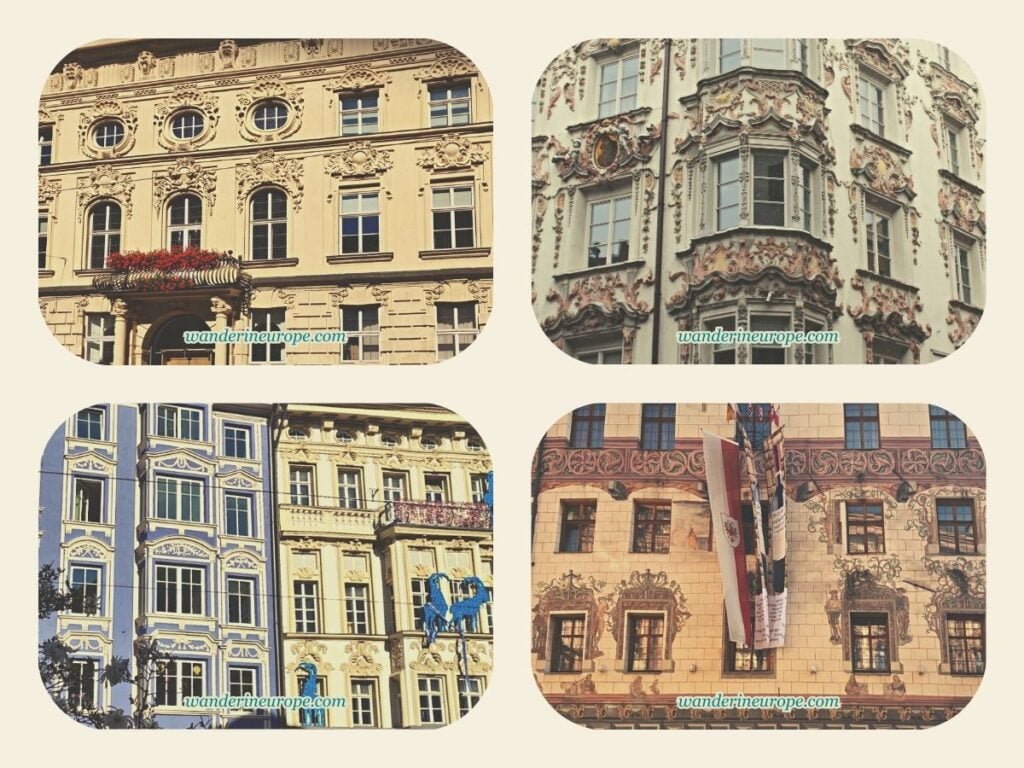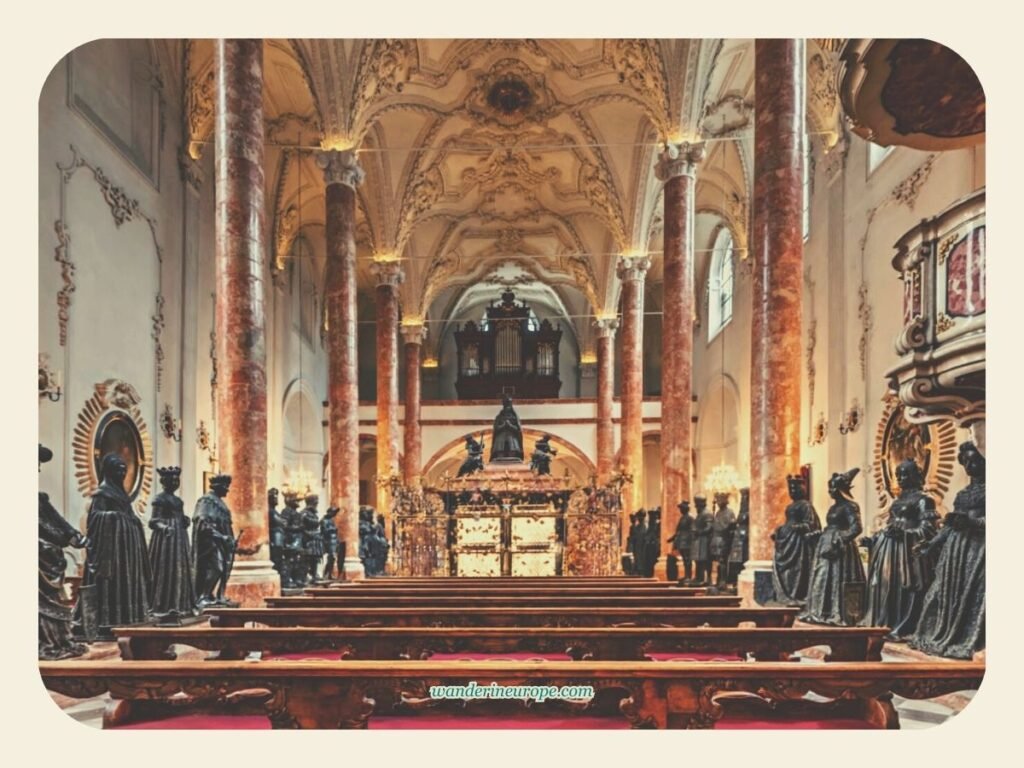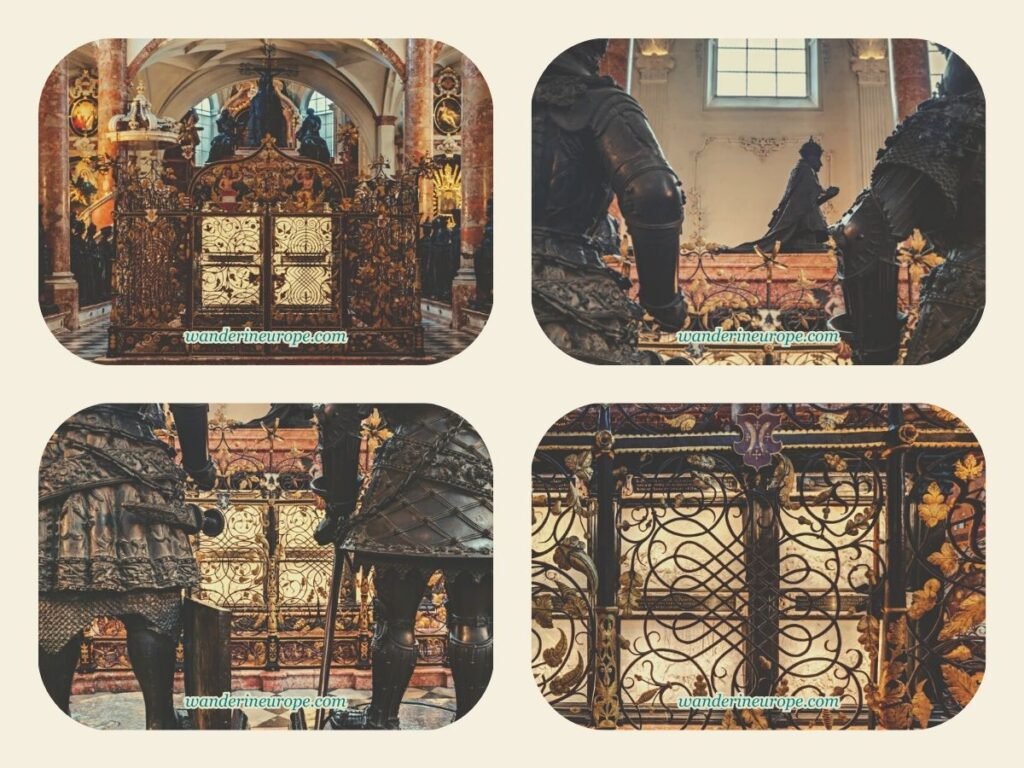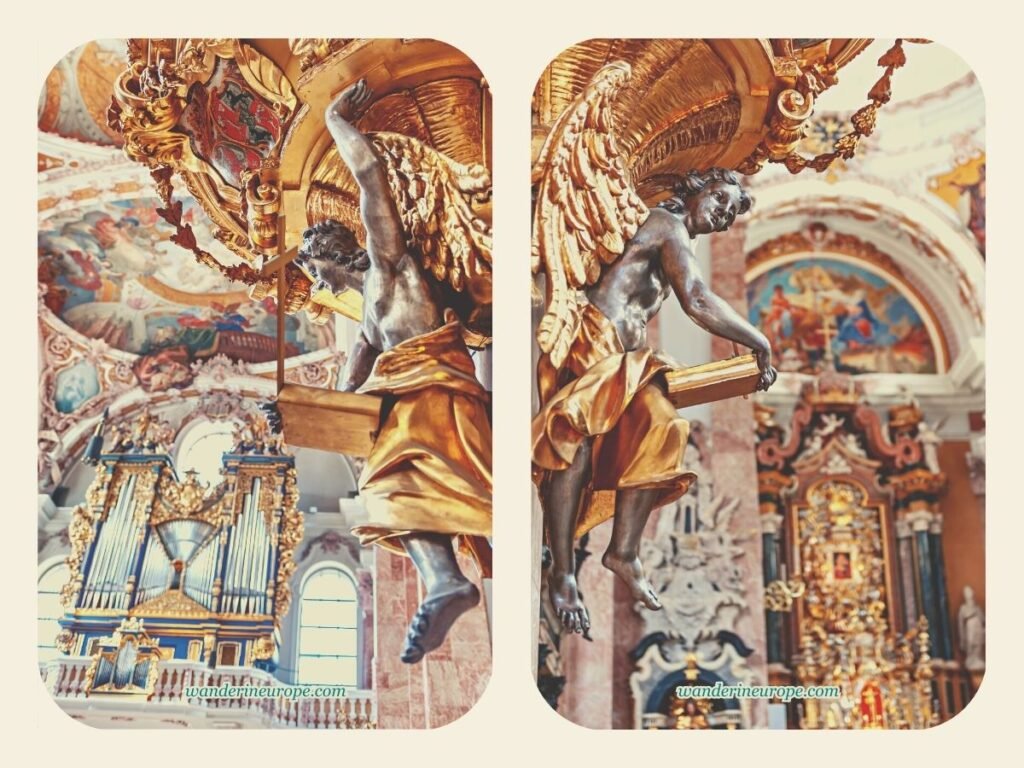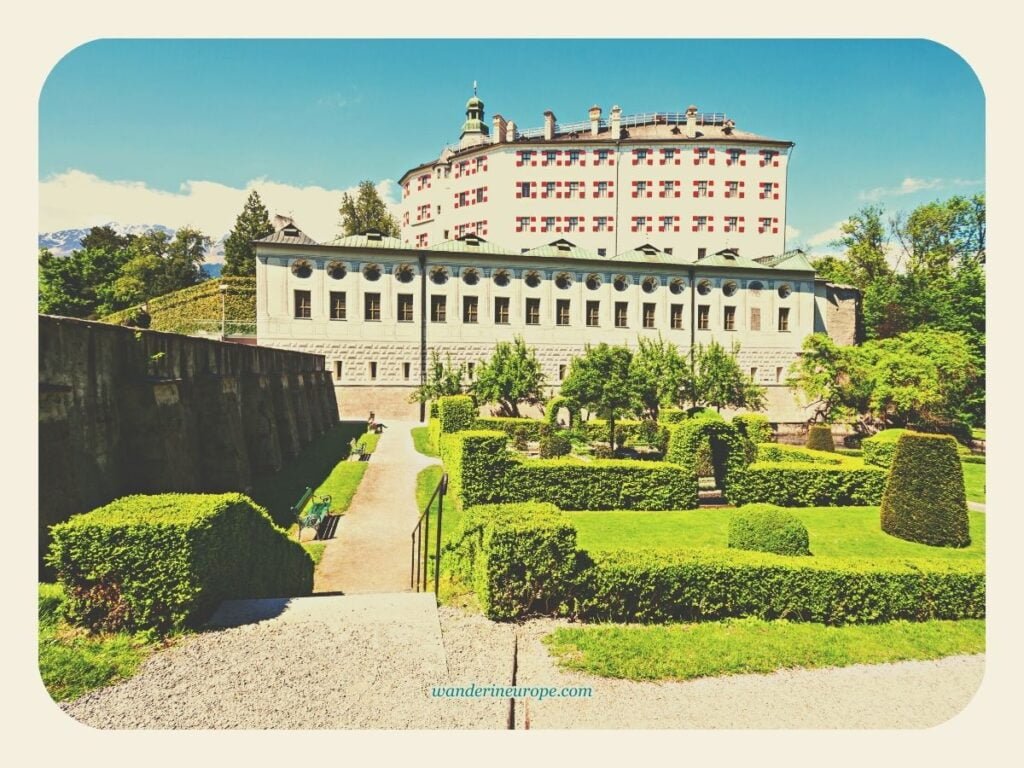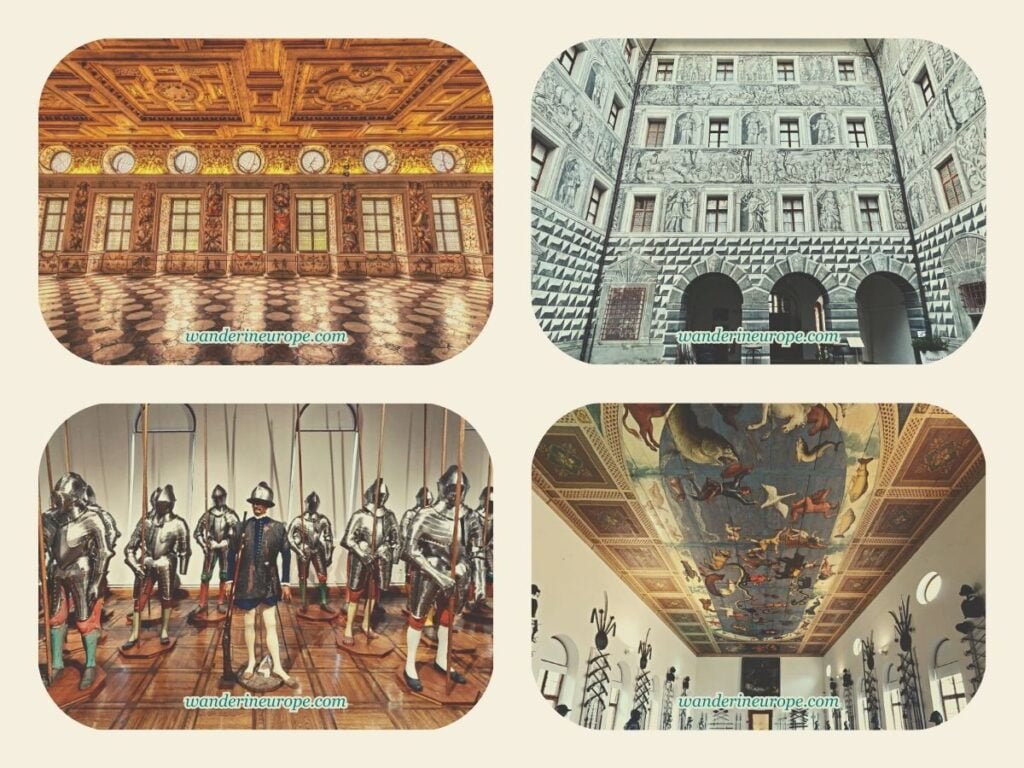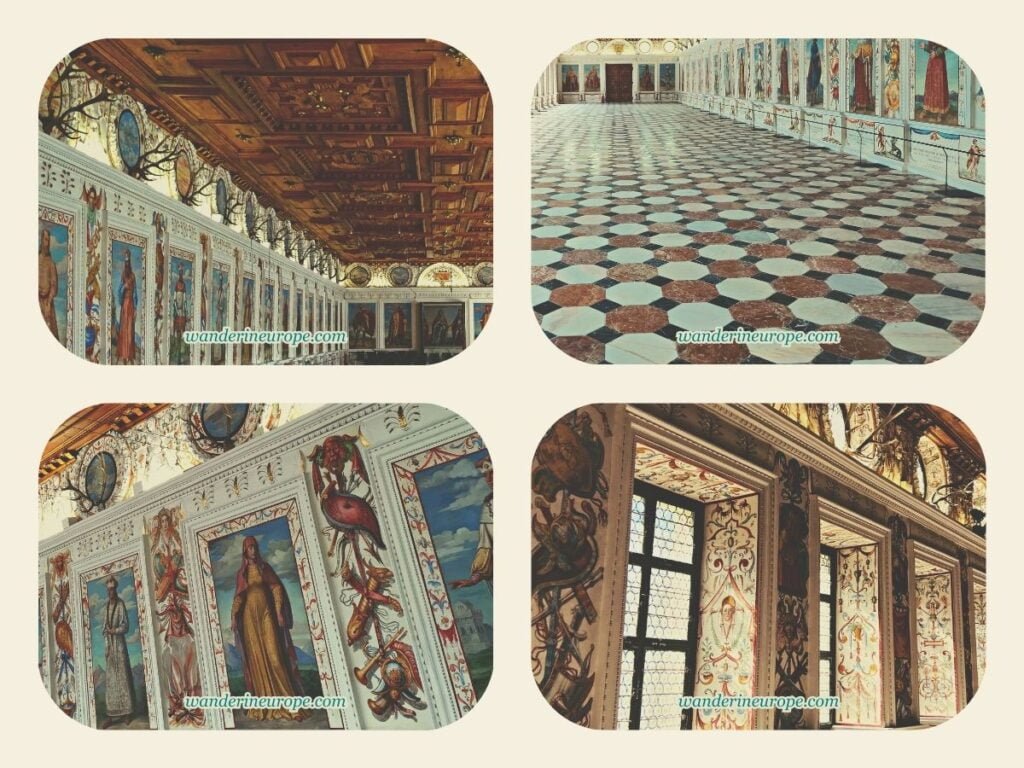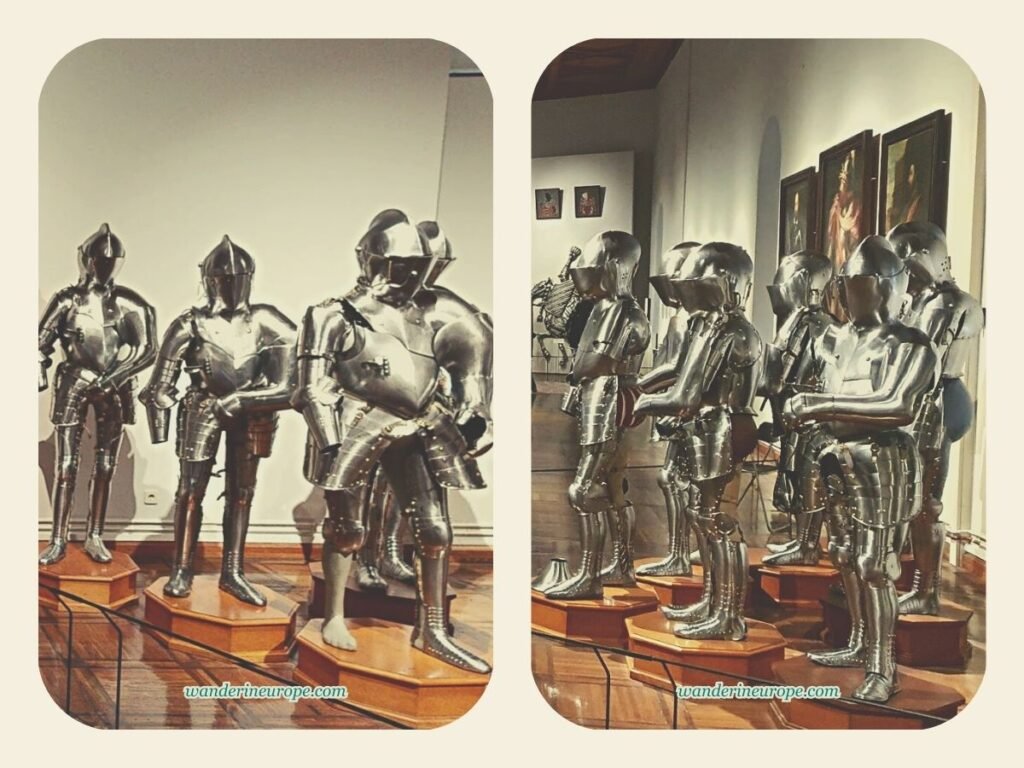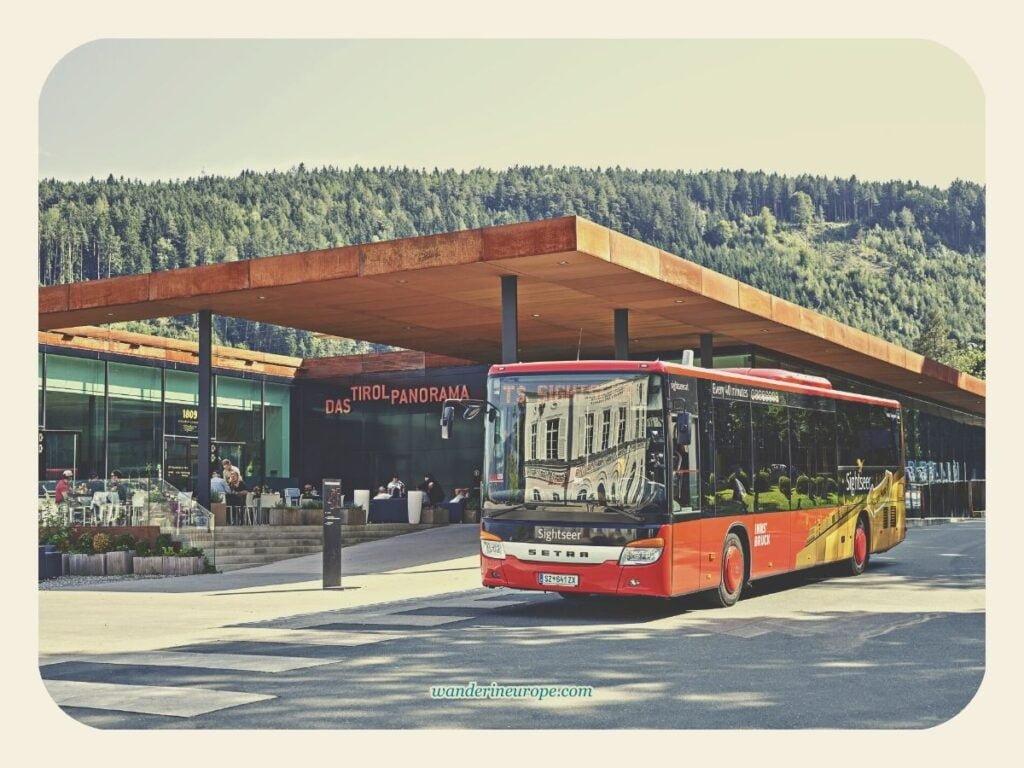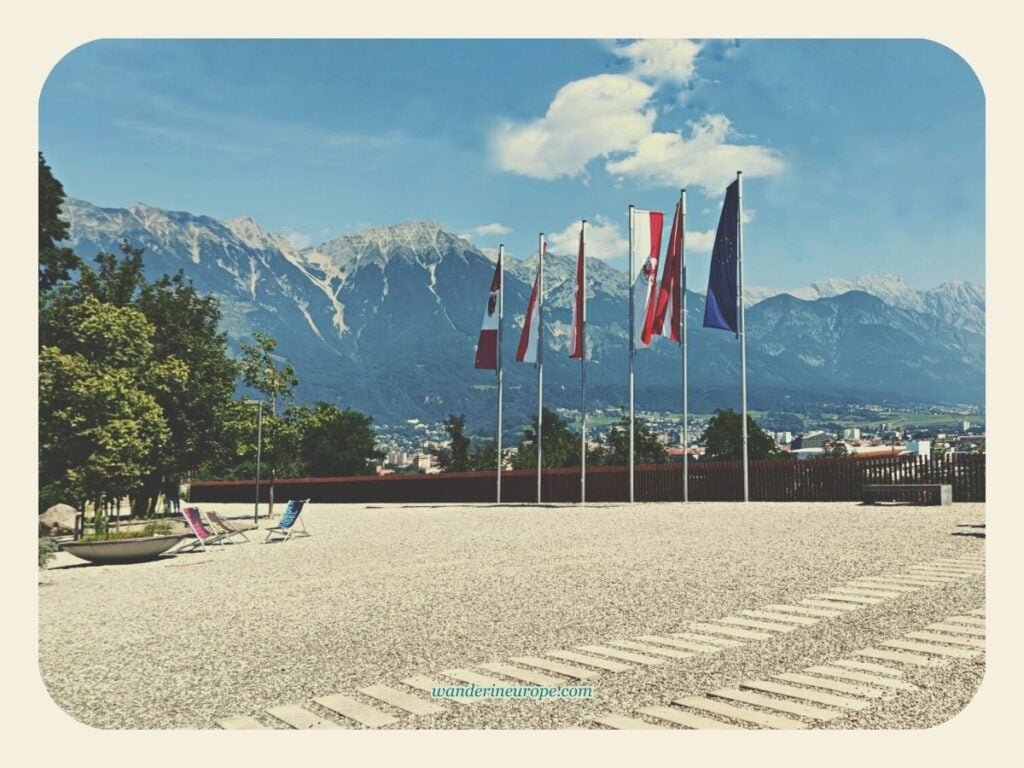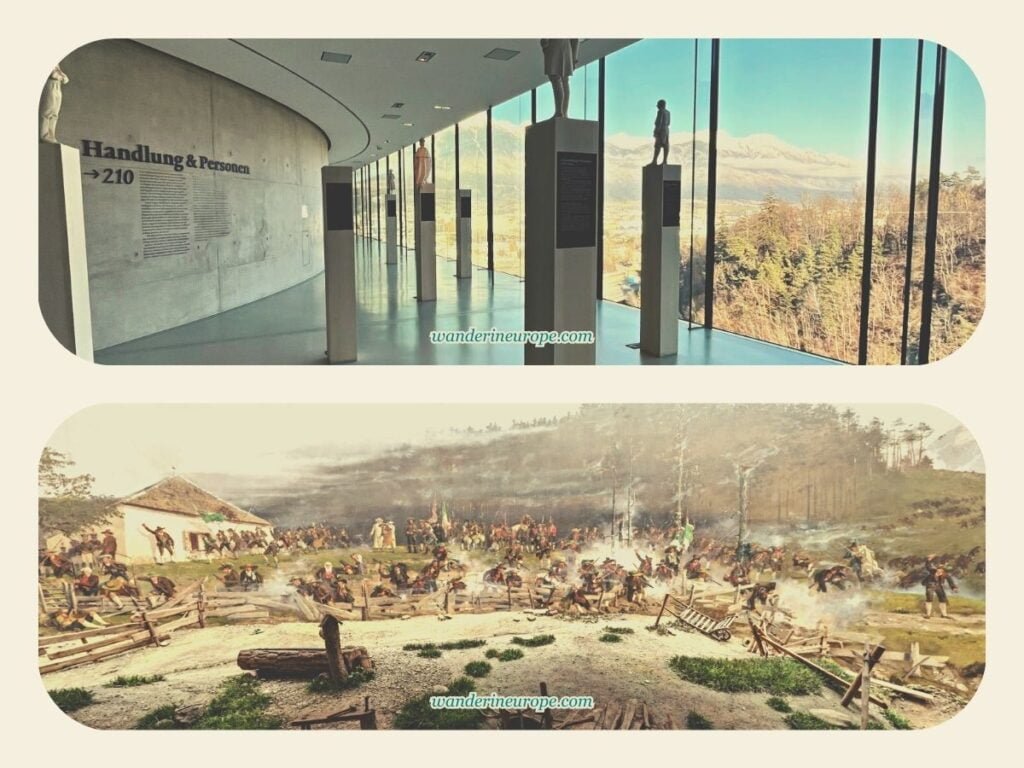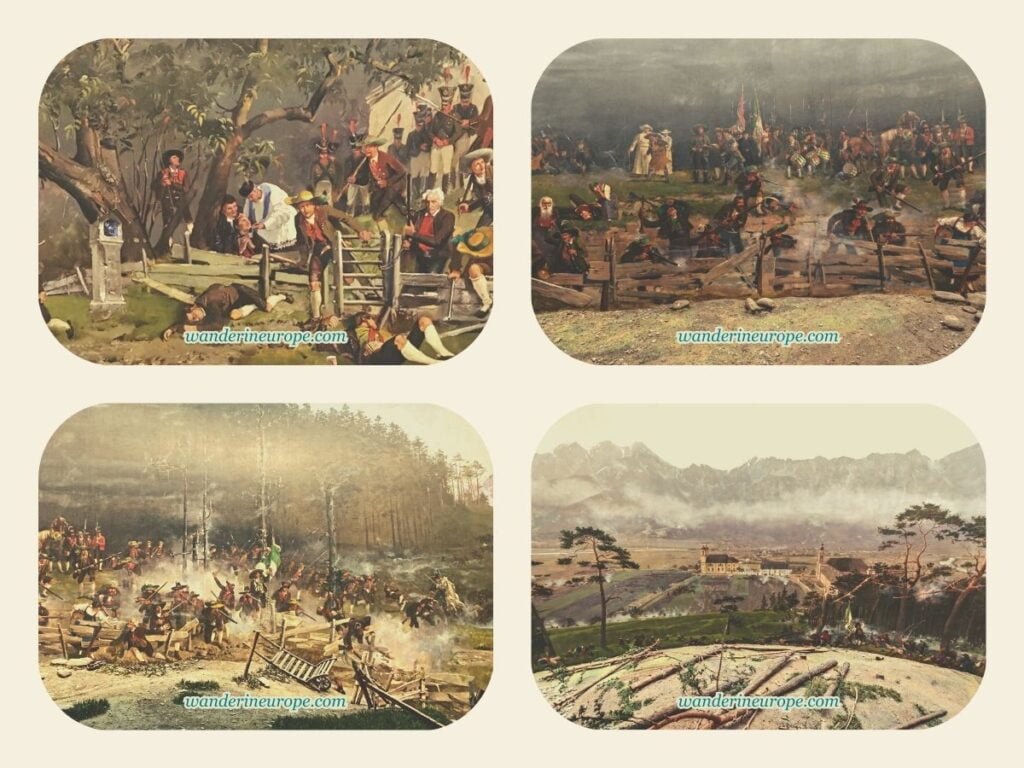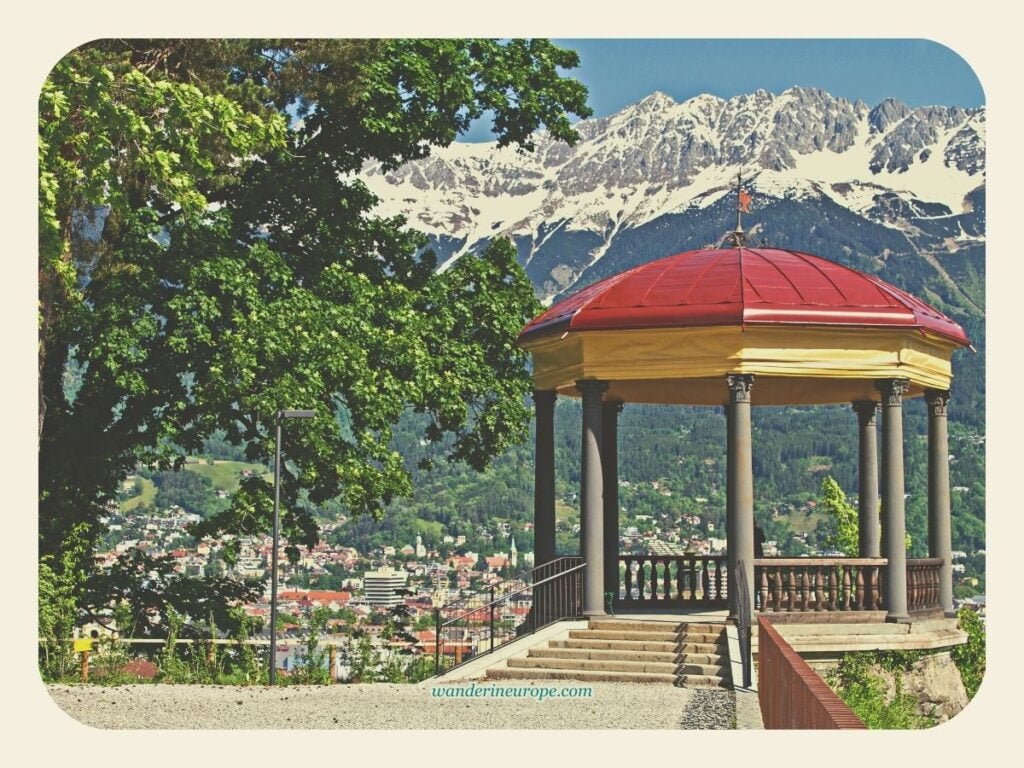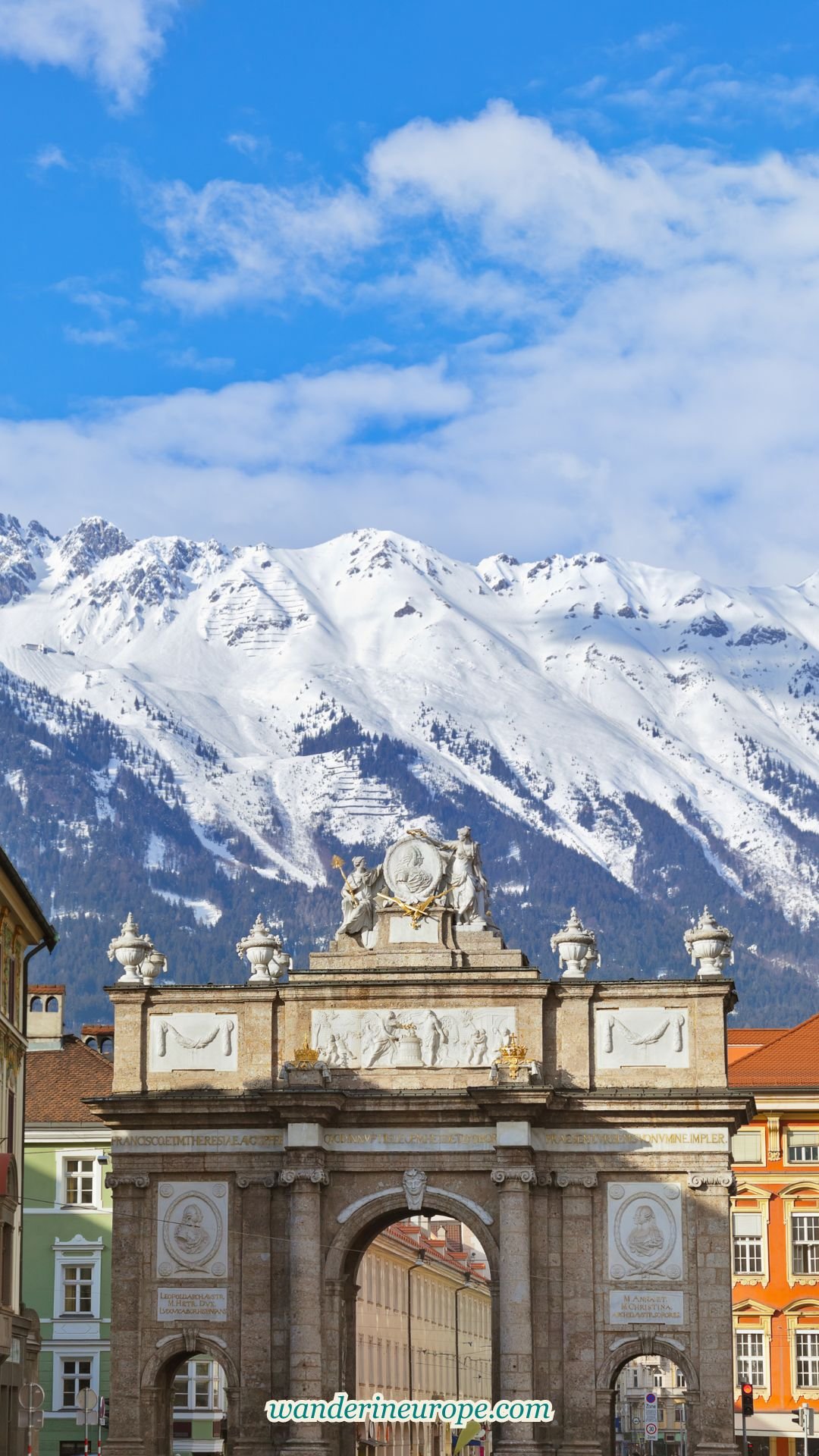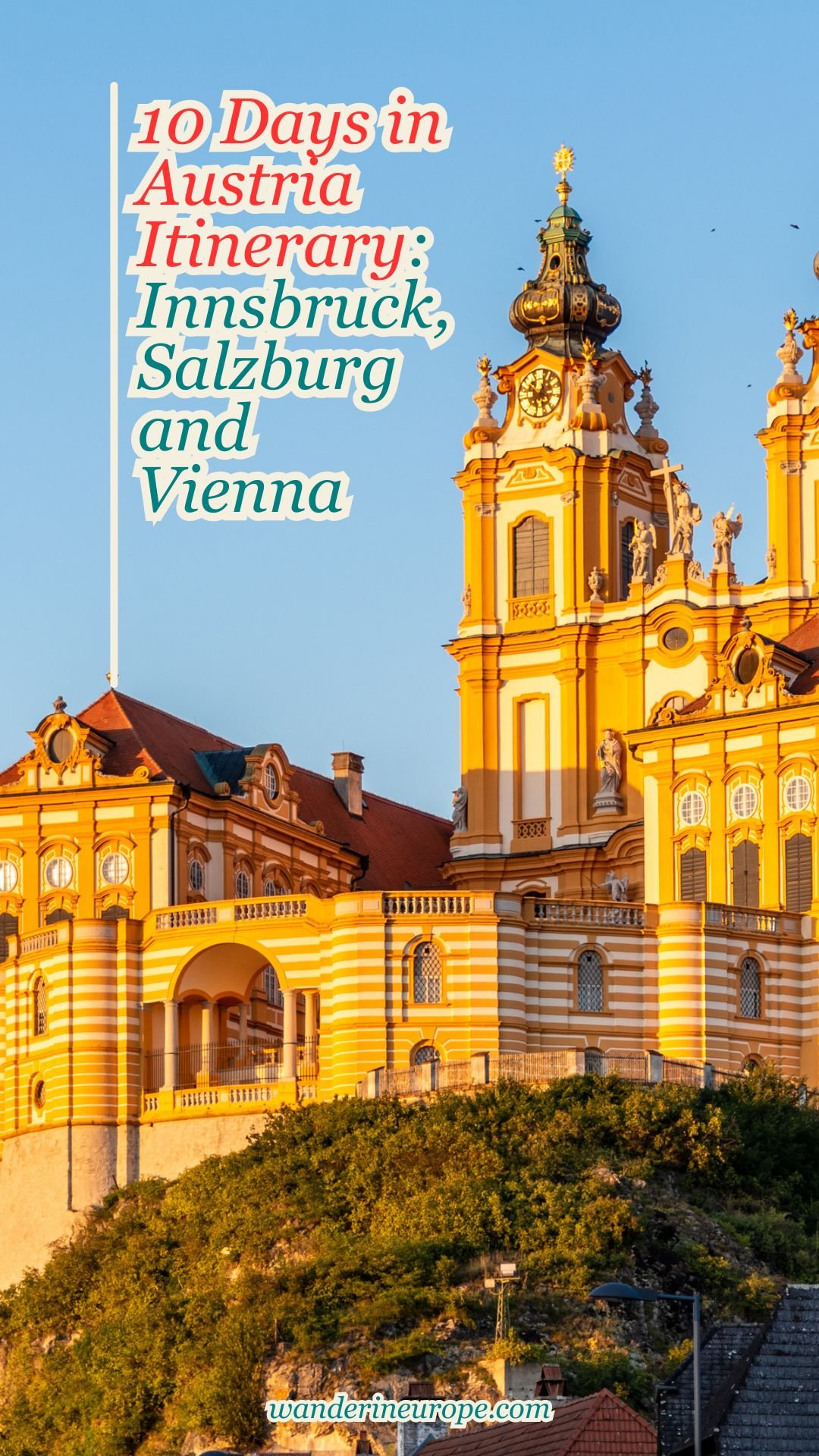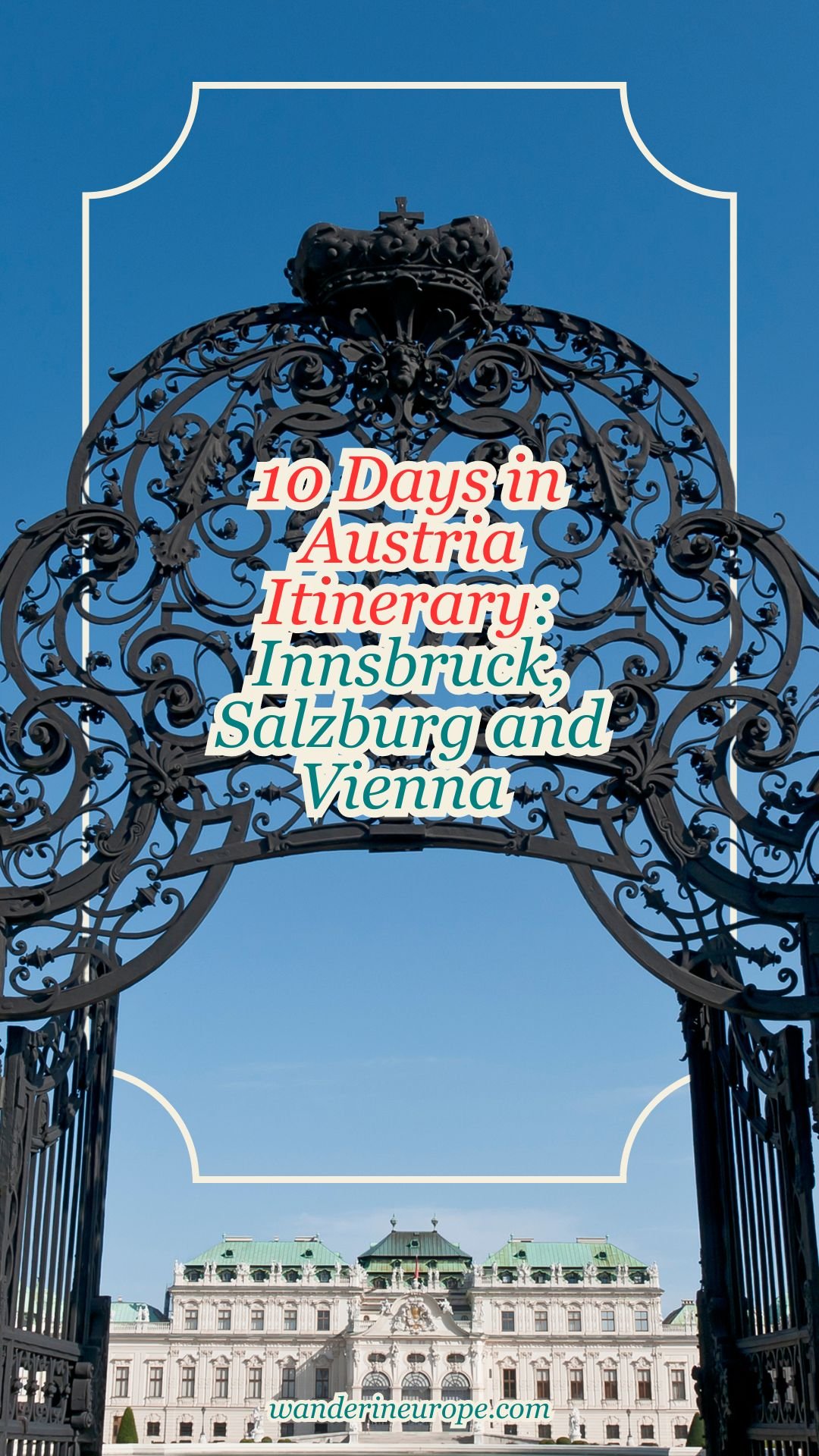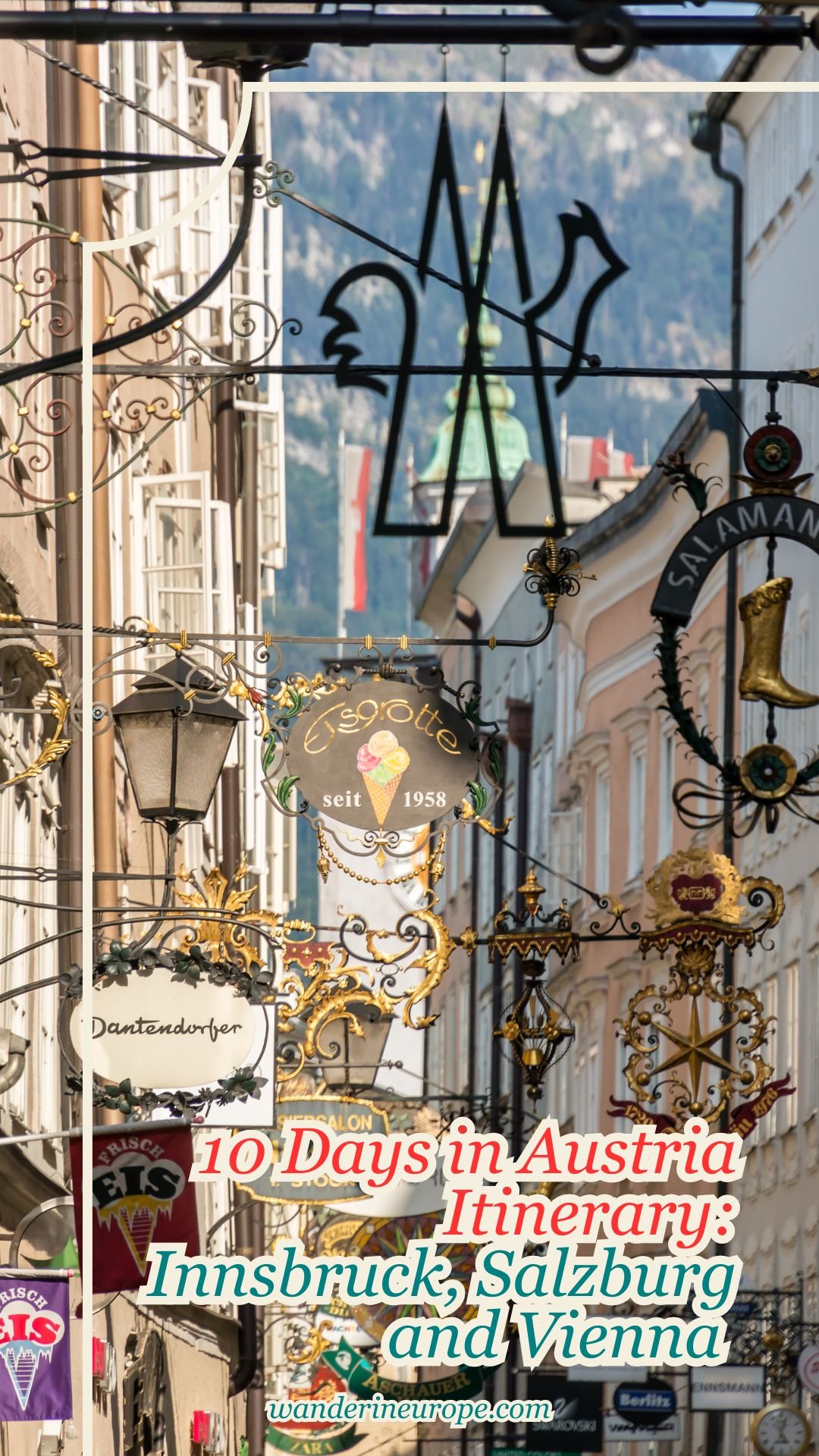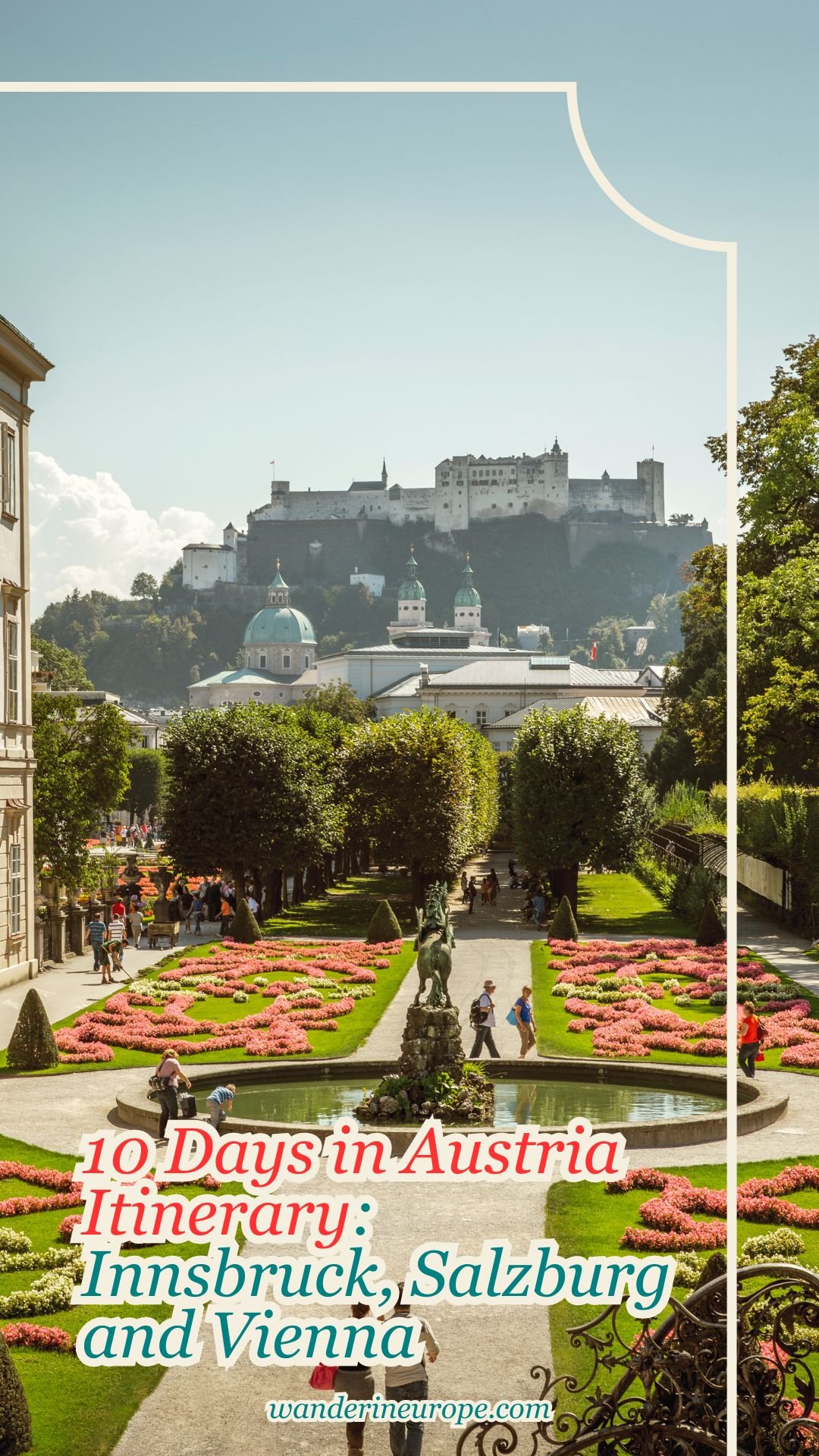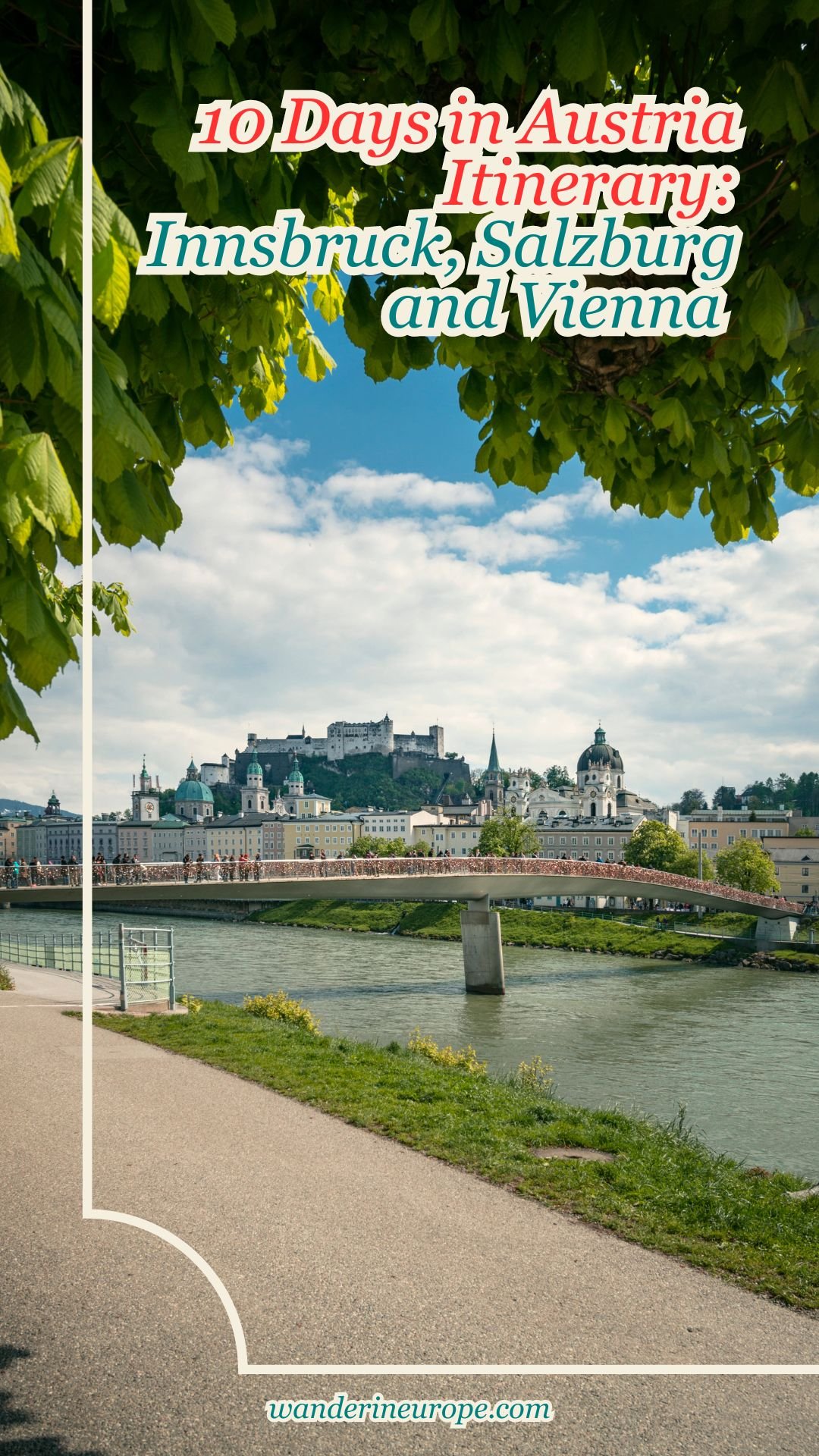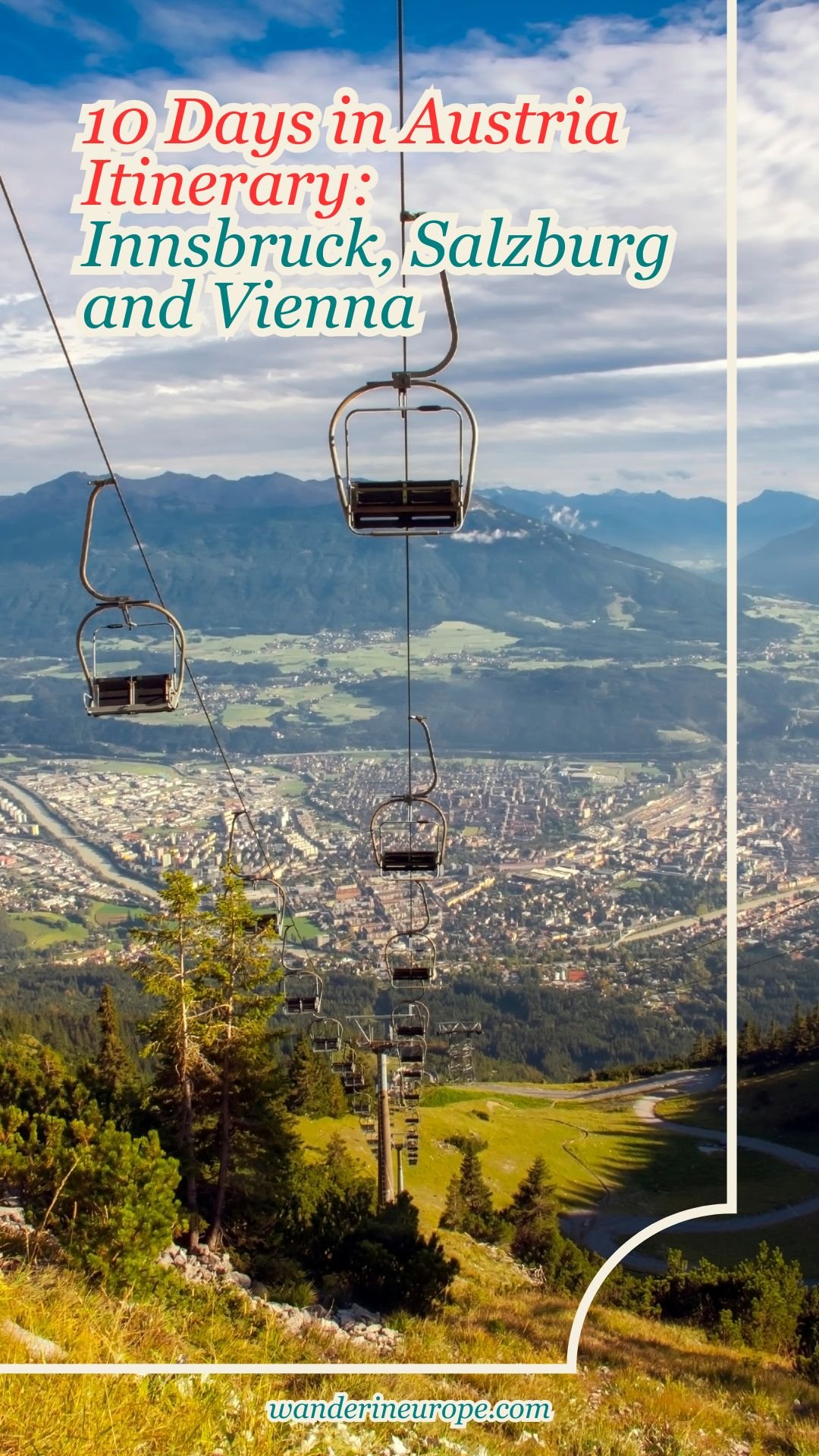10 Days in Austria Itinerary: Innsbruck, Salzburg and Vienna
WanderInEurope is reader-supported. Affiliate links and ads help us keep creating useful content for you.
Summary
- Your adventure begins in Vienna, which will serve as your base for five days (5 nights) as you explore the attractions in the capital, Lower Austria, and the Wachau Valley.
- You will then journey to Salzburg, which will be your base for the next three days (3 nights) as you visit the town’s places of interest and the beautiful Salzkammergut region.
- Your trip will culminate in the alpine city of Innsbruck in Tirol, providing a breathtaking finale. There, you will stay for 2 days (2 night), visiting the city and the mountains.
Note: Once we’ve gone over the itinerary, we’ll discuss what you need to prepare and the resources that will help you with further planning. I’ve made this itinerary concise yet comprehensive, including all the essential details for visiting the attractions and cities listed.
Budget Travel: Check out the Under $100 Experiences I found for Vienna, Innsbruck, Salzburg!
Day 1 to 5 (Vienna)
Unless you’re coming from Germany, there’s no better place to kick off your trip to Austria than Vienna.
It’s the capital, the most connected city in the country. Regardless where you’re coming from, either from overseas or simply from nearby European city, there’s no problem to get here! Be at the city by Day 0, so you can allocate the entire Day 1 to 5 exploring and visiting different places. Your five day duration in the city should be enough to cover the highlights of the city and a couple of beautiful destinations nearby.
For your city exploration, I recommend focusing on the stunning architecture, rich history, and remarkable artworks — the three beautiful aspects of the city. I detailed it in my 3-Day Vienna Itinerary. Below is the quick summary (expand to see pictures).
Staying in Vienna has many perks, and one of them is the easy day trips to nearby beautiful destinations in the country and other European cities.
So, during your fourth and fifth days of your stay, we take the opportunity. While most people make a day trip to Bratislava or even as far as Prague, I’d recommend putting the destinations within Austria as a top priority during your trip. You know, for a more well-rounded trip apart from more city experiences! So, where to go?
Day 6 to 8 (Salzburg)
As a wanderer and a romantic, I can argue that Salzburg is Austria’s most charming city.
The city’s baroque skyline, dominated by a fortress perched on a hilltop, is the most picturesque scene in Austria I know. You can simply go to one of the viewpoints in Salzburg and be amazed! From the town’s vantage points, you can see how significantly smaller Salzburg is compared to Vienna. While that is true, three days aren’t enough to see everything and experience all that the city offers.
However, it is enough to thoroughly explore the old town and visit one amazing day trip destination within the Salzburg region, such as Salzkammergut, or even attractions in Germany. For this itinerary, that is the plan. I detailed it in my Salzburg 3-day itinerary.
Save money by using the Salzburg Card (48 hours).
Below is the summary of the itinerary (expand to see pictures).
Day 9 to 10 (Innsbruck)
Located deep in the Inn valley of the Austrian Alps, Innsbruck is undoubtedly the most breathtaking city in the country. Mountains surround this city, and they are literally visible even right from the heart of the town.
Imagine — from the windows of your hotel, the mountains stand tall and proud, their peaks piercing the sky. The early morning sun casts a golden glow on the rugged slopes, highlighting every ridge and crevice. Wisps of clouds drift lazily across the sky, sometimes wrapping around the mountain tops like a soft, white blanket.
This relaxing, dramatic scene is just one of the beautiful things you can experience during your 2-day stay in Innsbruck. I’ll help you find more during your ninth and tenth days in Austria. I detailed the plan in my 2-day Innsbruck itinerary. However, if you want to read the summary, it’s just below (expand to see pictures).
Don’t forget to use the Innsbruck City Card (2 days) so you can save money during your stay here.
From great hotel deals to skip-the-line tickets and affordable eSim to cheap rentals, click here for the best hotel deals and more travel discounts.
Preparation & Other Resources
So, that’s my 10-day itinerary for Austria! Before you set off on your adventure, here are a few things to keep in mind to make the most of your trip. The tips below are for your entire Austrian journey. For specific tips on Vienna, Salzburg, and Innsbruck, check out the individual itineraries I’ve linked previously.
For a convenient, unique, or more enriching visit, check out these experiences and services:

Where to Next?
The final part of your trip to Austria will introduce you to the stunning beauty of the Alps. If you’re interested in seeing more, consider visiting Switzerland—it’s truly heaven on earth.
You have to visit the Jungfrau Region, home to the breathtaking Lauterbrunnen Valley—my favorite place in Switzerland.

Pin this to save it for later or bookmark it to read anytime.


